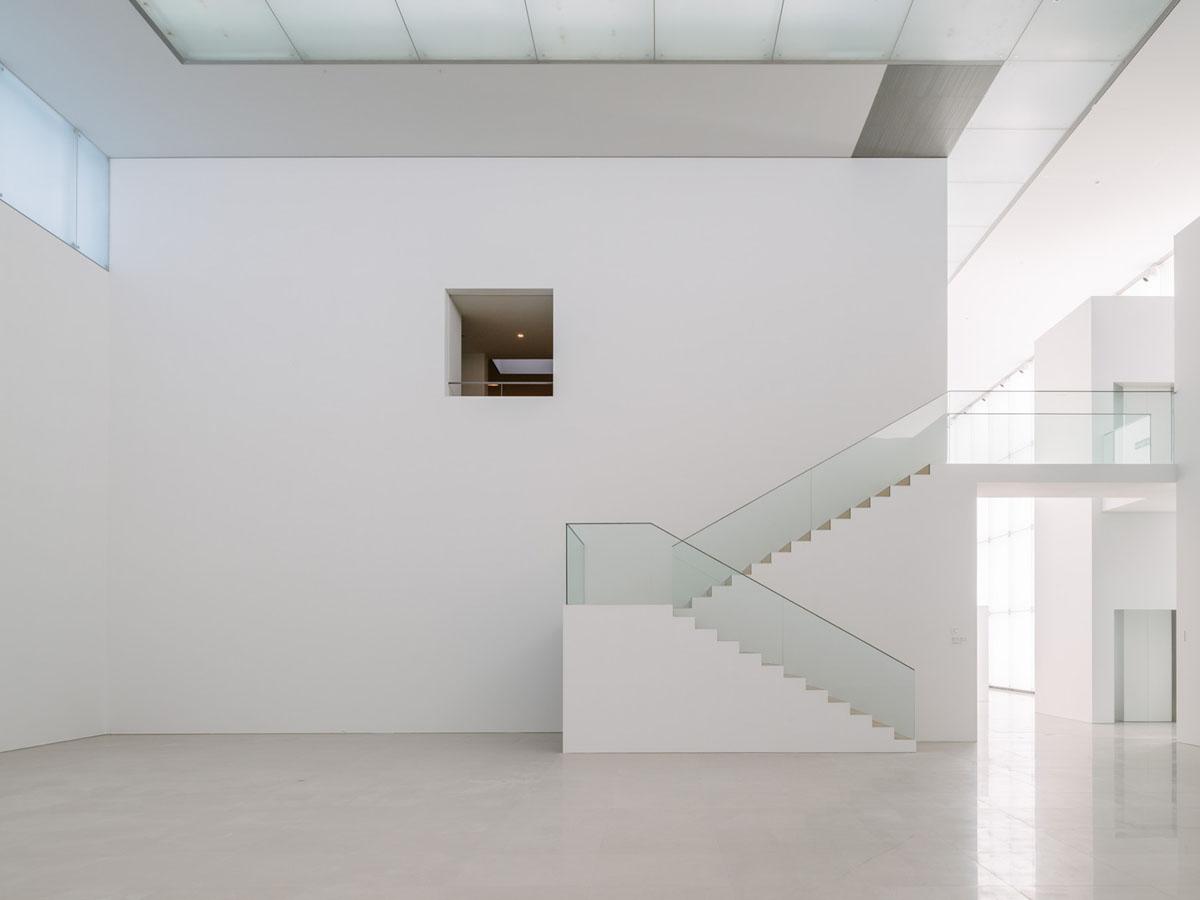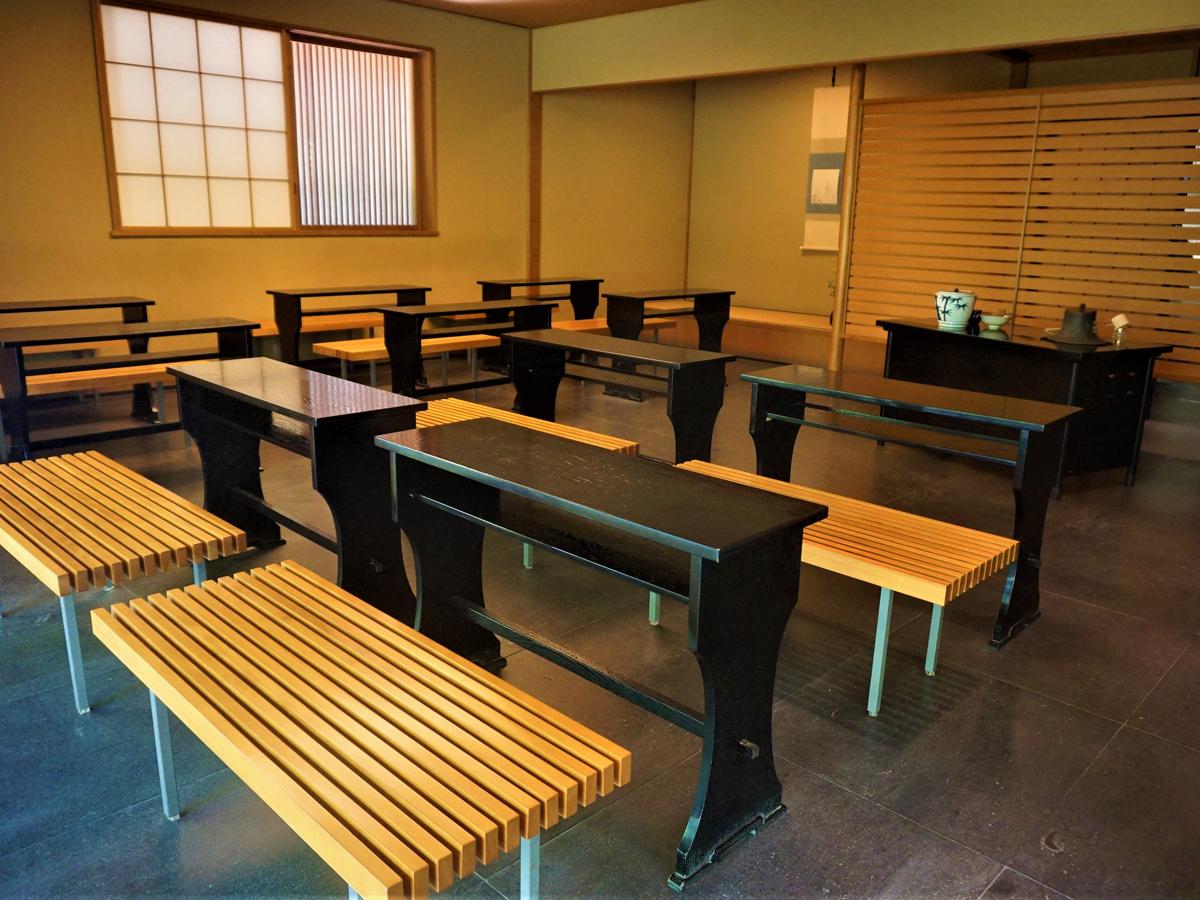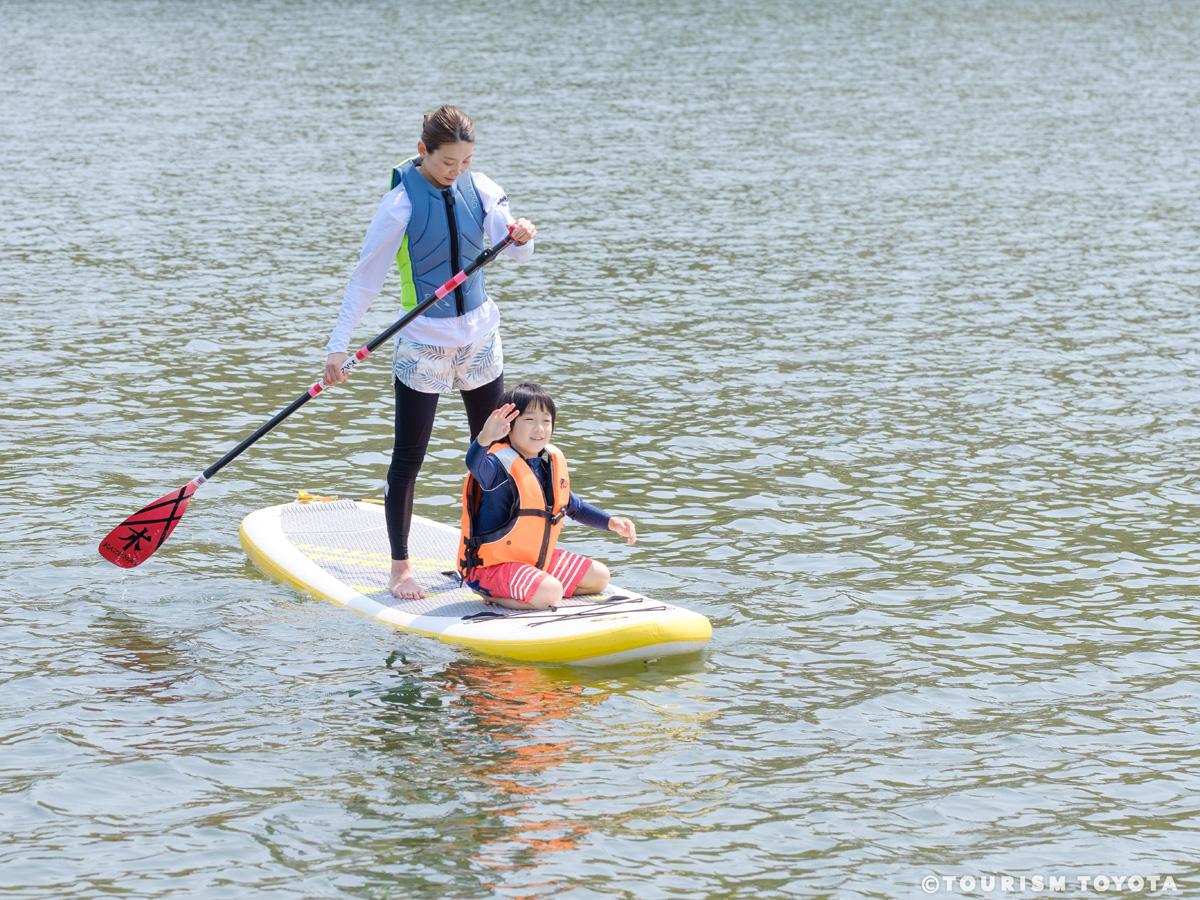Toyota Municipal Museum of Art
The Toyota Municipal Museum of Art is one of the city’s major attractions. Opened in 1995, it stands on a hill overlooking the city on the site once occupied by Koromo Castle. The museum is noted for its ambitious special exhibitions, held several times a year. It also holds rotating permanent exhibitions of work from its own collection, along with smaller shows featuring young contemporary artists.
The museum collection includes works by early modern Western artists such as Gustav Klimt and Constantine Brancusi, and Japanese artists such as Imamura Shiko (1880–1916), and Kishida Ryusei (1891–1929), as well as more contemporary figures such as Nara Yoshitomo (b. 1959) and the Icelandic-Danish artist Olafur Eliasson. The museum is also known for its collection of modern and contemporary furniture designed by Le Corbusier, Donald Judd, and more.
The building complex itself is a work of art. The main building was designed by Taniguchi Yoshio (b. 1937), who later led the Museum of Modern Art renovation in New York. The building is designed to reveal itself gradually as visitors approach, with winding paths and trees hiding it from view. On the ground floor is the temporary exhibition space and the permanent collection rooms, as well as the gift shop, which is laid out in a straight line. The ground-floor rooms have no natural light, making them ideal for showing works that are sensitive to sunlight. The staircase leading up to the second floor has one wall covered with the names of philosophers, artists, and political leaders throughout history. The upper floors have high ceilings and plenty of natural light, and are used mainly to house contemporary art and sculpture. The building is designed to give visitors a sense of progression as they ascend from the darker bottom floor up to the brighter second and third floors. This shift is most noticeable in the third-floor corridor, with its gentle upward slope.
The museum offers many activities beyond the visual arts. A restaurant run by the renowned French restaurant Kochuten in Nagoya serves Japanese-style Western food, desserts, and drinks, with a sweeping view of the city. A sculpture garden was designed by Peter Walker (b. 1932), the American landscape architect. The large outdoor sculpture terrace overlooking the city has a reflection pool that creates shifting images of the building and the outdoor artworks.
The Dojien Teahouse is a faithful rendition of a traditional teahouse, designed by Taniguchi to highlight the similarities between traditional Japanese and modern architecture, such as minimalism, clean lines, and a flexible use of space. Here you can enjoy matcha green tea alongside traditional seasonal sweets served in an informal style.
The Takahashi Setsuro Gallery, also designed by Taniguchi, is housed in a separate wing of the museum dedicated to the works of pioneering lacquer artist Takahashi Setsuro (1914–2007).
Toyota Municipal Museum of Art: Dojien Teahouse
The Dojien Teahouse is set apart from the main Toyota Municipal Museum of Art building, and a high hedge separates it from the adjacent sculpture terrace. The single-story traditional wooden building with unadorned square windows strikes a sharp contrast with the modernist buildings nearby. Like the other museum structures, the Dojien Teahouse was designed by Taniguchi Yoshio (b. 1937). His intention was to show the common elements of traditional Japanese architecture and modern architecture, such as minimalism, the use of clean lines, and flexible, functional spaces.
The sliding screen doors, tiled roof, and surrounding garden are all typical of a traditional teahouse. The tearoom itself, however, has floor-to-ceiling glass windows to enhance the view of the quiet moss garden. The teahouse is open to museum visitors and serves matcha green tea and traditional seasonal sweets. Tea is served in the ryurei style in which visitors sit at tables rather than kneel on tatami mats. It is an inclusive style of tea ceremony, ideal for those unaccustomed to sitting on the floor. The teahouse also has traditional tatami rooms that are available for private use.
In the garden just outside the tearoom is a tsukubai, a water basin for rinsing one’s hands before a tea ceremony. Next to the tsukubai is a suikinkutsu, which is a kind of hidden water feature. An upturned pot with a hole at the top is buried near the basin, and when people rinse their hands, water slowly seeps through the soil and drops down into the pot below. The drops create a melodic echo in the buried pot that can be heard above ground.
Basic Information







| Address | 〒471-0034 8-5-1 Kozakahonmachi, Toyota-City |
|---|---|
| Cost | Permanent exhibit: 300 JPY general admission; 200 JPY high schoolers and university students; elementary and middle school students free Temporary exhibits: 1,500 JPY general admission (1,300 JPY in advance); 1,000 JPY high school and university students (800 JPY in advance); elementary and middle school students free |
| Business hours | 10:00 AM-5:30 PM (last admission at 5:00 PM) |
| Parking | Free |
| Closed | Monday (except public holidays) |
| Directions by public transportation | ・From Nagoya Station, take the subway Higashiyama Line. Alight at Fushimi station and take the subway Tsurumai line. Alight at Toyotashi station and 12 minutes walk. |
| Directions by car | Approx. 15 minutes from the Tomei Expressway Toyota I.C. Approx. 15 minutes from the Tokai-Kanjo Expressway Matsudaira I.C. |
| Related links | Toyota Municipal Museum of Art Official Website |
Area Information
Recommended Spots
-
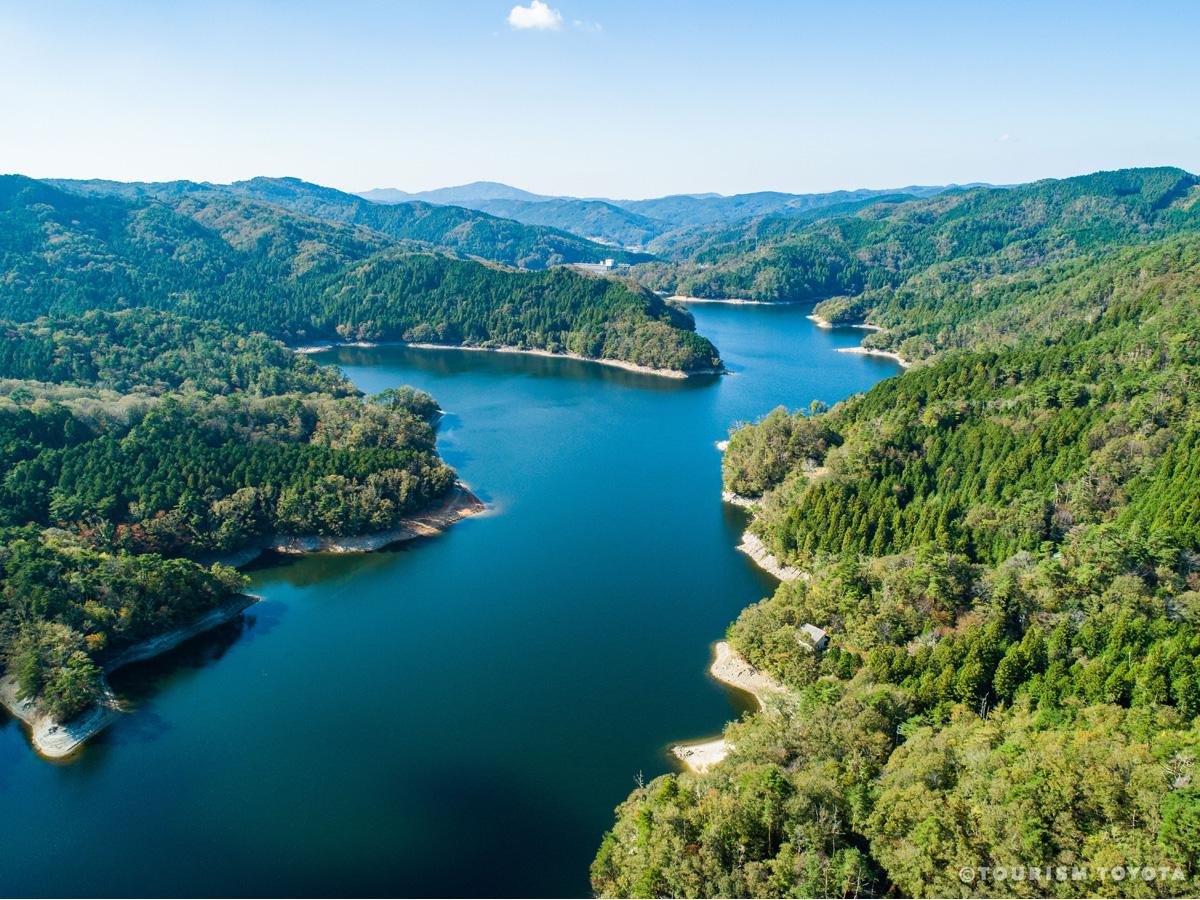
Lake Mikawa
Shimoyama-Area
Many people come to see the lake’s seasonal beauty. You can drive around the lake’s 16-km…

-
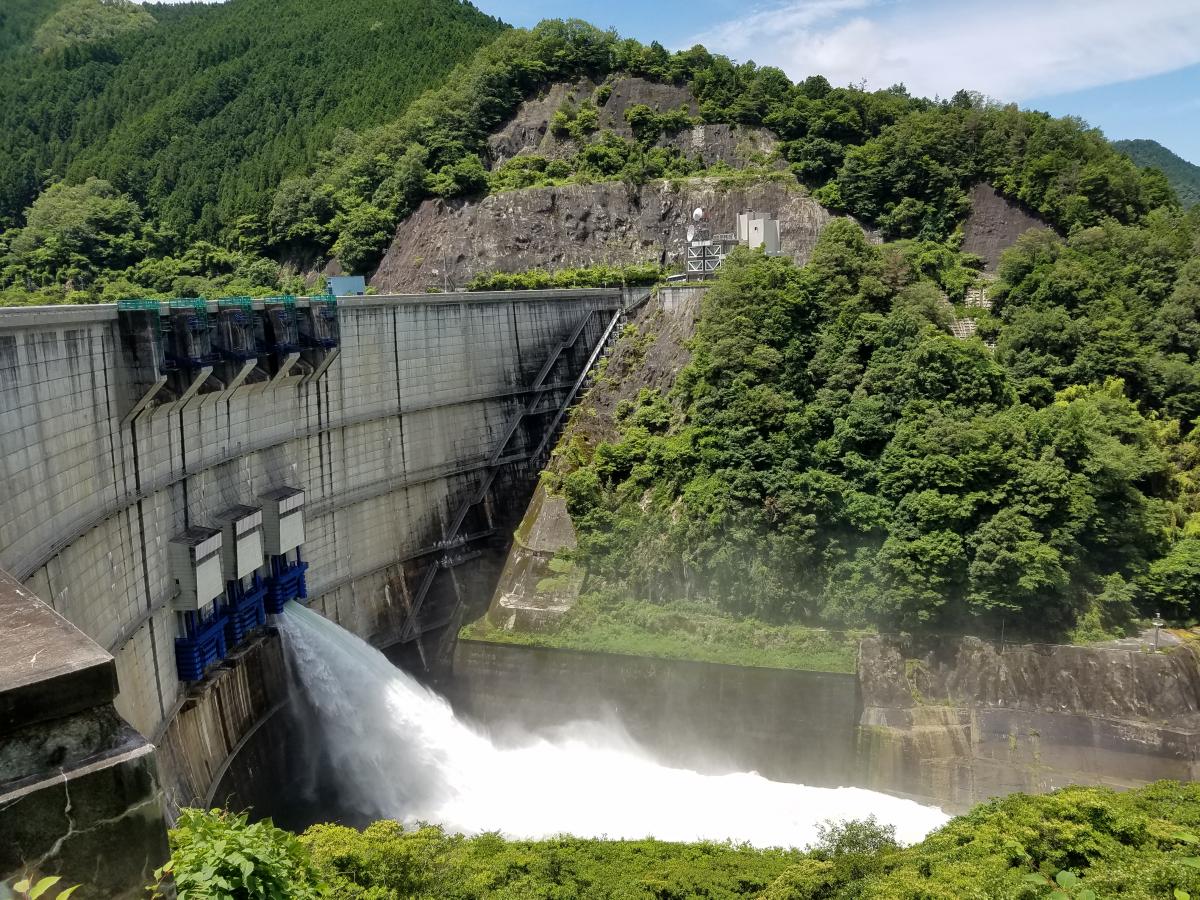
Yahagi Dam
Asahi-Area
Yahagi Dam is an arched concrete dam that embanks the Yahagi River, creating Oku Yagahi L…

-
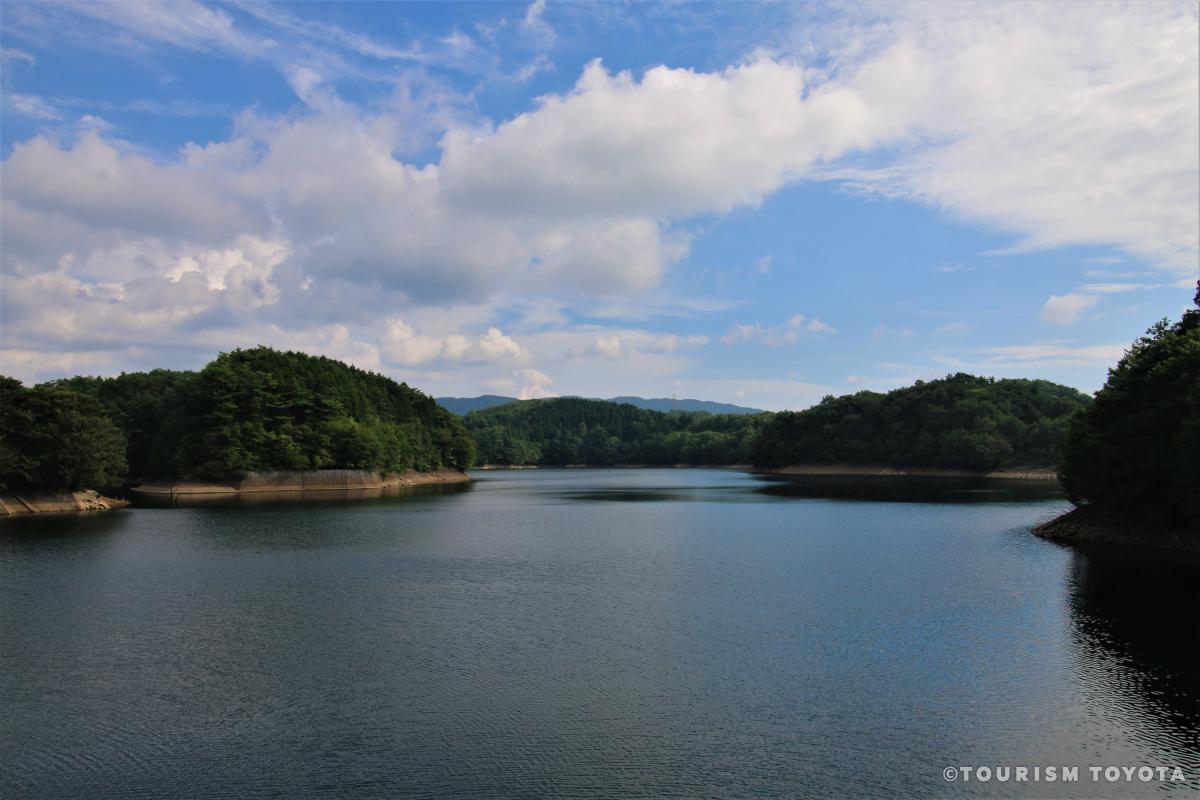
Kuroda Dam
Inabu-Area
Kuroda Dam is a concrete gravitational power generation dam along the City of Toyota's Ku…

-
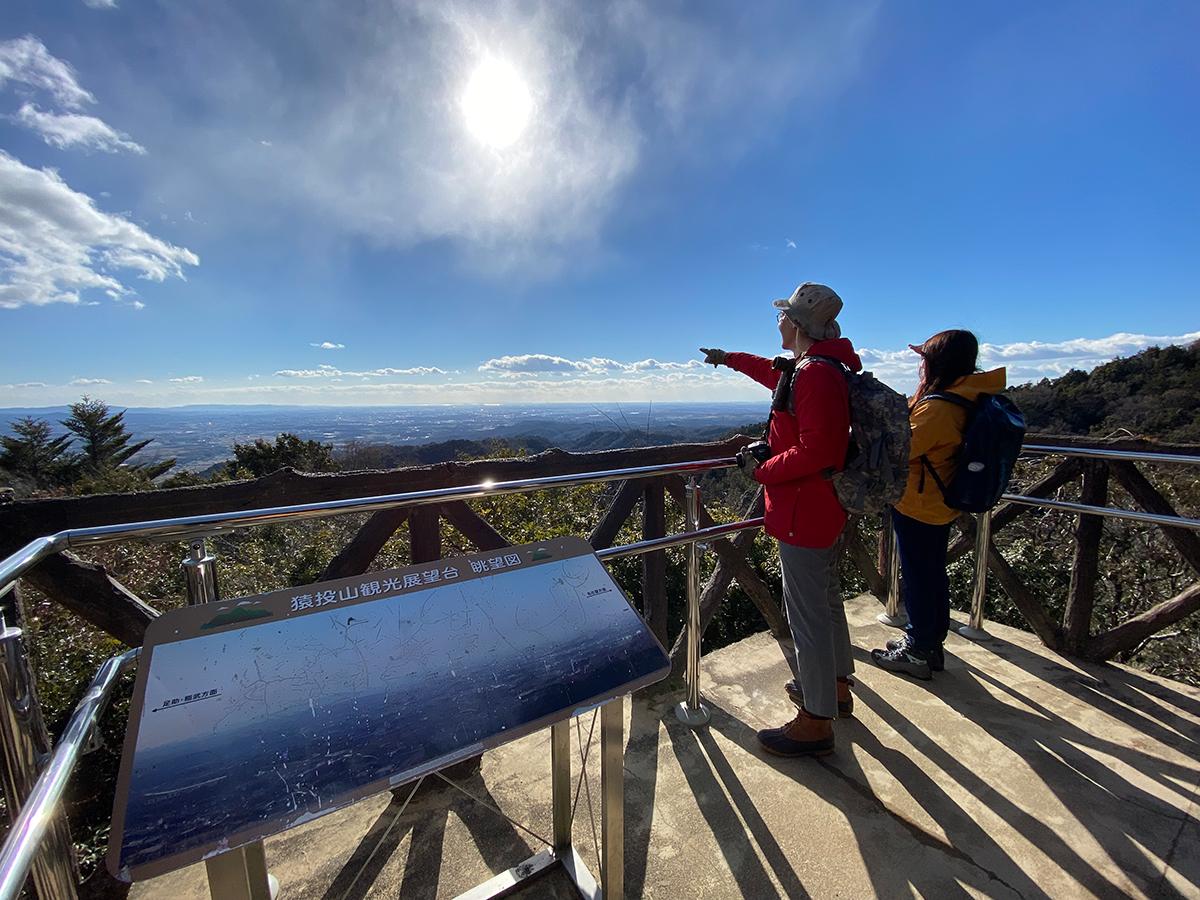
Mt. Sanageyama
Toyota-Area

-
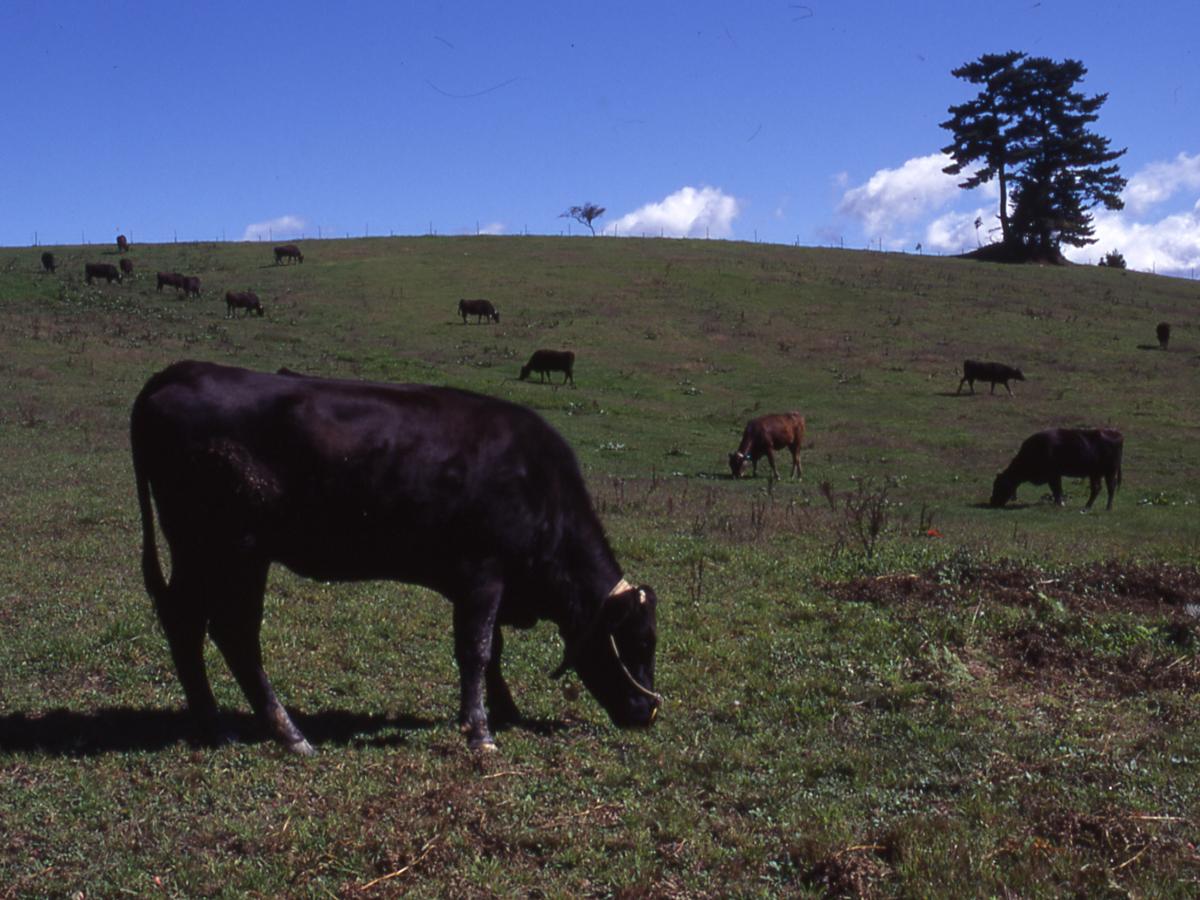
Mikawa Plateau (Mikawakougen)
Shimoyama-Area
Mikawakougen is a gently sloping plateau with an altitude of 600 meters near the center o…

-
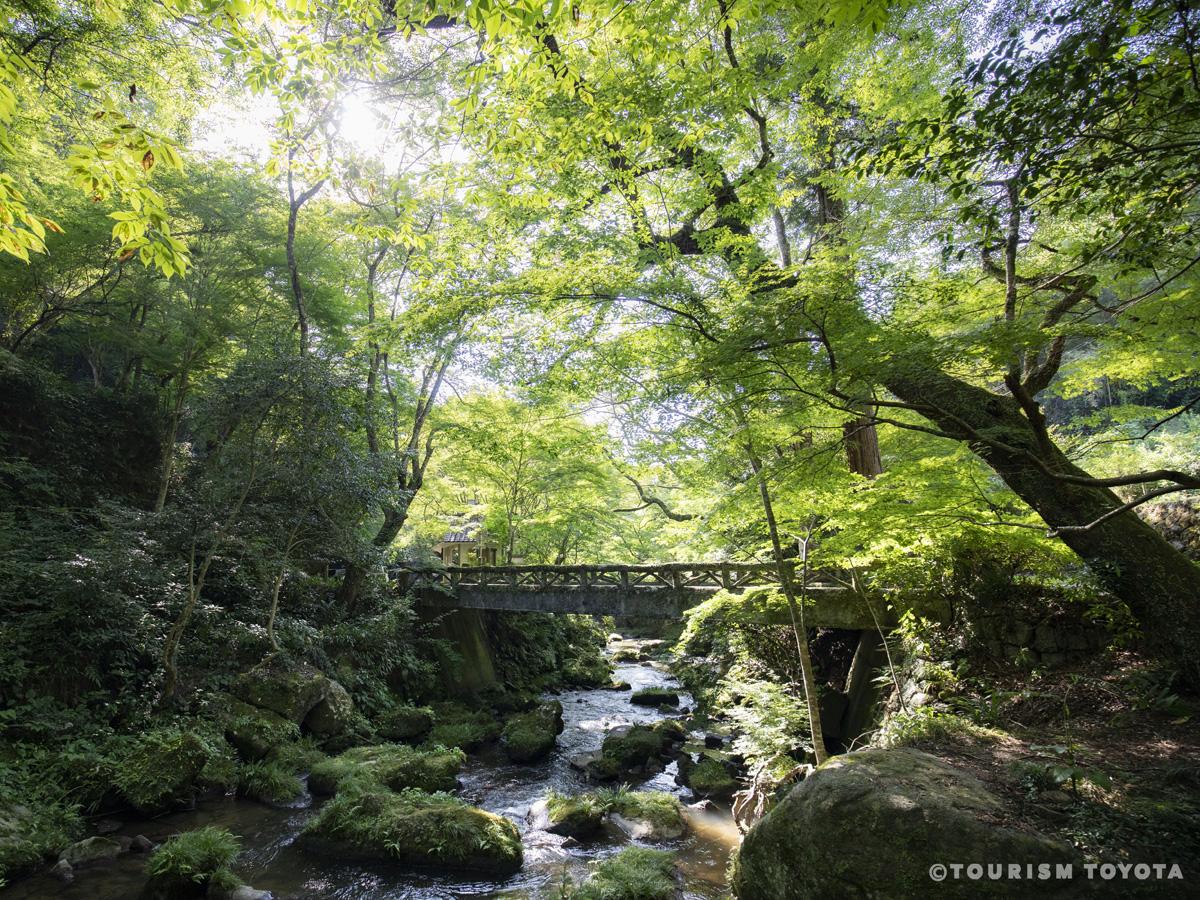
Otaki Gorge
Matsudaira-Area


-
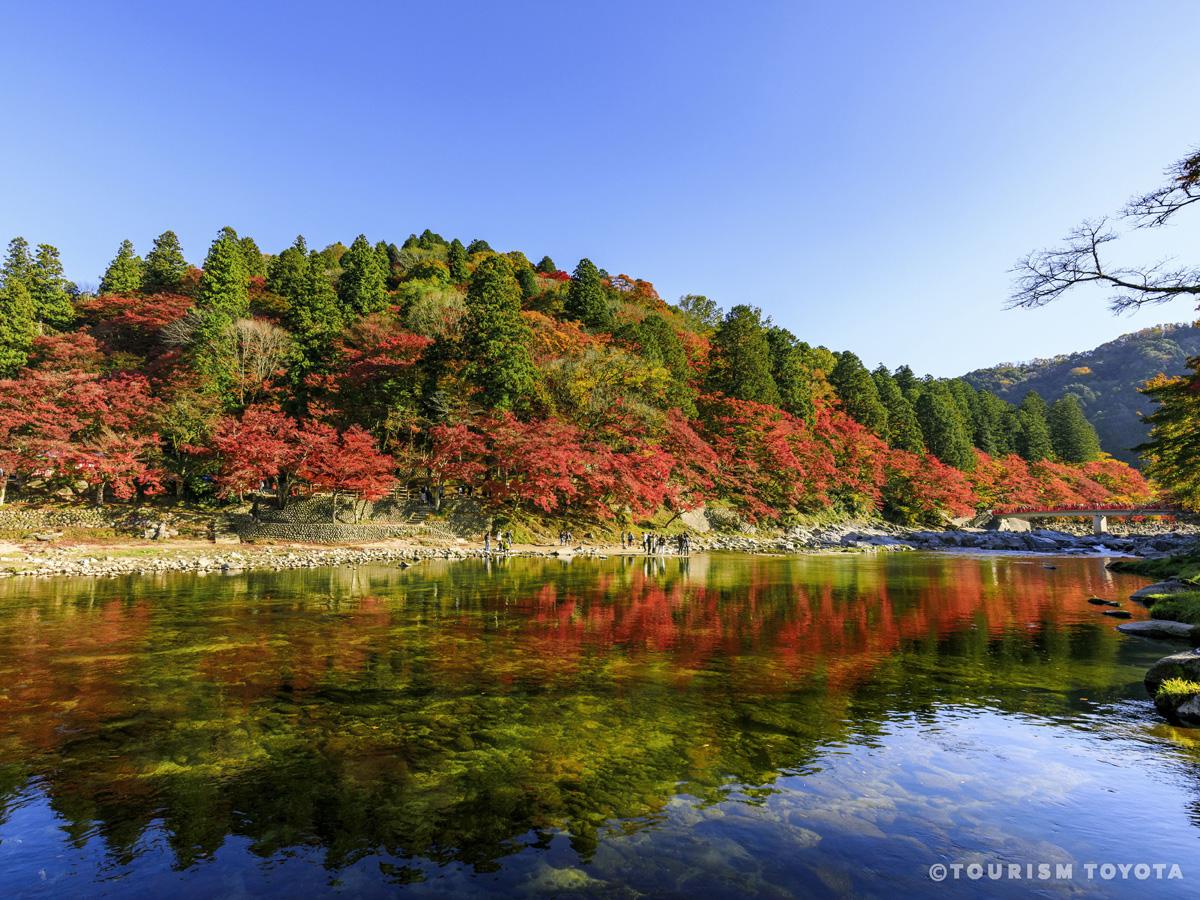
Korankei Gorge
Asuke-Area
Korankei Gorge is famous as a location for fall foliage. The best time to see the foliage…




-
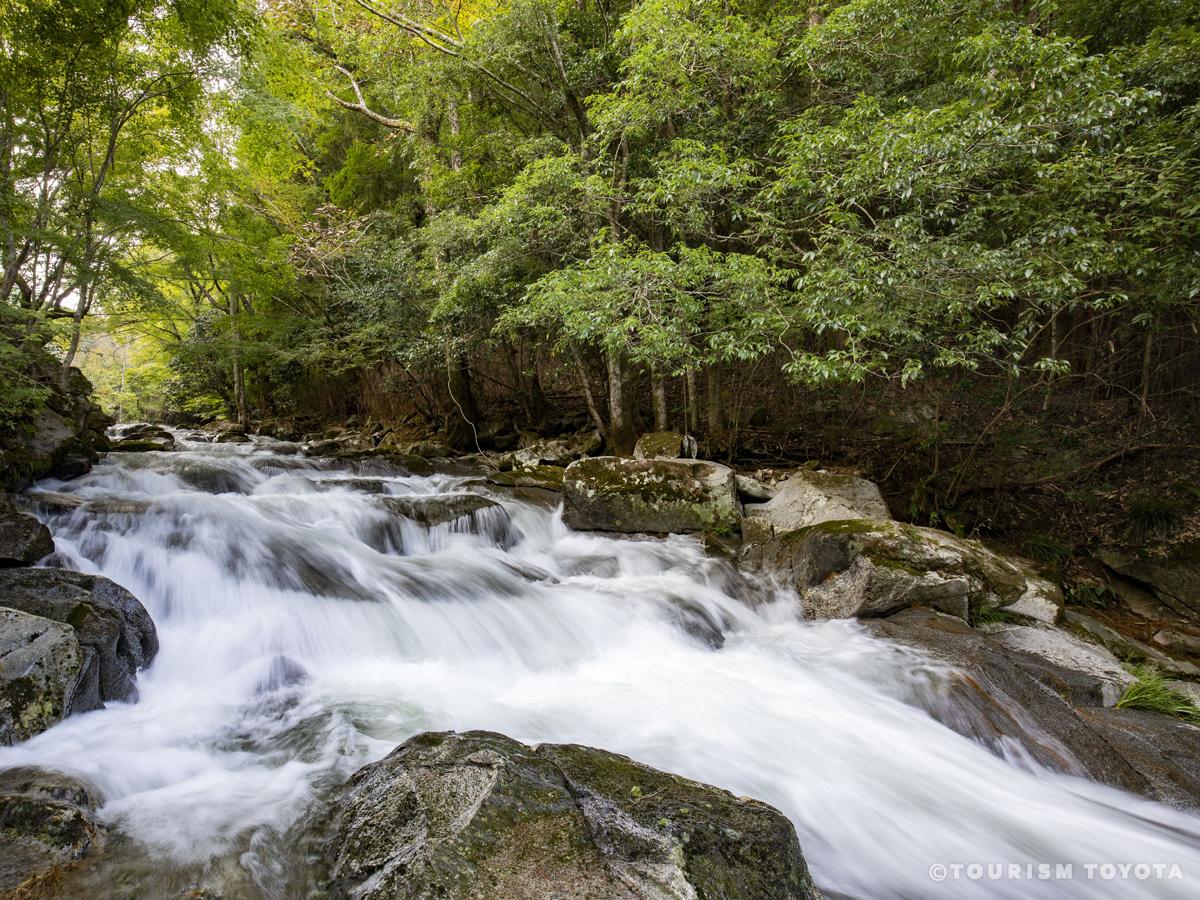
Hodo no Nanataki Waterfall
Shimoyama-Area
Hodo no Nakataki Waterfall is located on a tributary of the Nohara River. Stretching for …

-
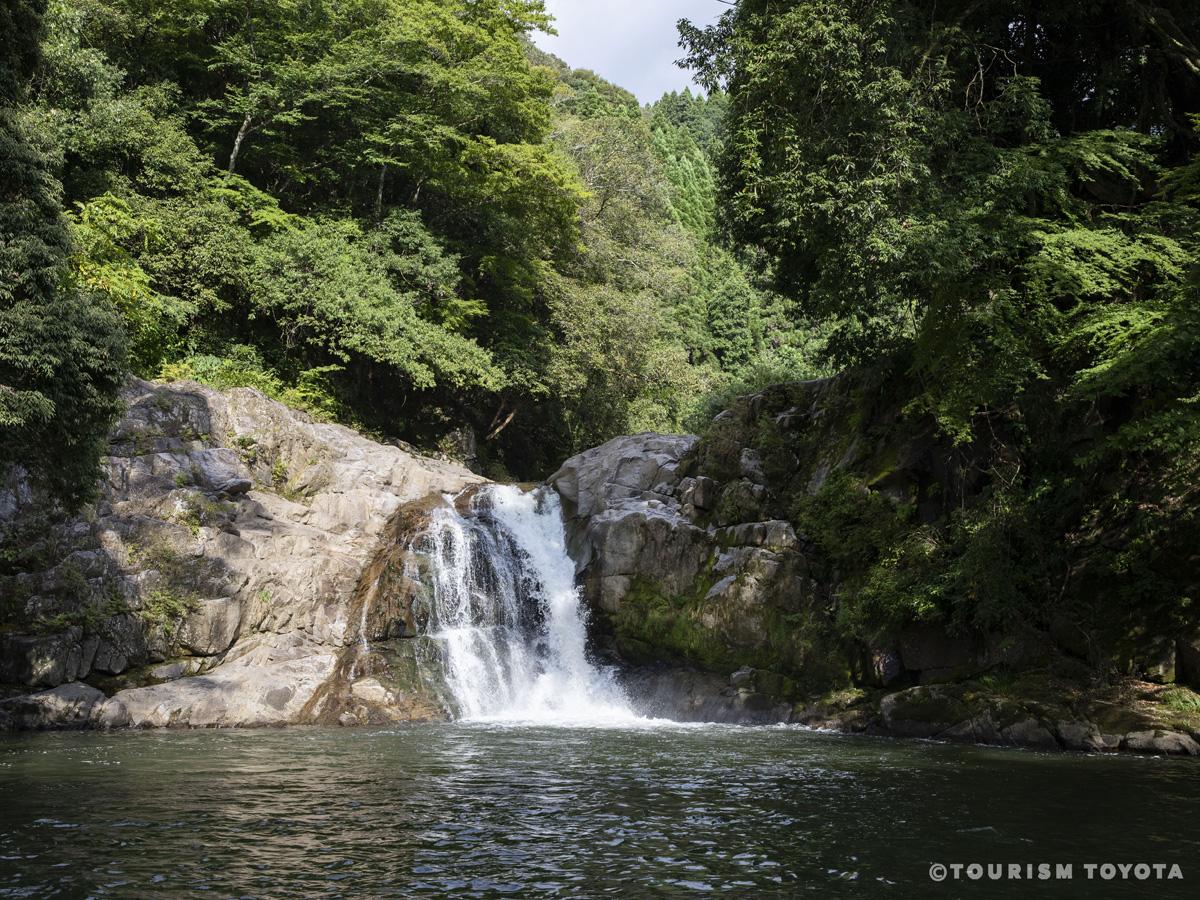
Oshikawa Waterfall
Inabu-Area
Oshikawa Waterfall is a calming spot where you can enjoy the rushing sound of water falli…

-
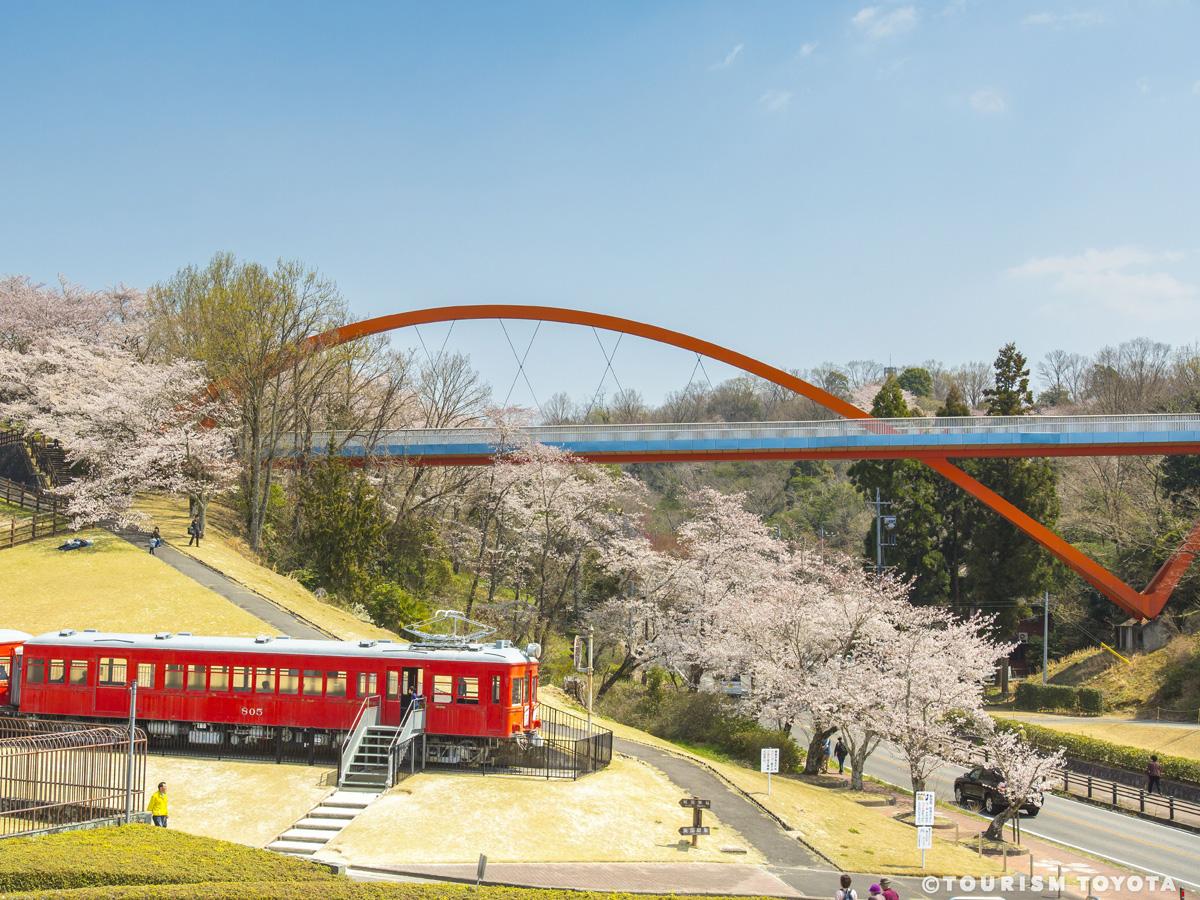
Kuragaike Park
Toyota-Area




-
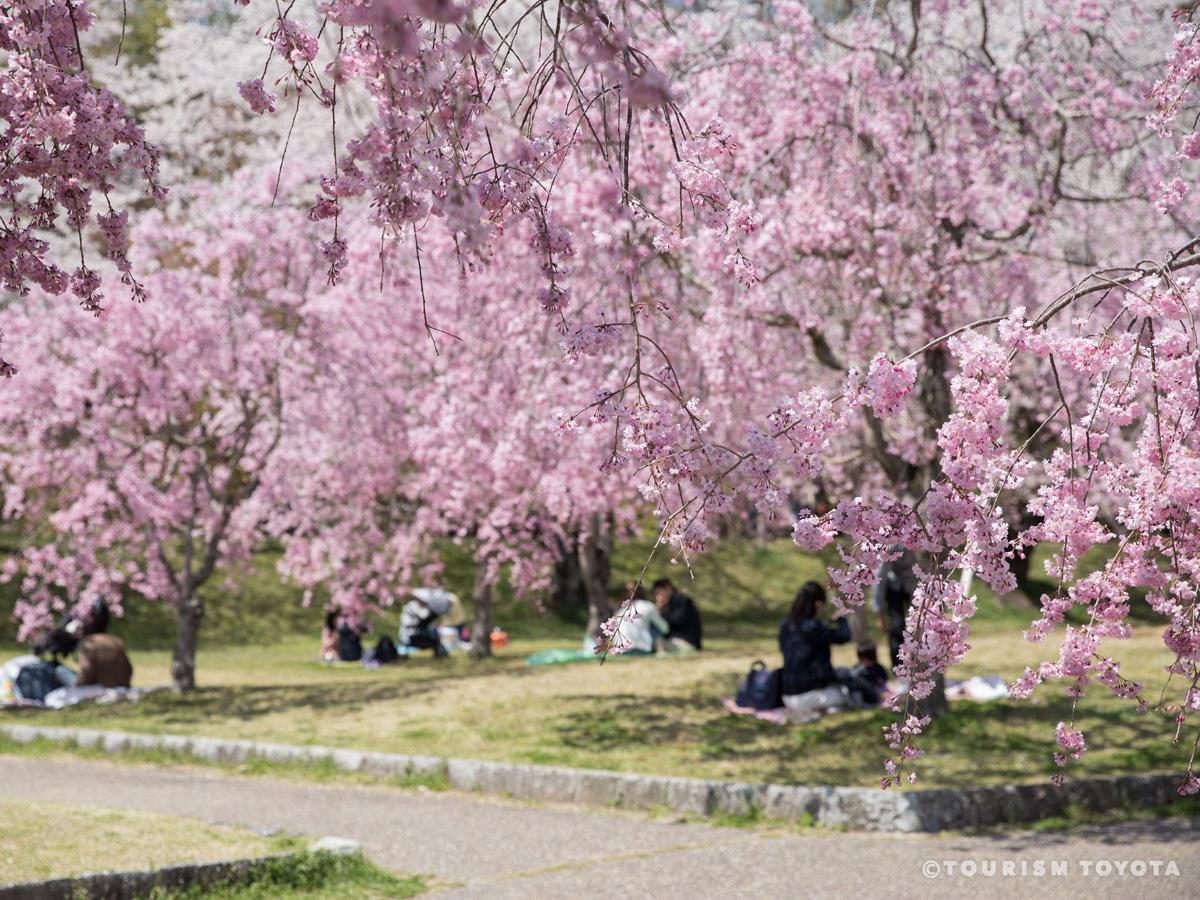
Suigen Park
Toyota-Area
Stretching out along the Yahagi River, it is one of the city’s most famous spots for cher…
-
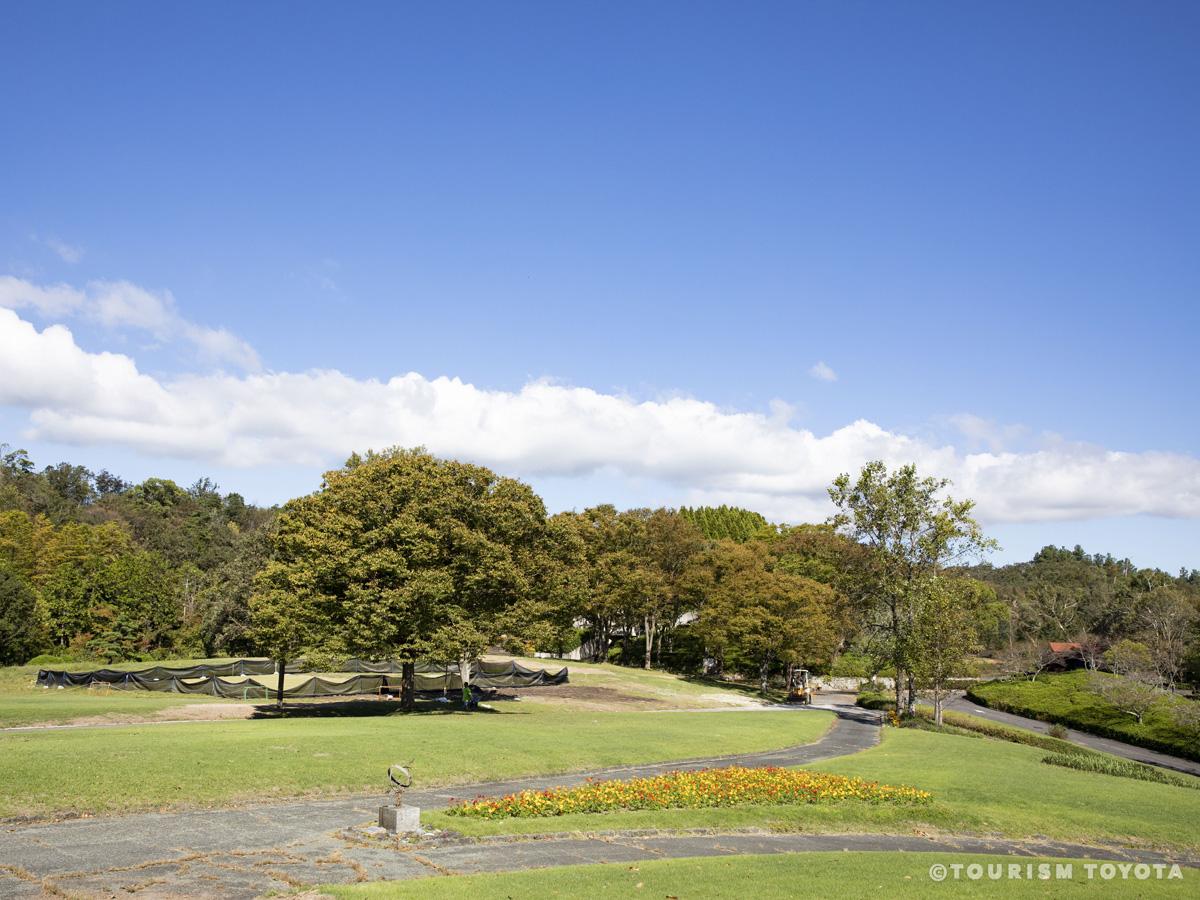
Aichi Prefectural Greenification Center
Fujioka-Area
A facility filled with a variety of gardens such as Japanese gardens and rock gardens whe…

-
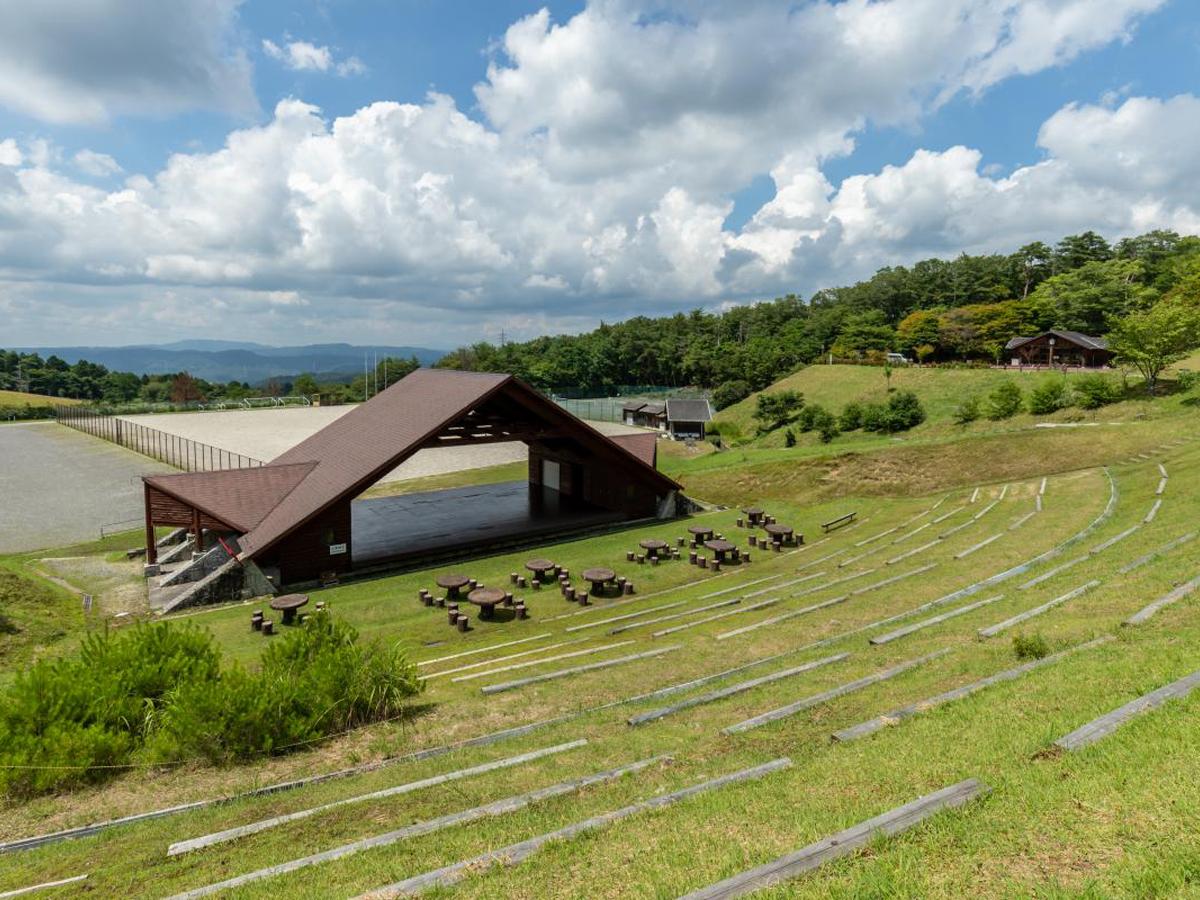
Asahi Nature Highland (Asahi Kogen Genki-Mura)
Asahi-Area
A multipurpose leisure facility on a highland elevation of 650 m. Enjoy various activitie…

-
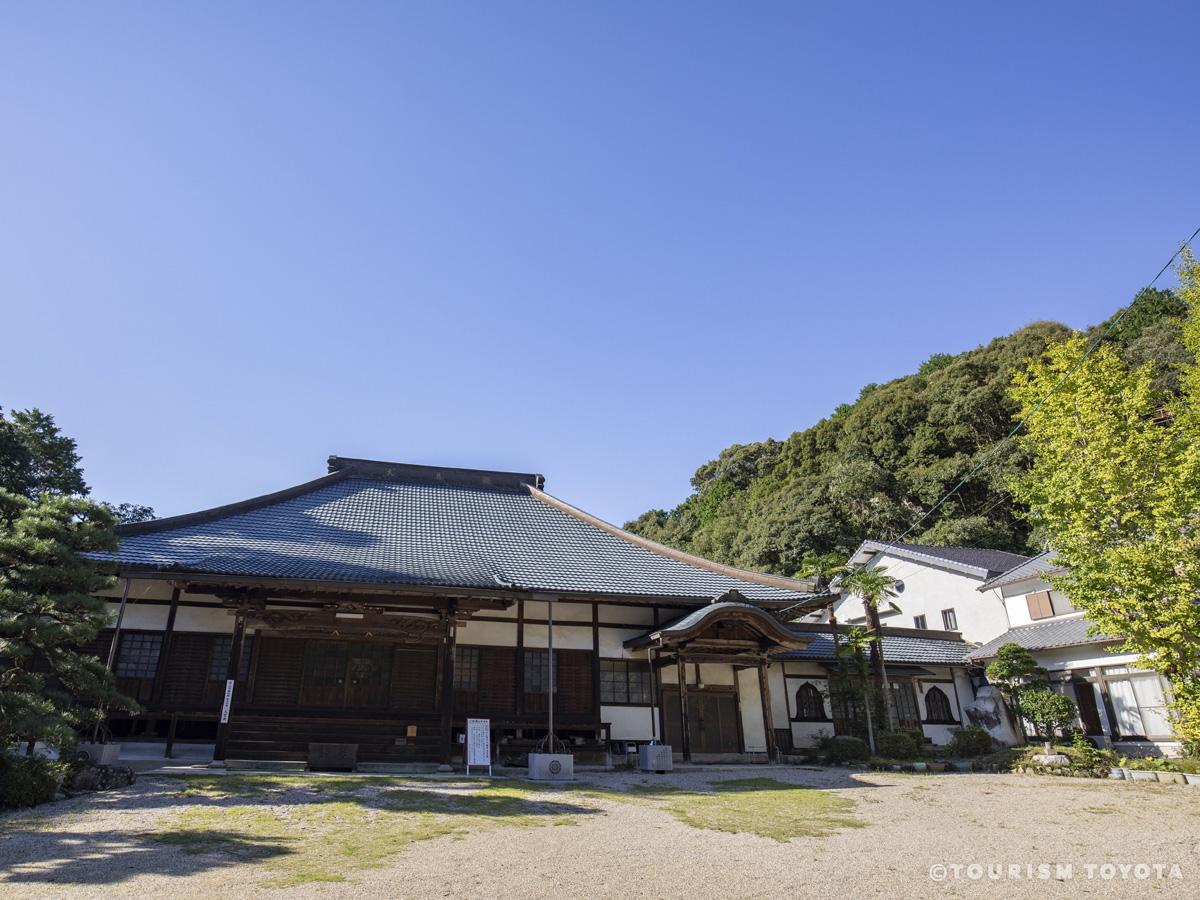
Daihiden Toshoji Temple
Toyota-Area
Daihiden Toshoji is a Soto Zen temple located approximately 300 meters northeast of the m…

-
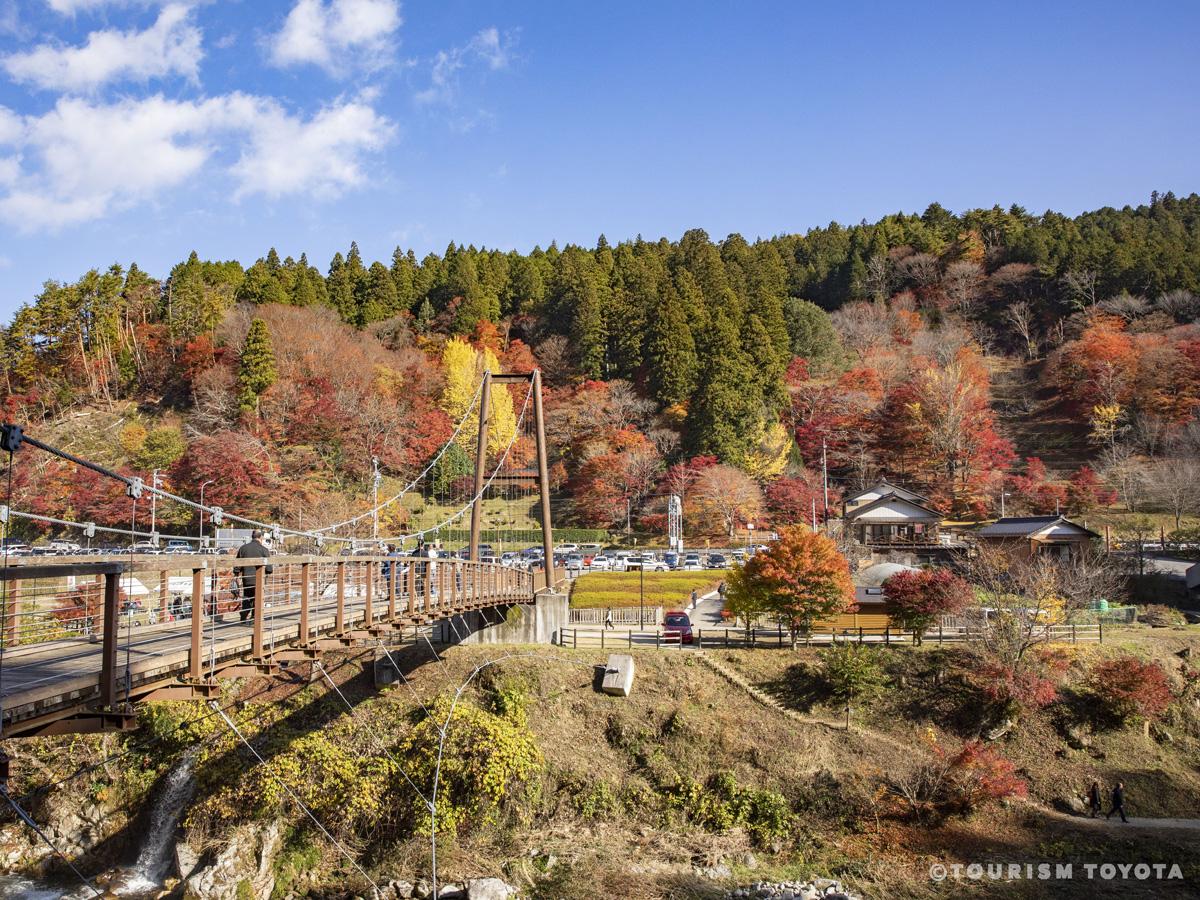
Oidaira Park
Inabu-Area
Oidaira Park was created by the local Furuhashi clan, where they created a small school f…


-
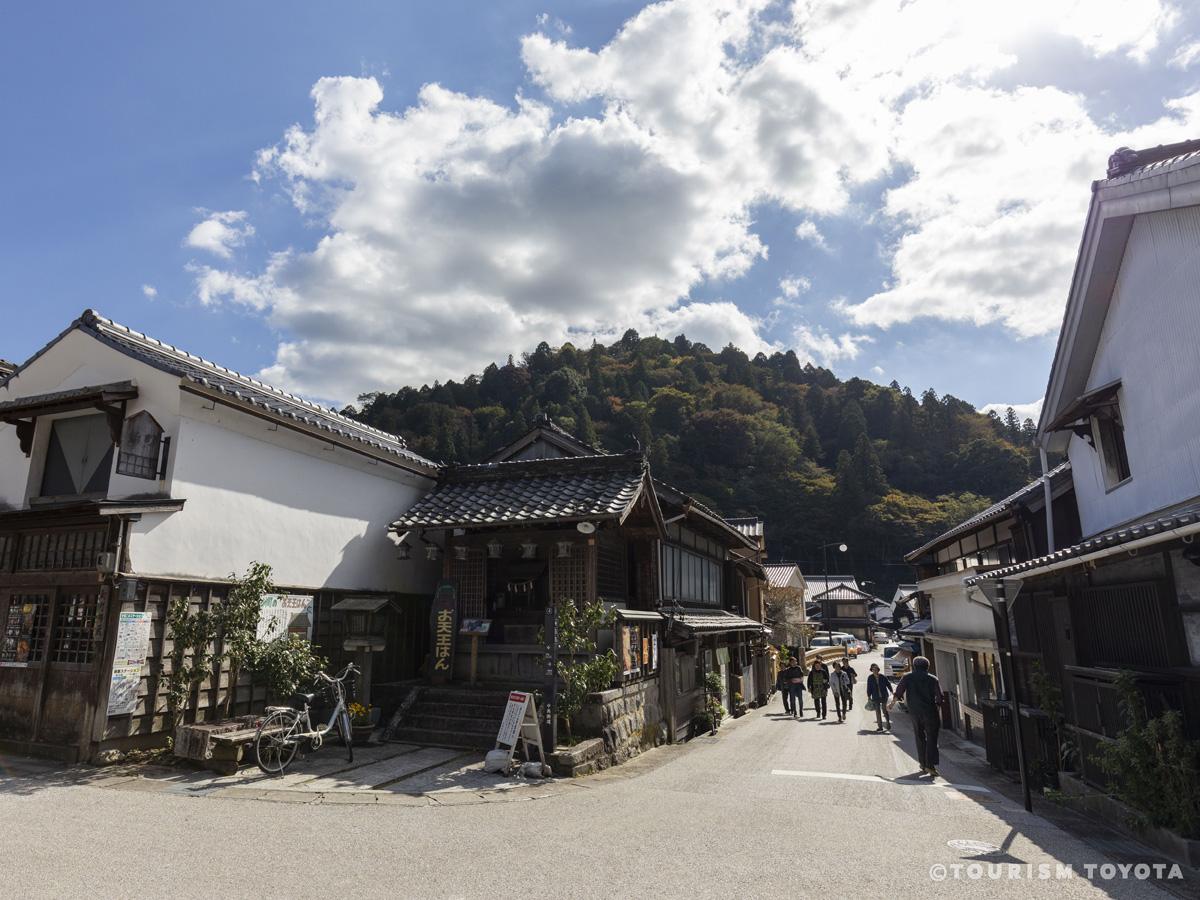
Asuke Townscape (Important Preservation District of Historic Buildings)
Asuke-Area
The basic pattern of the Asuke Townscape (Important Preservation District of Historic Bui…
-
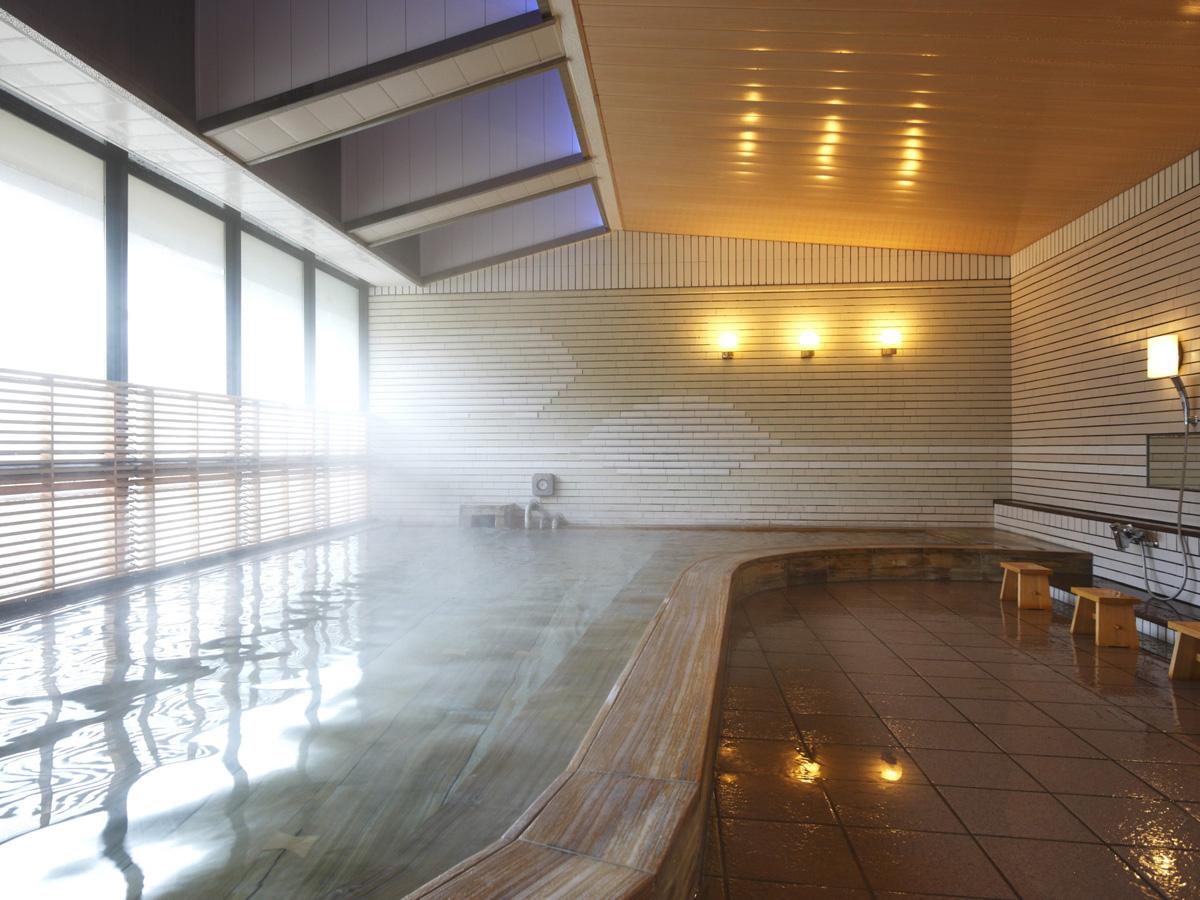
Sanage Onsen Resort
Toyota-Area
Sanage Onsen is Aichi Prefecture's largest natural radon hot spring. The hot spring water…
-
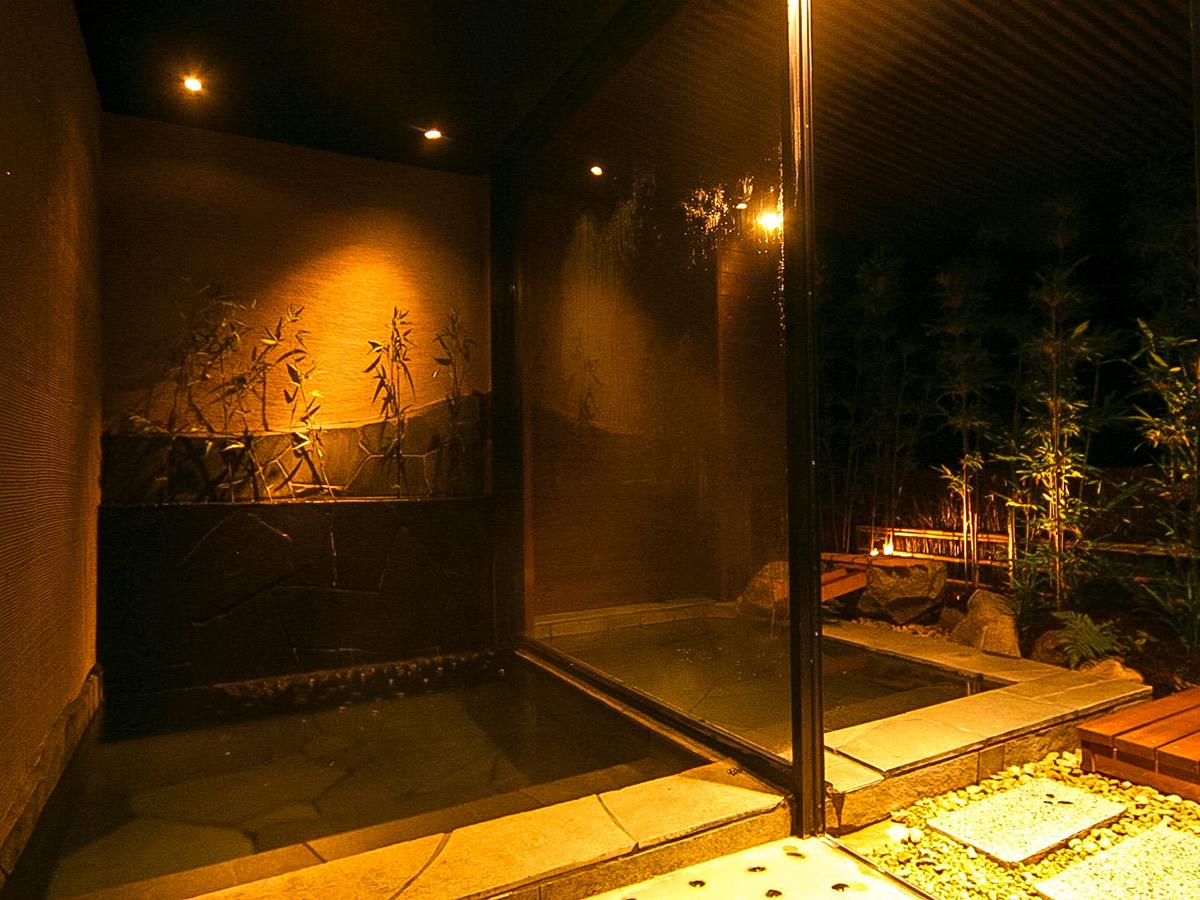
Shirasagi Onsen Resort
Asuke-Area
The sulphur spring water is good for beautiful skin. The large scenic bath has views of T…
-
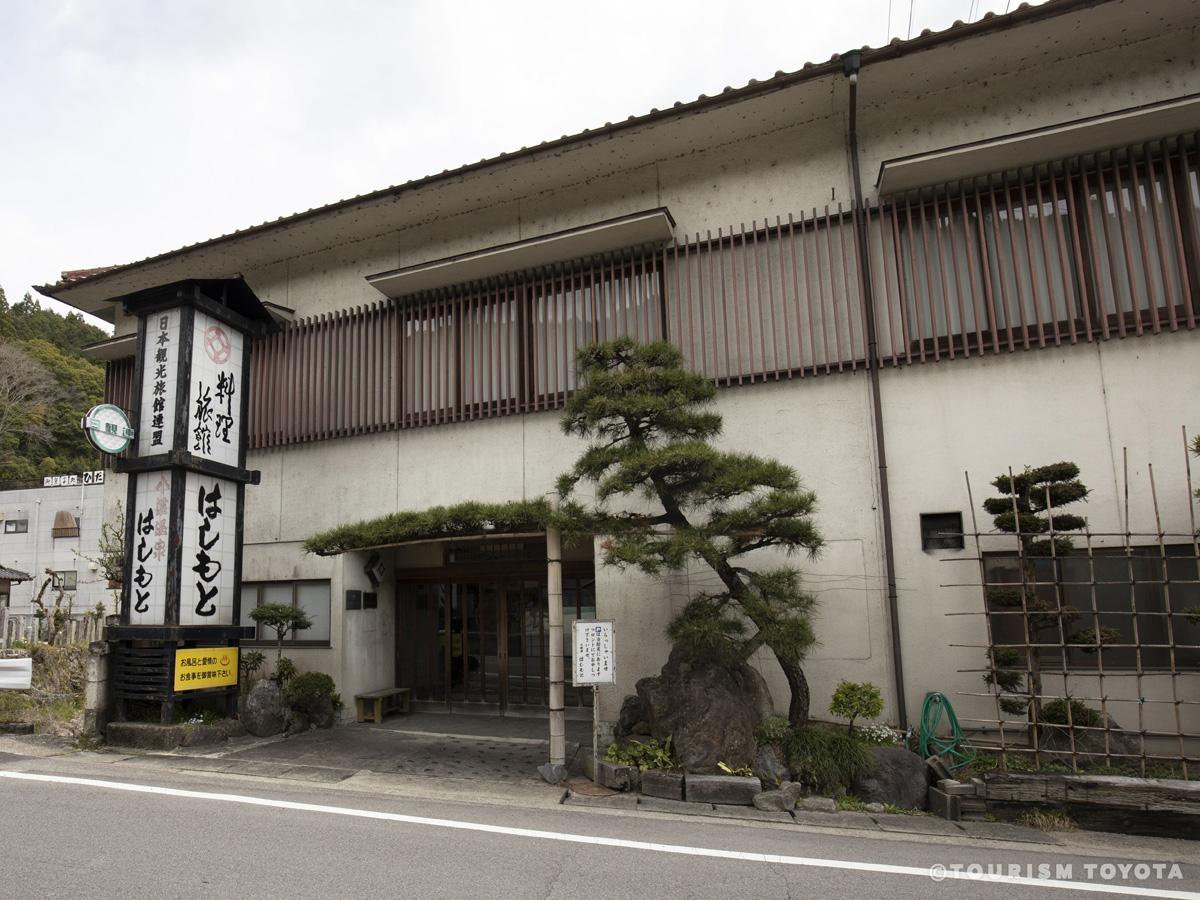
Odo Onsen Resort
Asahi-Area
Odo Onsen Hot Spring's main attraction is the radon bath. It can help ease rheumatism, ne…
-
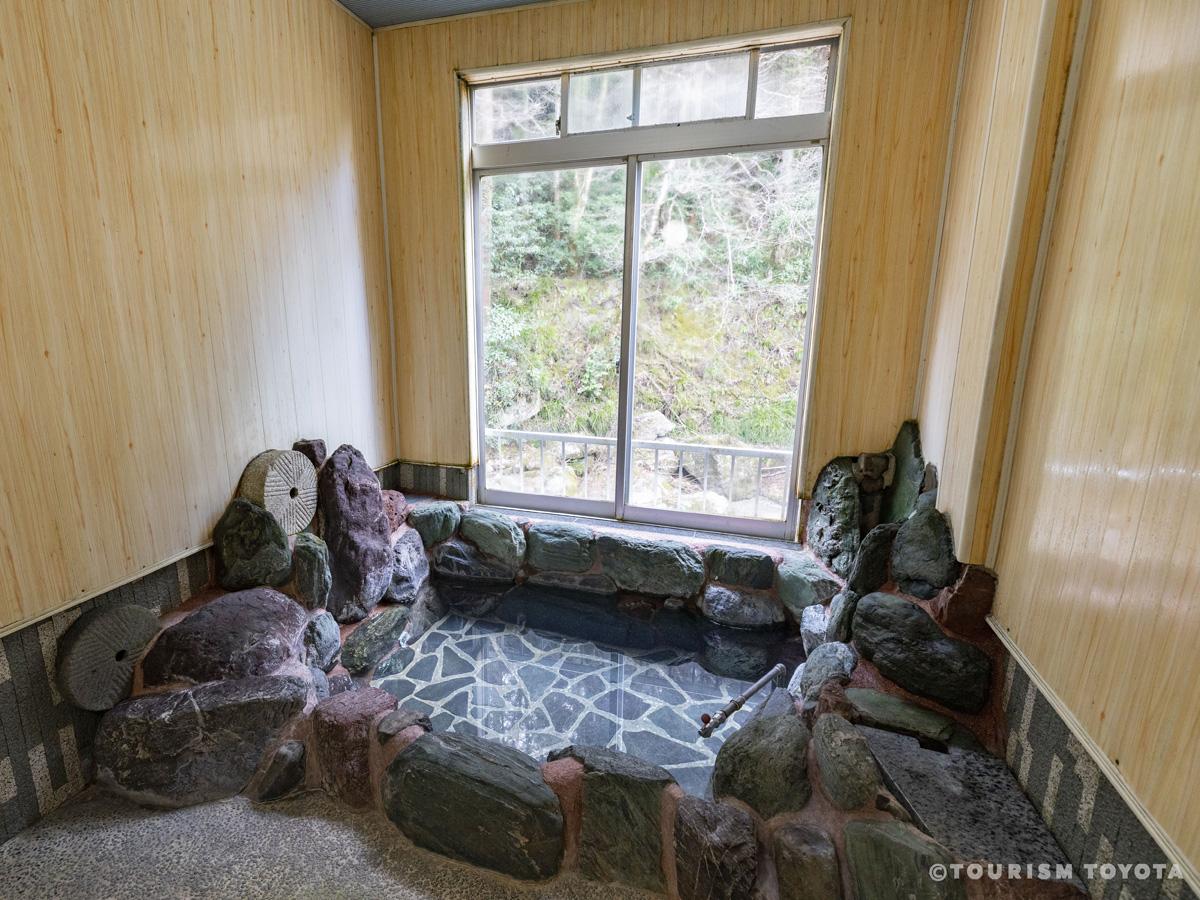
Sakakino Onsen Resort
Asahi-Area
Along with Odo Onsen Hot Spring and Sasado Onsen Hot Spring, Sakakino Onsen Hot Spring is…
-
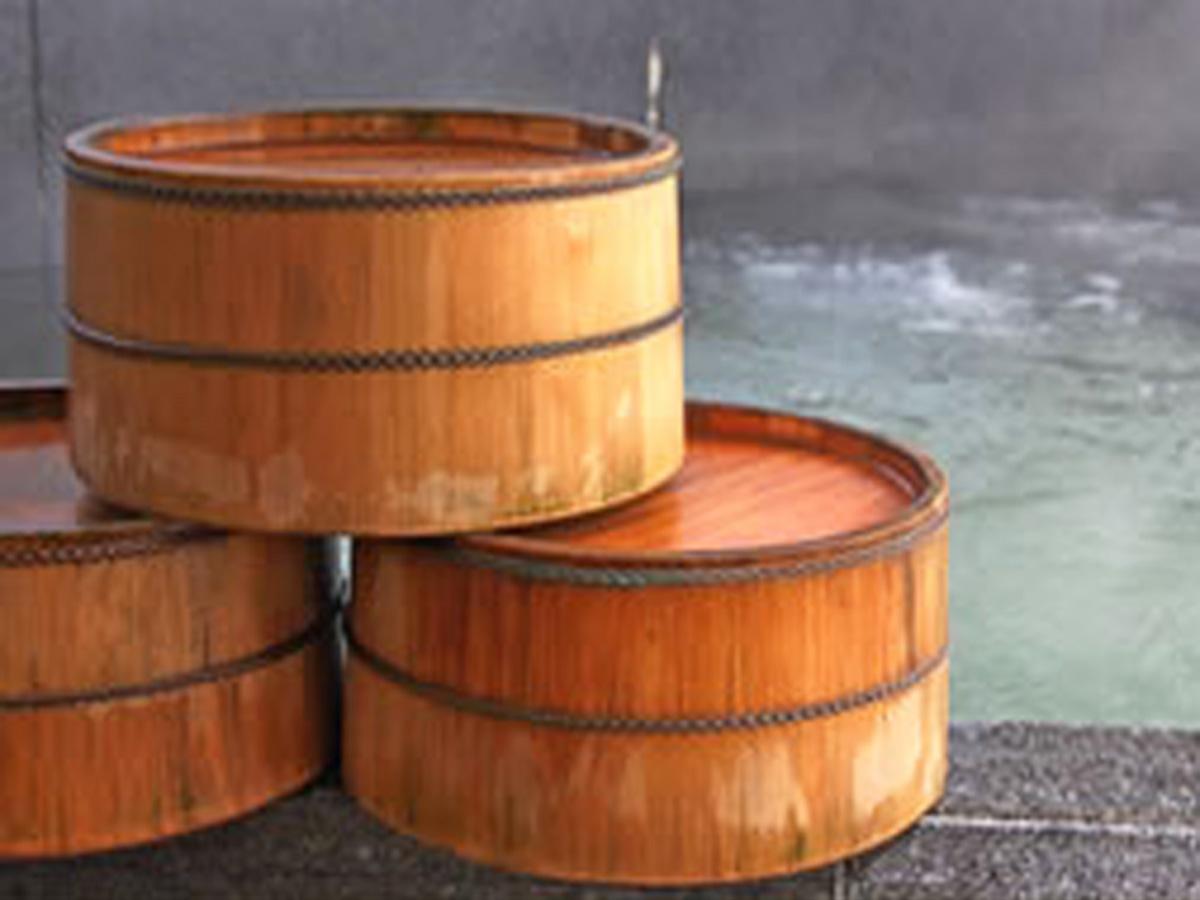
Sasado Onsen Resort
Asahi-Area
Discovered in the Muromachi Period over 600 years ago, Sasado Onsen Hot Spring is Aichi P…
-
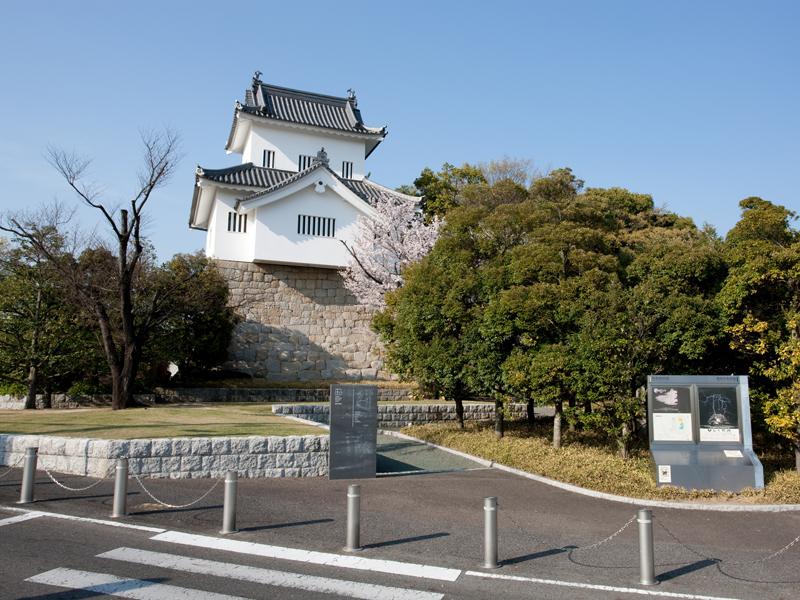
Shichishu Castle Site
Toyota-Area
-
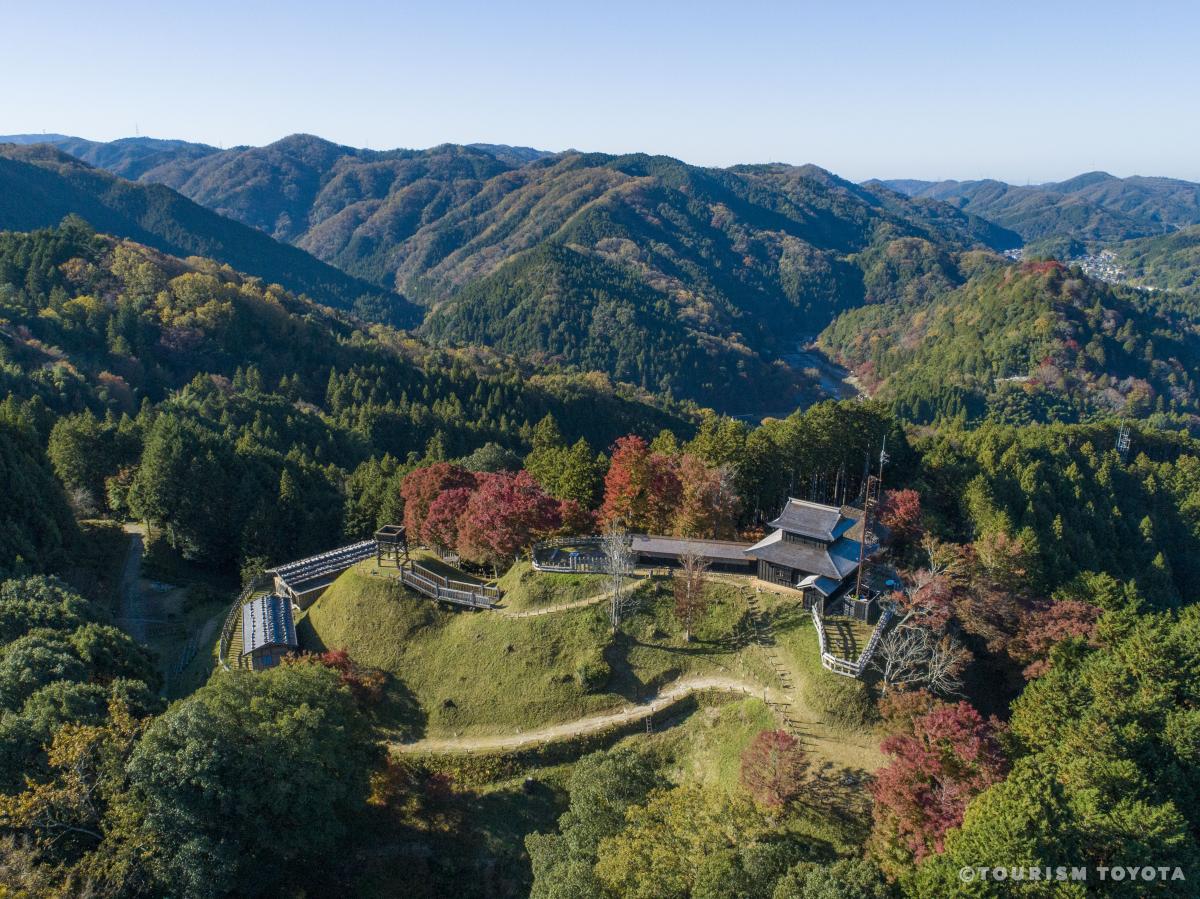
Asuke Castle
Asuke-Area
Located atop Mt. Mayumi-yama and at 301m above sea level, Asuke Castle offers a breathtak…
-
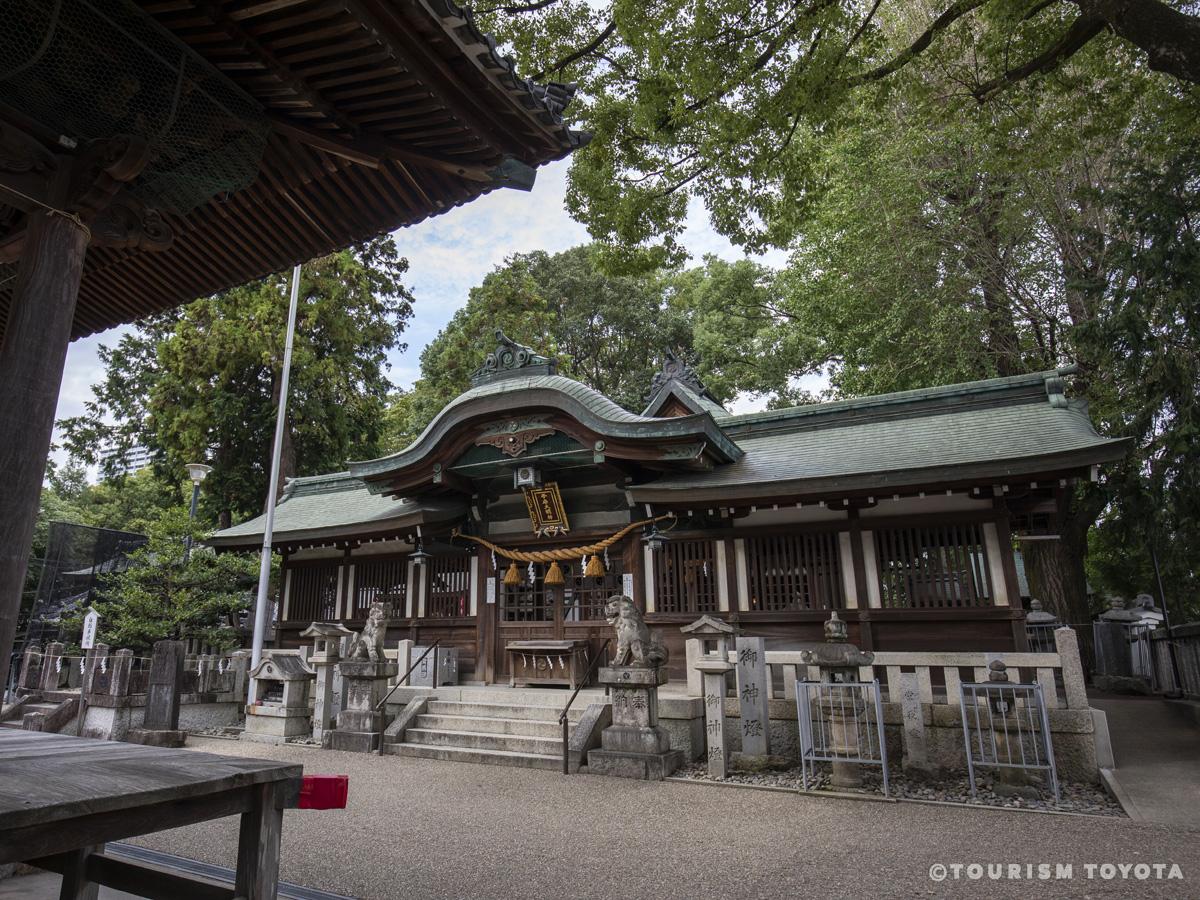
Koromo-jinja Shrine
Toyota-Area
-
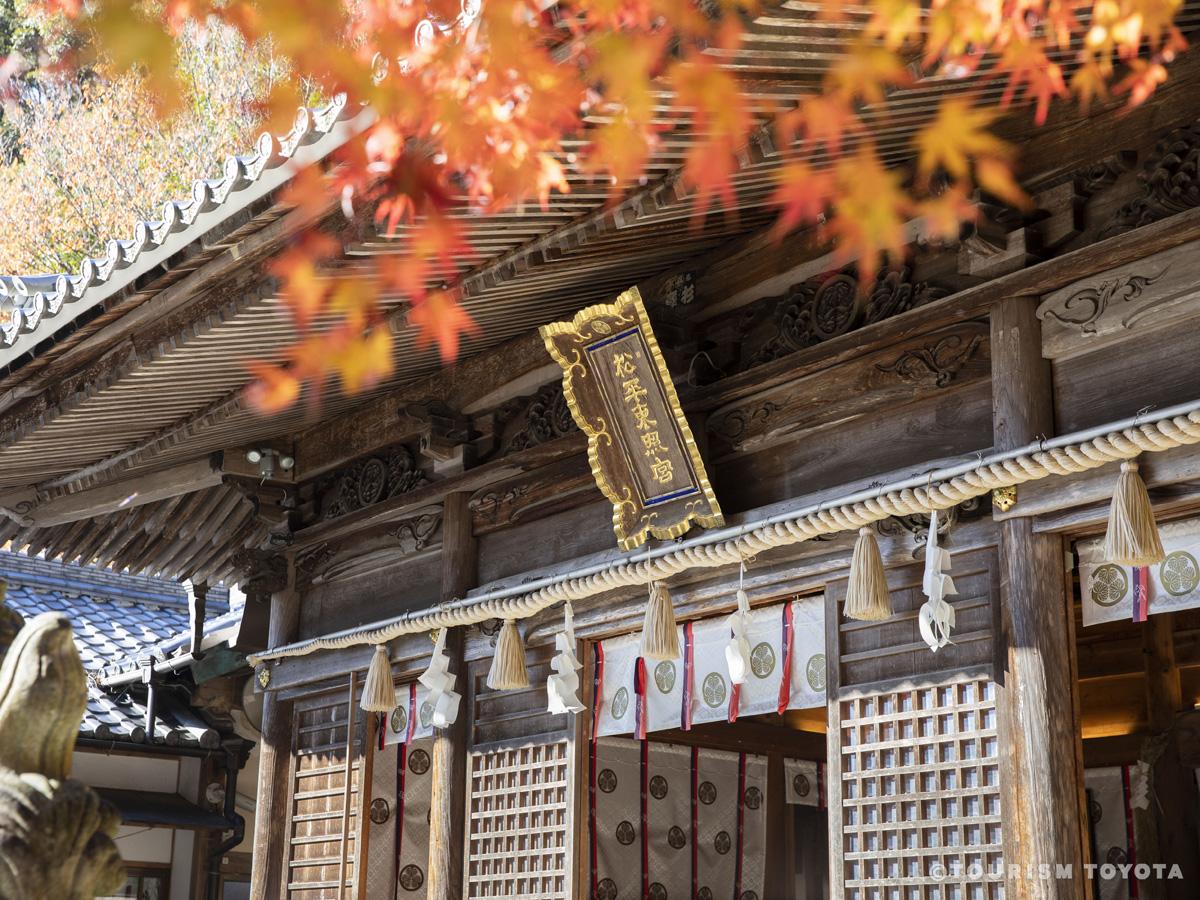
Matsudaira Toshogu Shrine
Matsudaira-Area


-
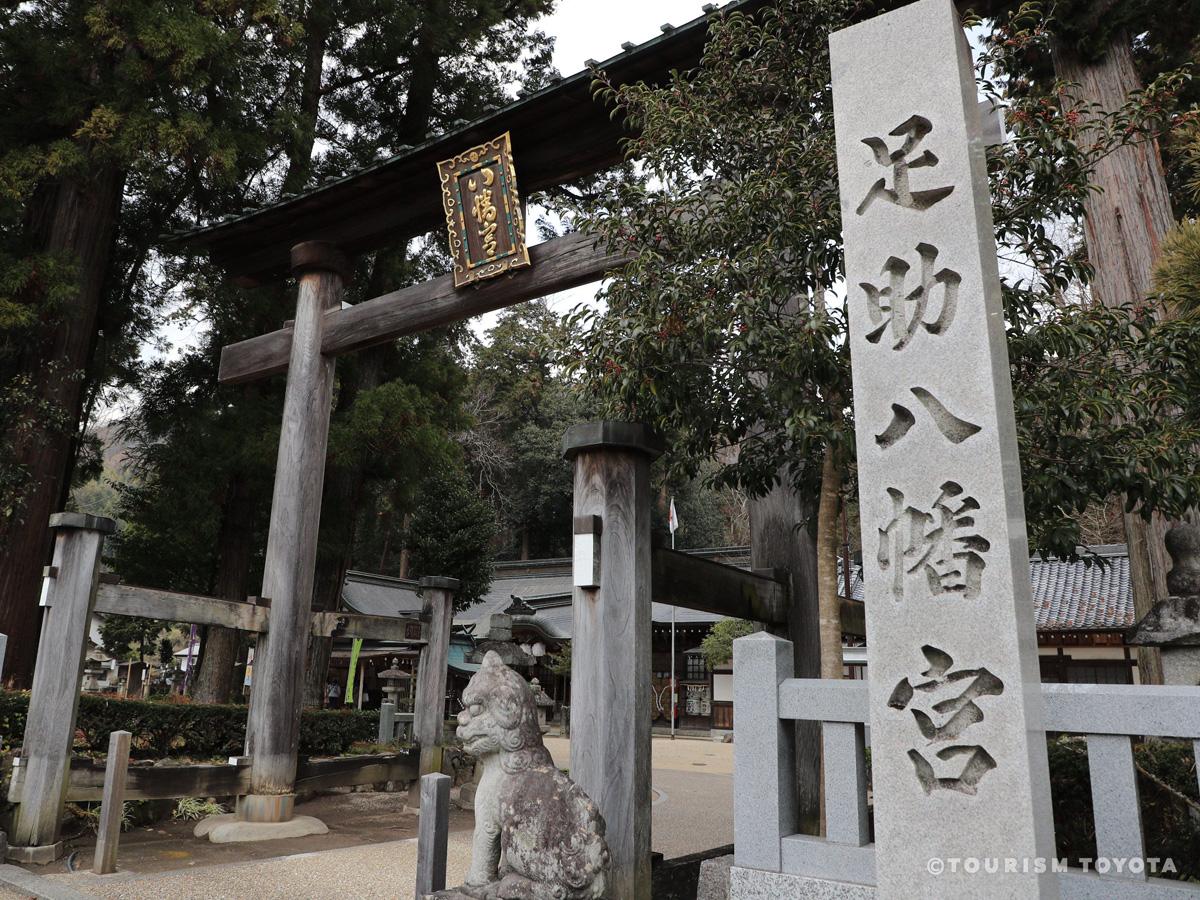
Asuke Hachimangu Shrine
Asuke-Area
It is said that the Asuke Hachimangu Shrine answers the prayers of people for healthier f…
-
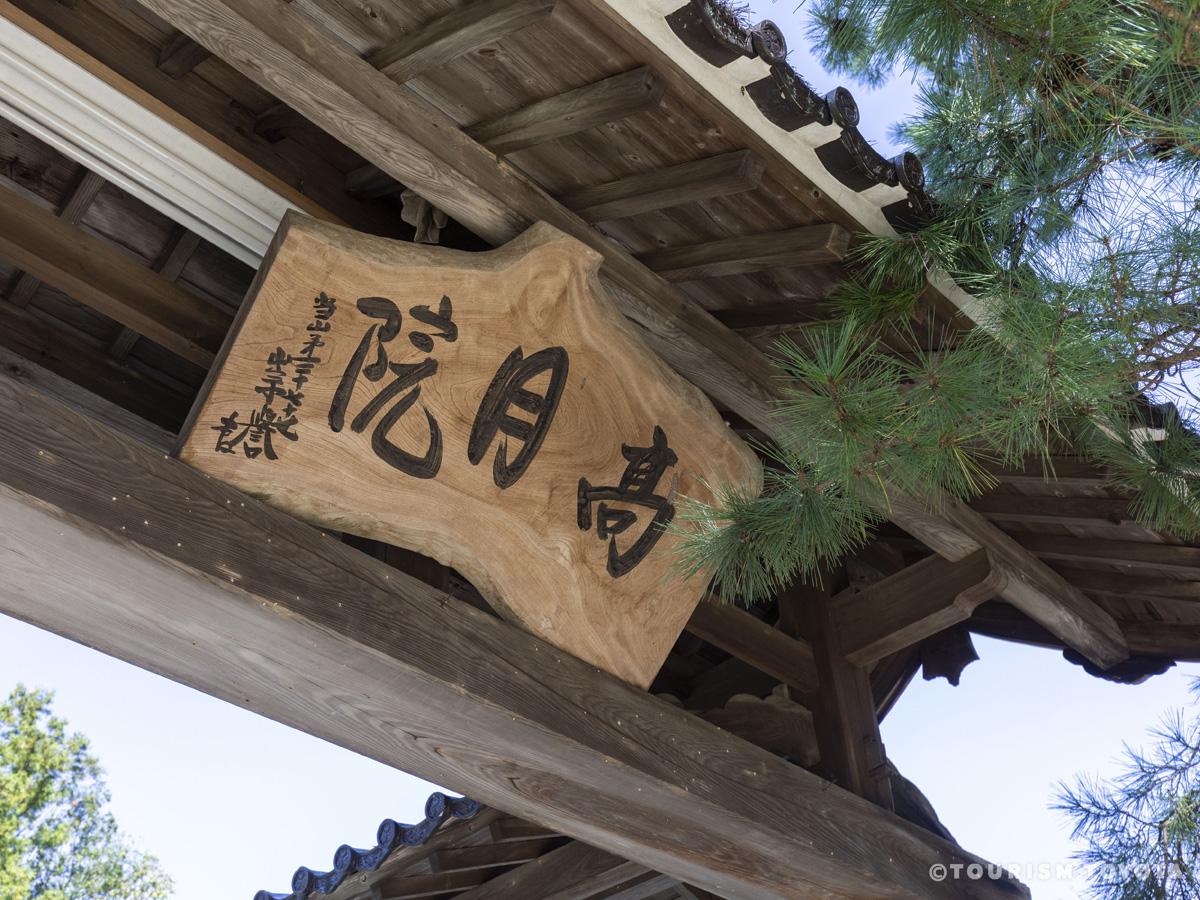
Kogetsuin Temple
Matsudaira-Area


-
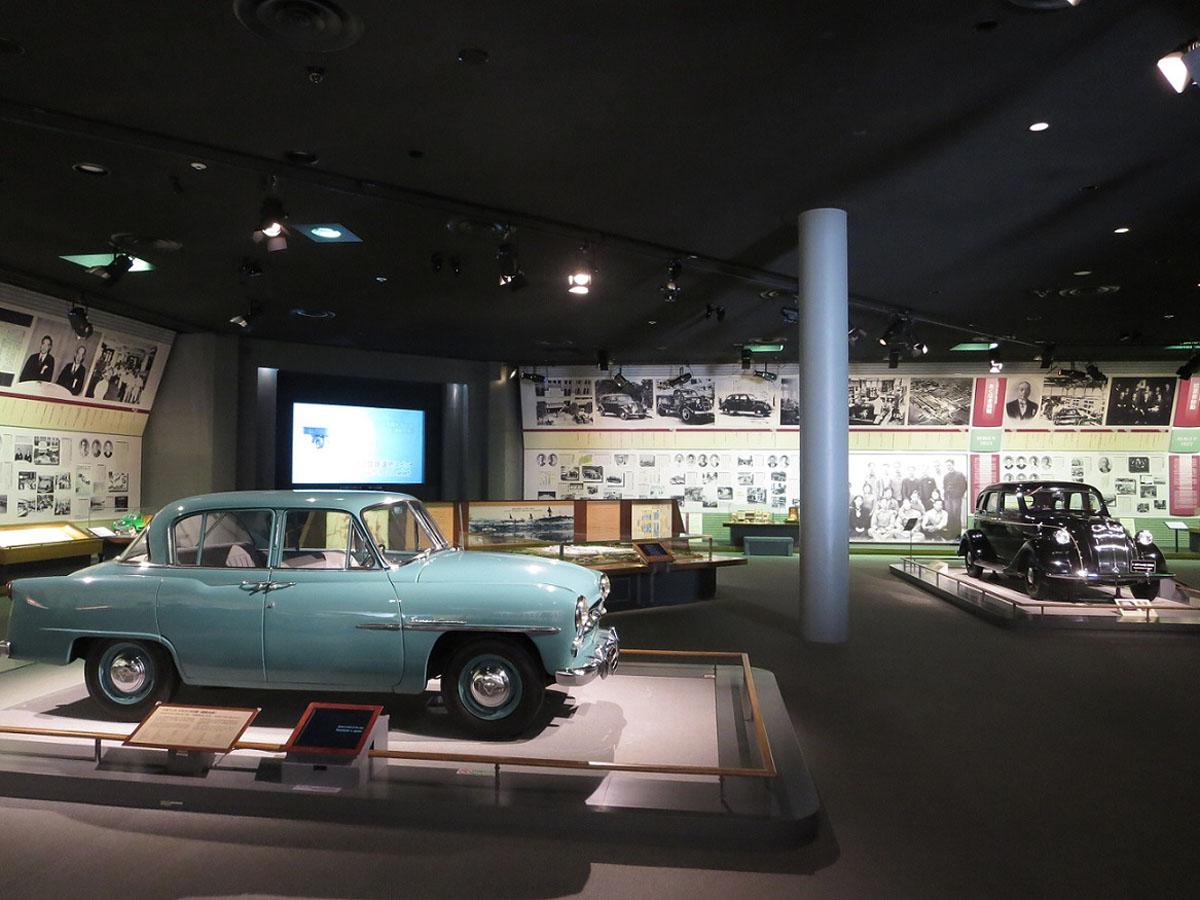
Toyota Kuragaike Commemorative Hall
Toyota-Area


-
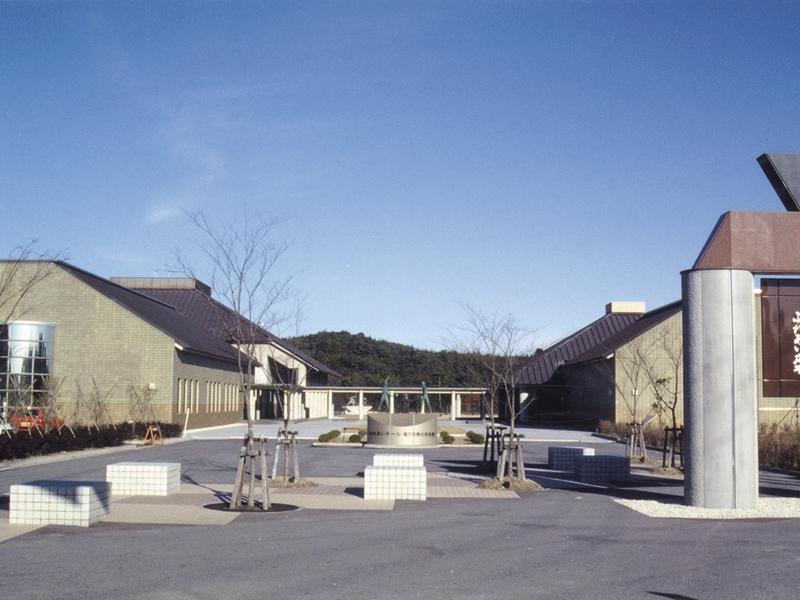
Toyota Bo-no-Te Kaikan Museum
Toyota-Area
An intangible folk cultural property designated by the prefecture, the bonote is a martia…
-
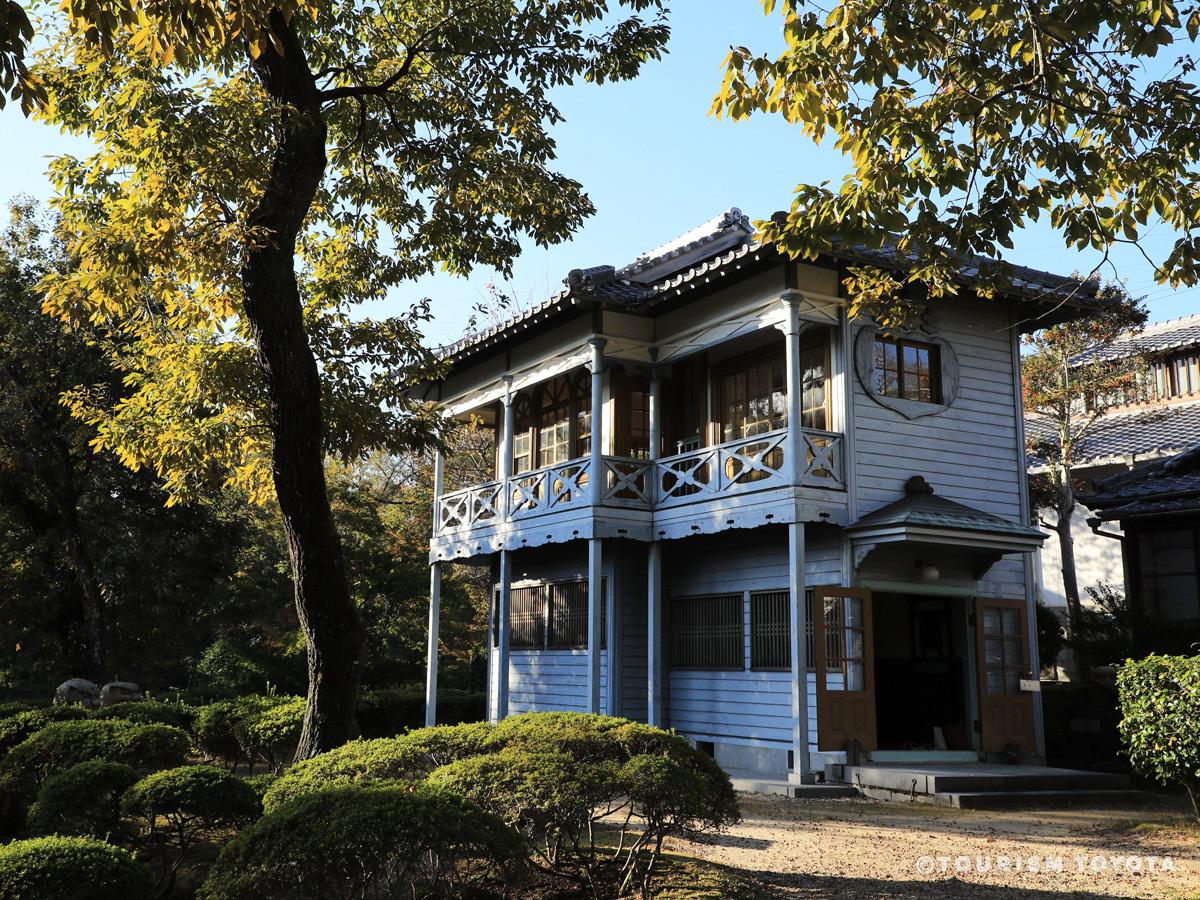
Toyota City Folk Craft Museum
Toyota-Area
Toyota City Folk Craft Museum is a facility that commemorates Shizuo Honda, a scholar of …
-
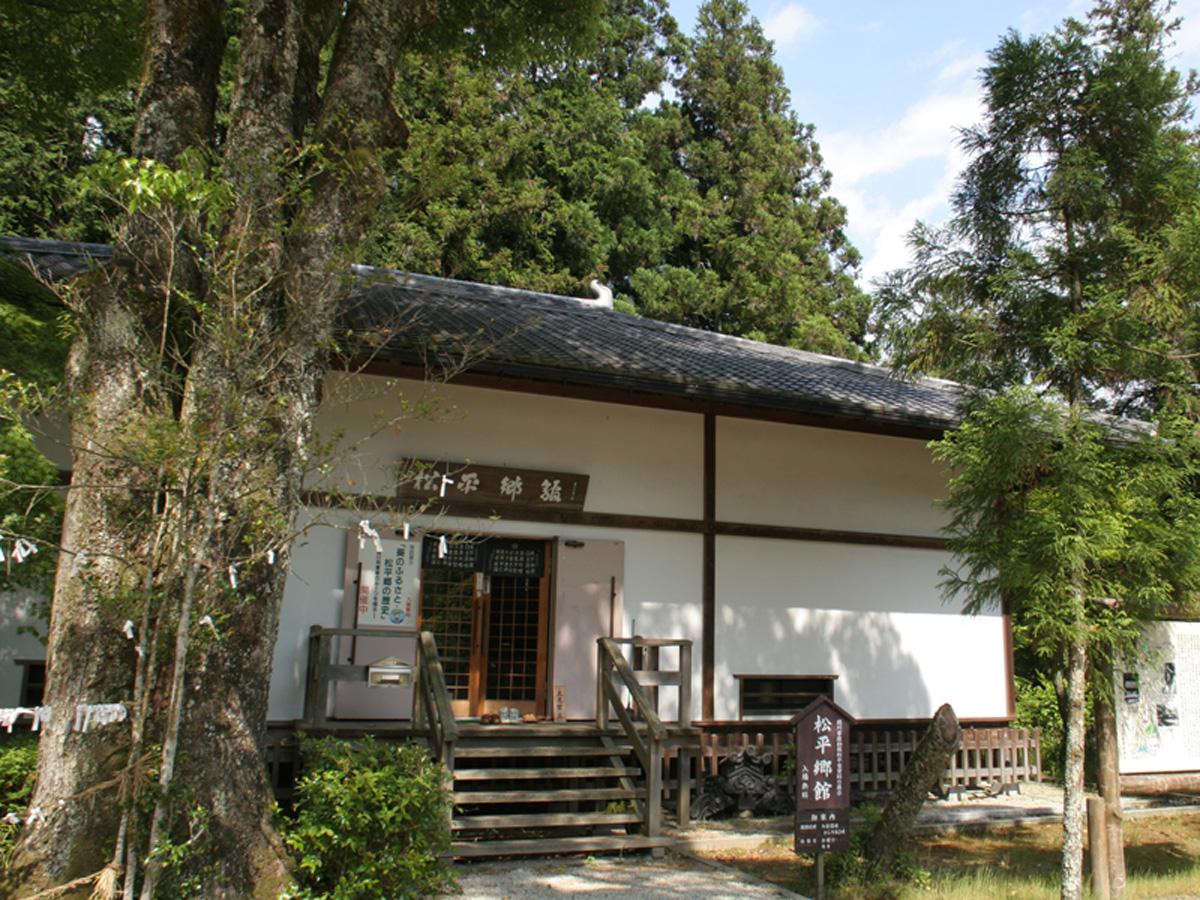
Matsudaira-go Museum of History and the Matsudaira Tarozaemon Family
Matsudaira-Area
-
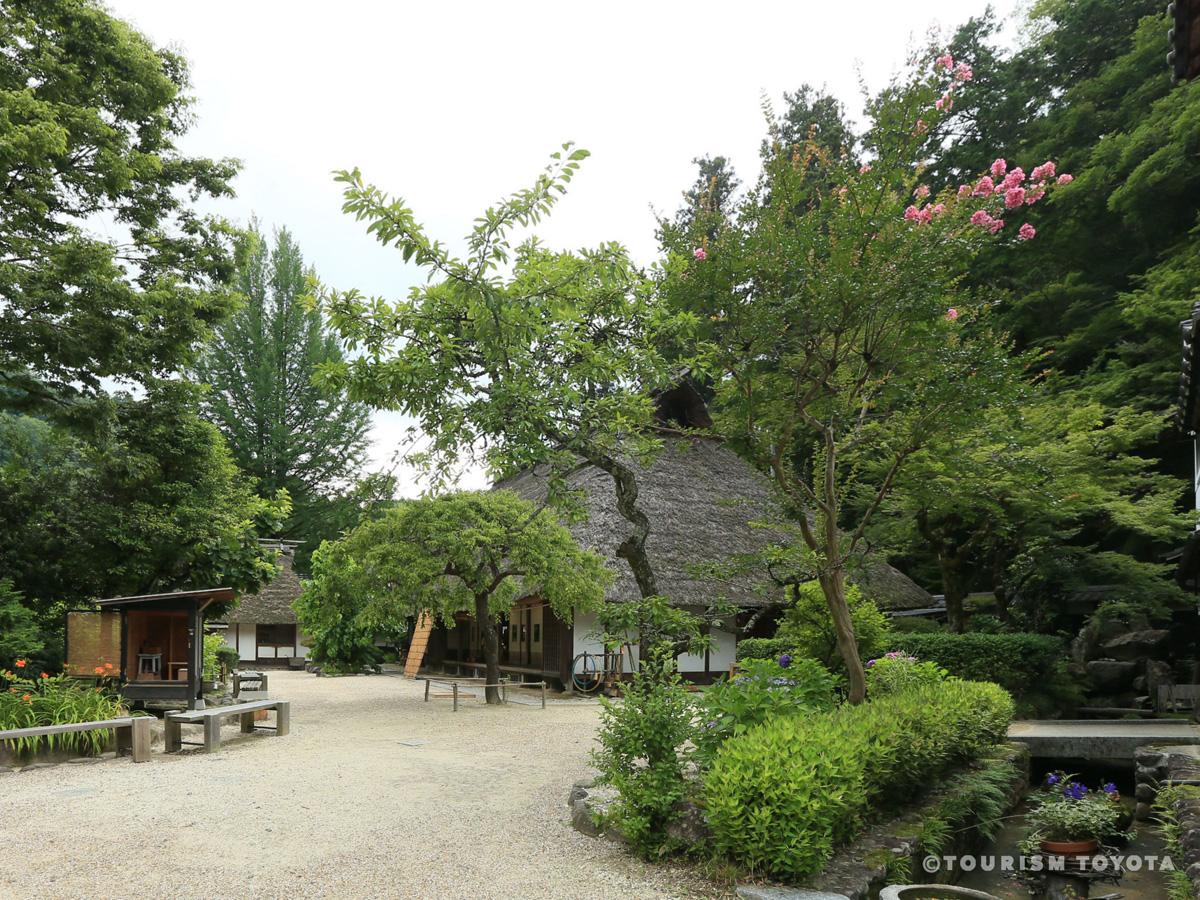
Sanshu Asuke Yashiki Museum
Asuke-Area
This living folk culture museum opened in 1980. The former villa of a wealthy farming fam…
-
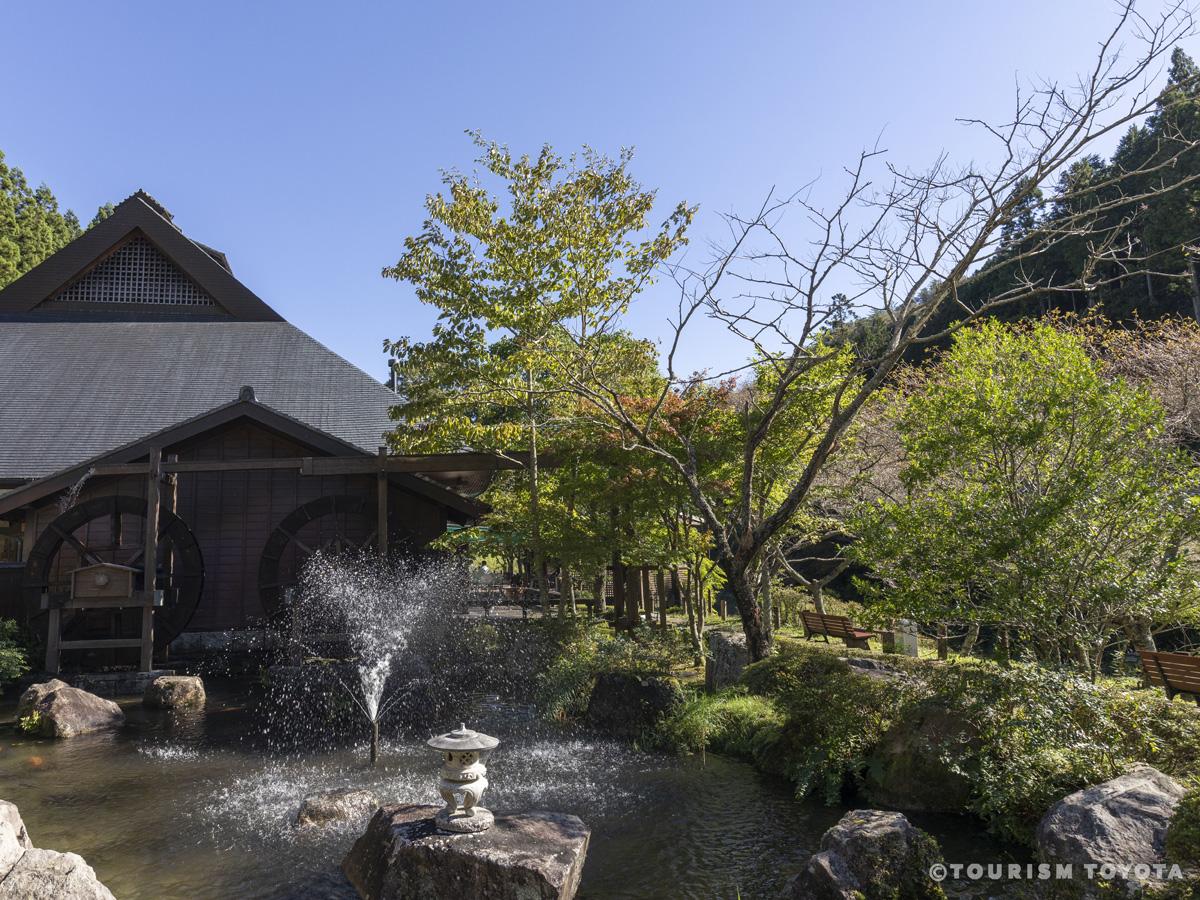
Karen no Yakata
Shimoyama-Area
On a path along the Tomoe River flowing from Lake Mikawa lies a picturesque building that…





-
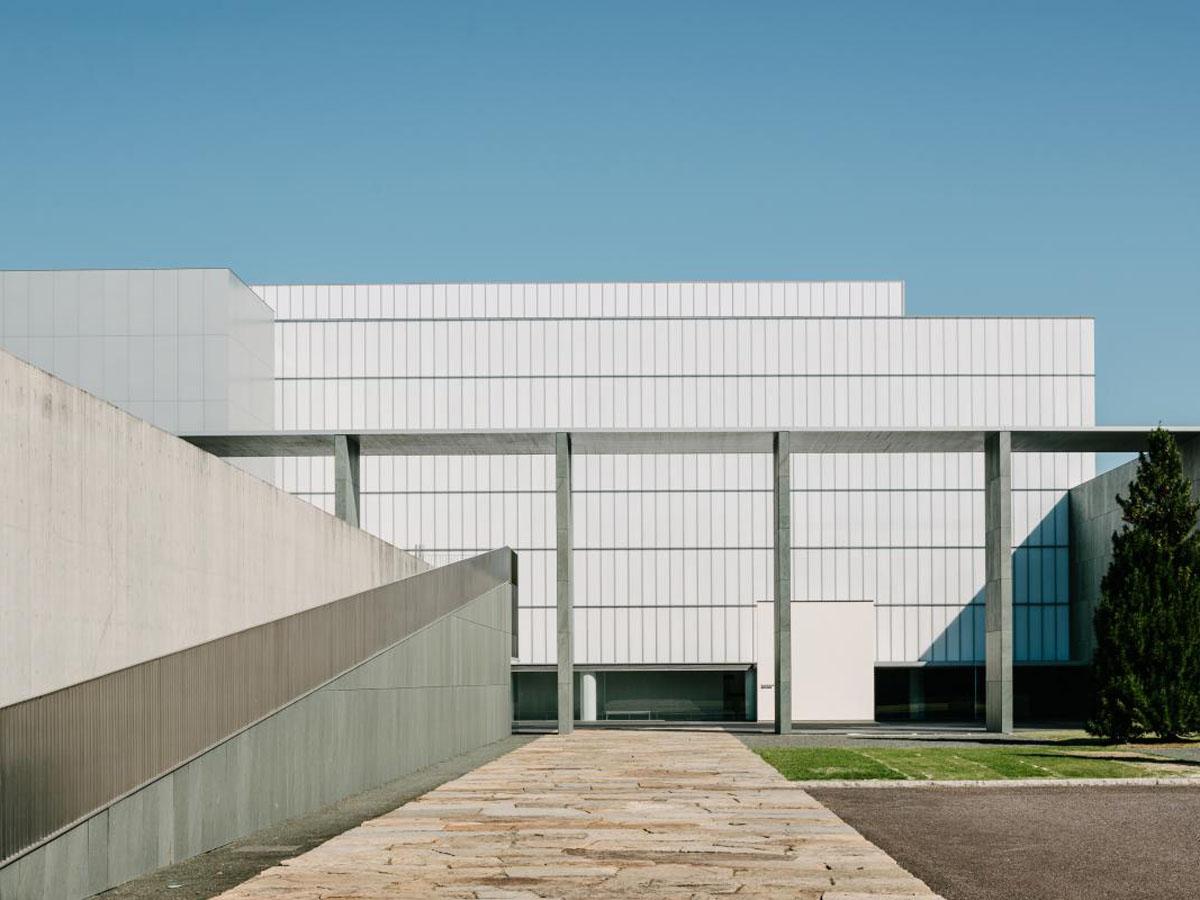
Toyota Municipal Museum of Art
Toyota-Area







-
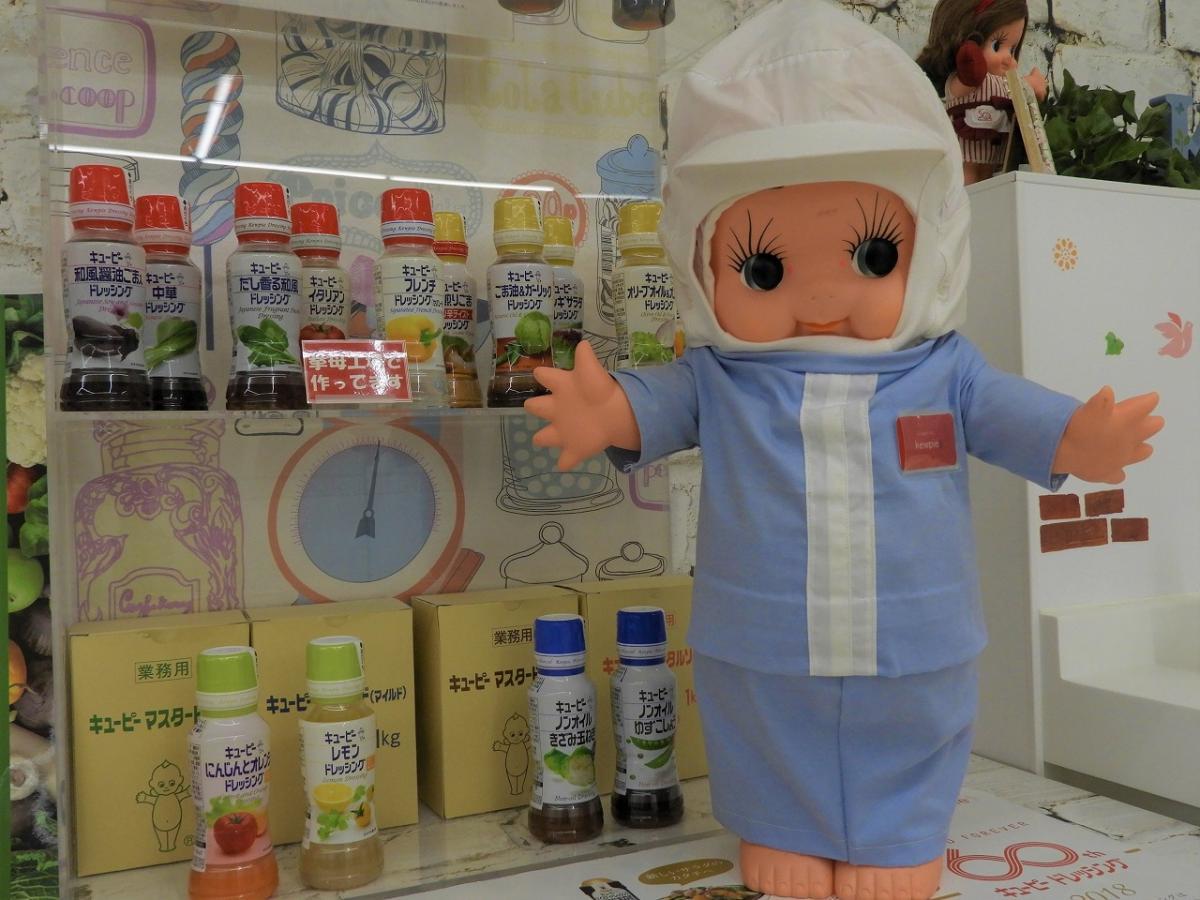
Kewpie Koromo Factory
Toyota-Area
Kewpie hosts tours of its factories to the public, styling them as a form of “open kitche…
-
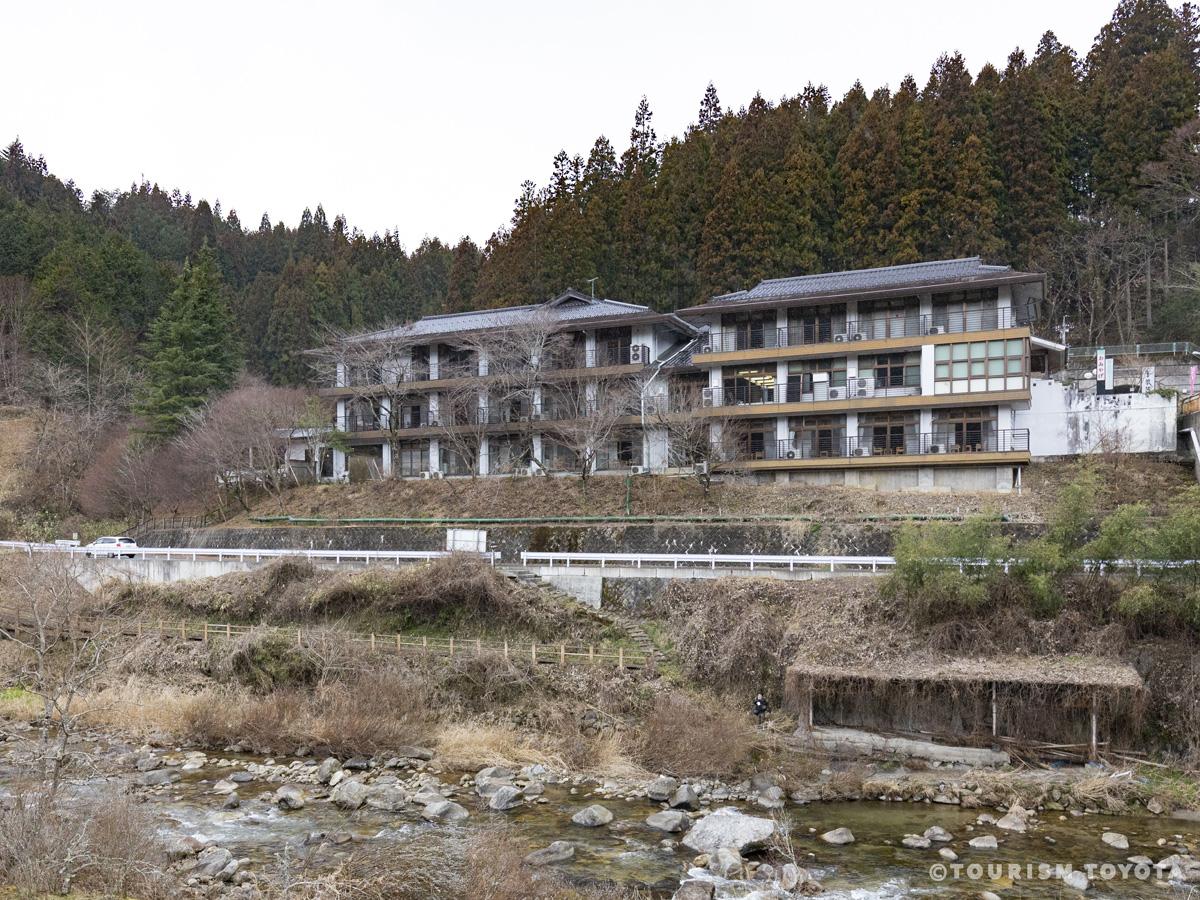
Natsuyake Onsen Resort
Inabu-Area
Nagura River runs through the center of the hot spring town. The river scenery is beautif…
-
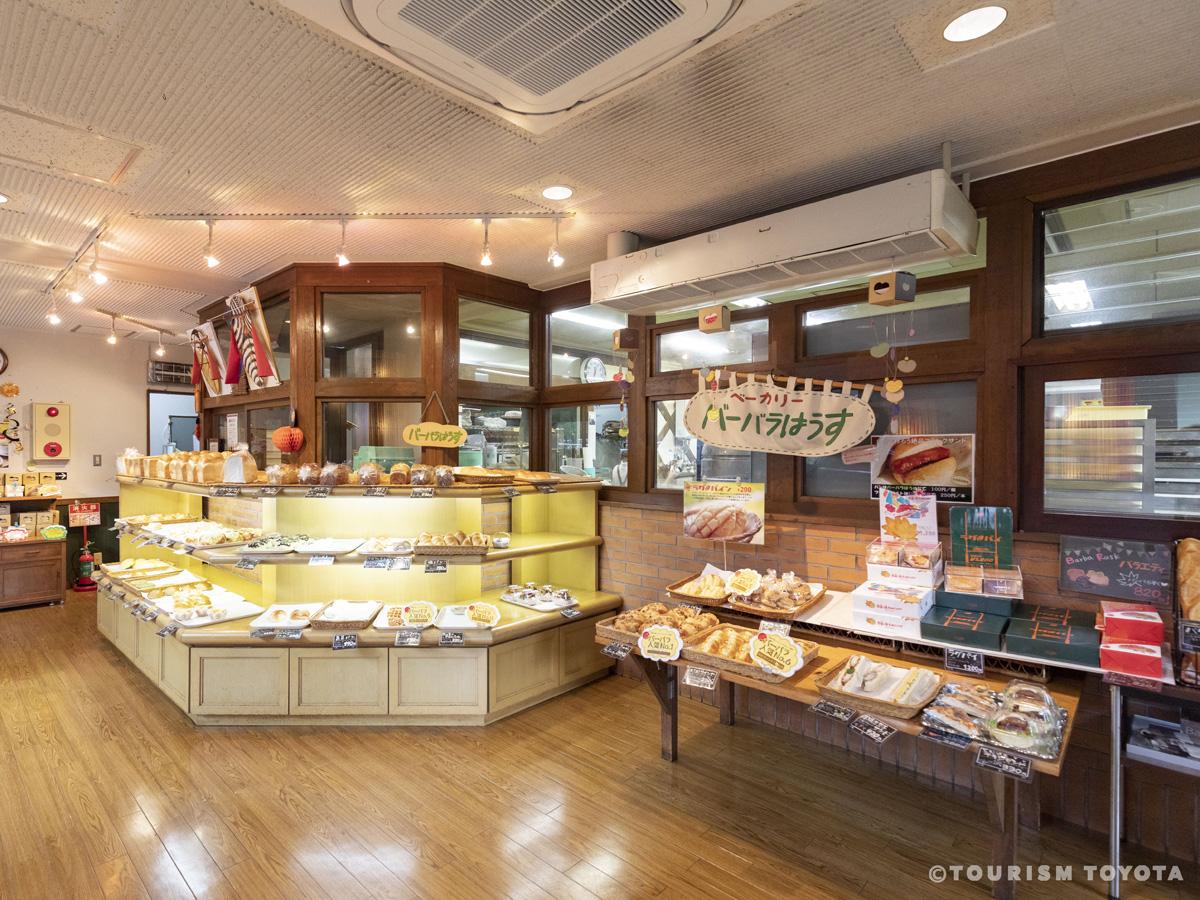
Barbara House Bakery
Asuke-Area
In the Asuke area, next to Asuke Ham ZiZi Studio, there’s a popular store that sells hand…
-
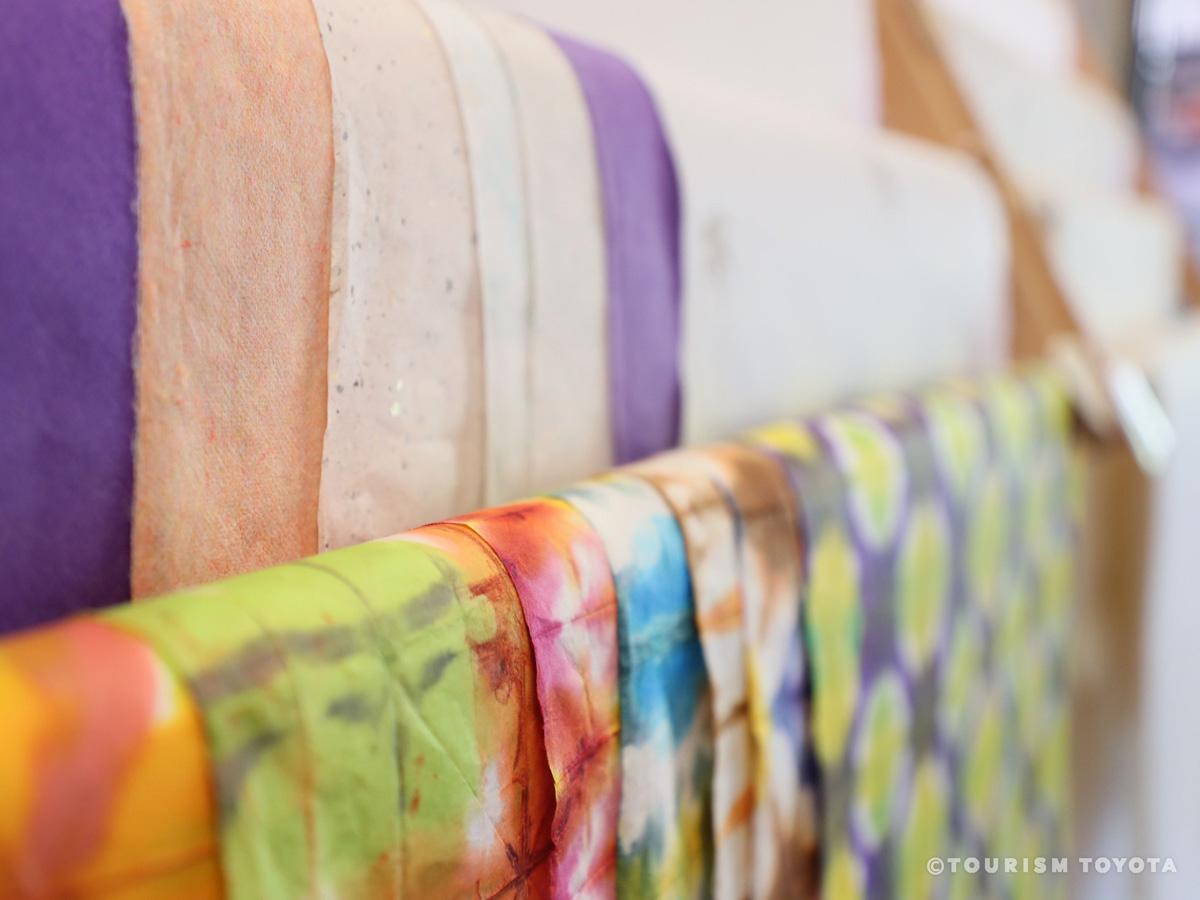
Toyotashi Obara Paper Art Museum Washi no Furusato - Art and Craft Center
Obara-Area
The Obara district is well-suited to growing the mulberry plant, so it has been known as …
-
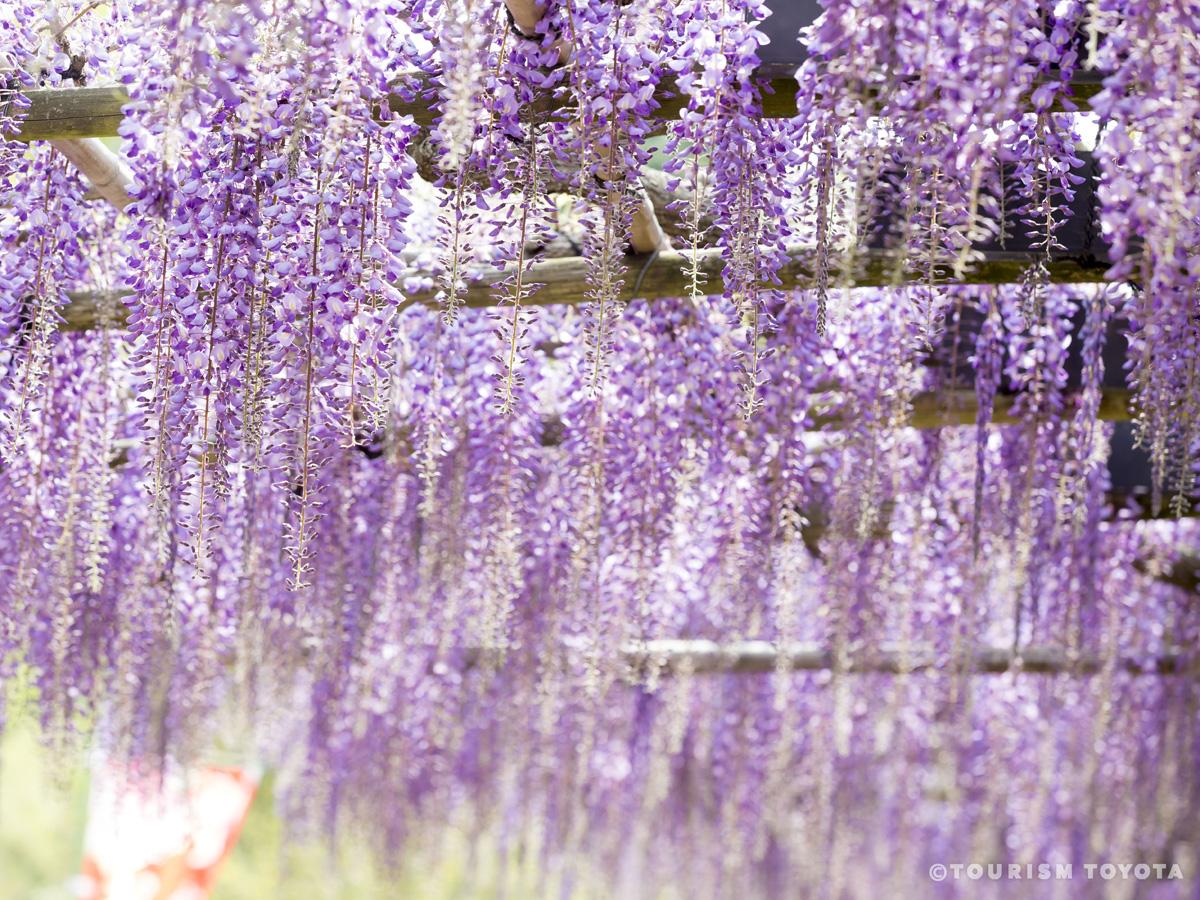
Fuji-no-Kairo Wisteria Alley
Fujioka-Area
Approximately 370 meters of walking paths lined by wisteria flowers, offering entrancing …
-
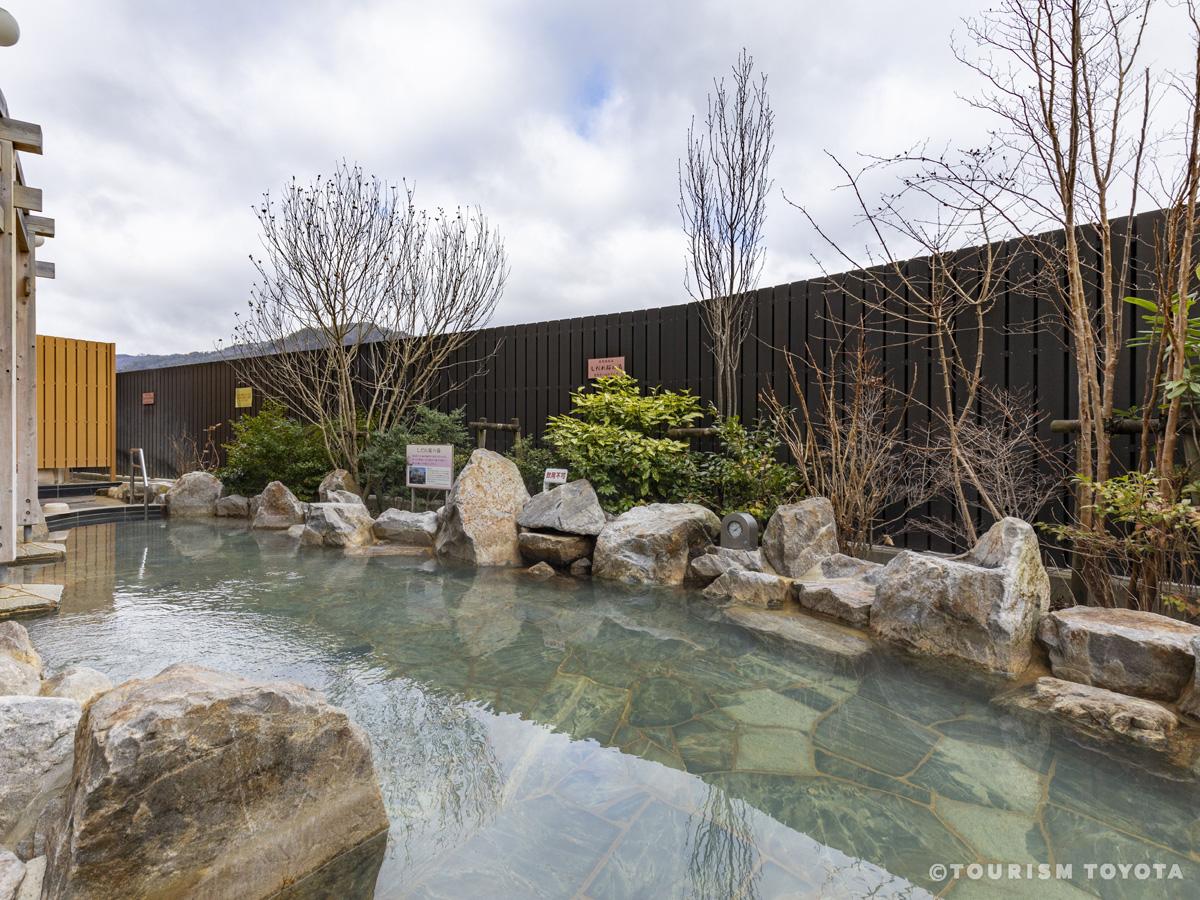
Inabu Onsen Donguri no Yu Hot Spring
Inabu-Area
Enjoy a variety of baths such as the outdoor bath surrounded by seasonal flowers and a wo…
-
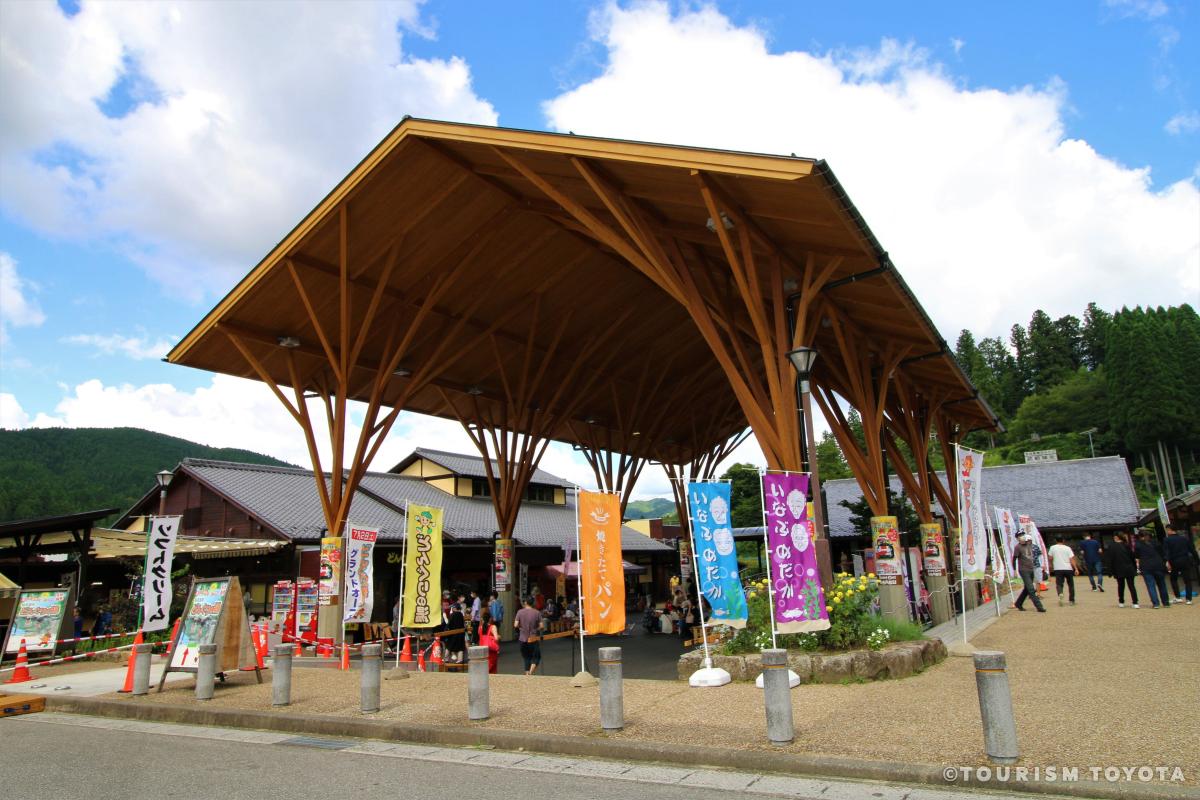
Donguri no Sato Inabu Roadside Station
Inabu-Area
Donguri no Sato Inabu Roadside Station is a shopping hub located in the Inabu Area of Toy…
-

Chunichi Paraglider
Inabu-Area
Choose from a variety of paragliding lessons including beginner lessons and pilot certifi…
-
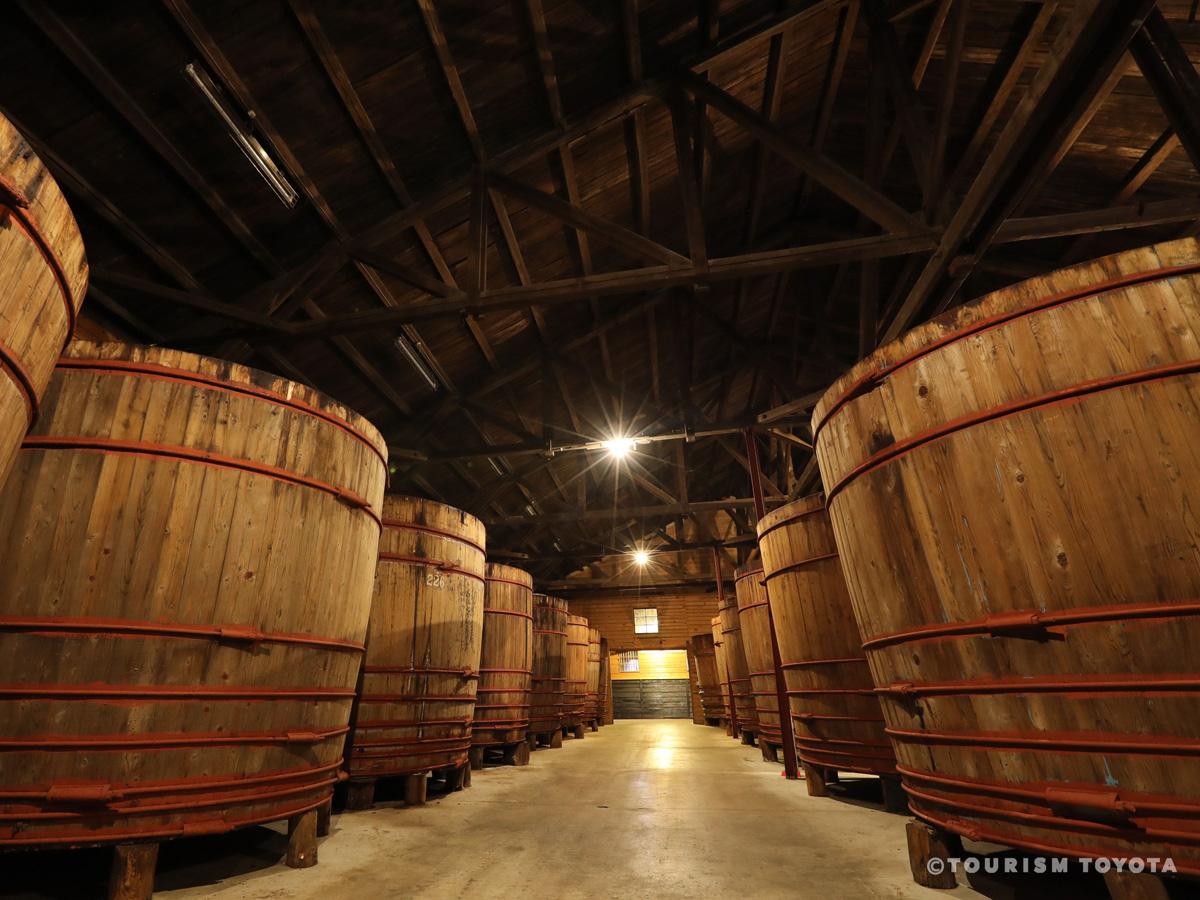
Masuzuka Miso of Noda Miso Co.
Toyota-Area
At this manufacturer of naturally fermented soybean miso, we protect the traditional meth…
-
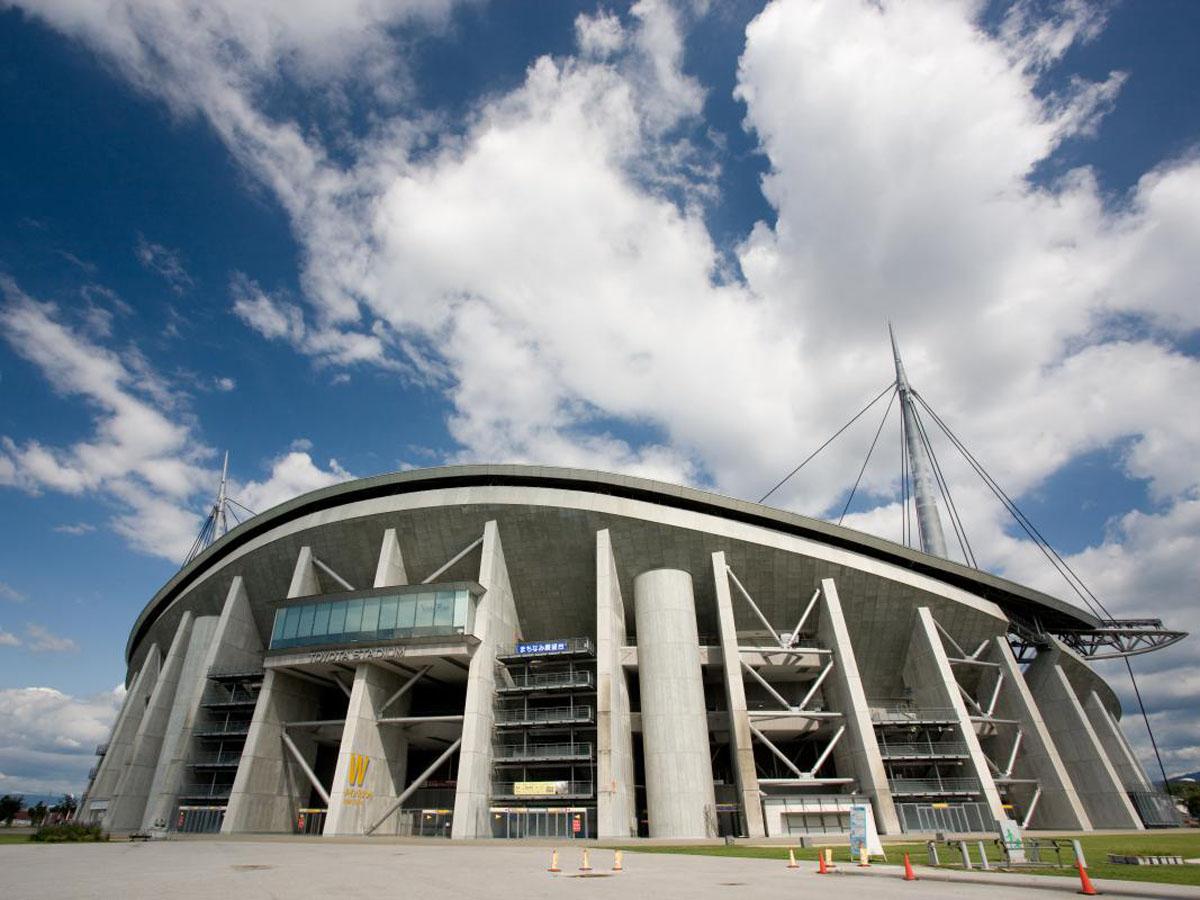
Toyota Stadium
Toyota-Area






-
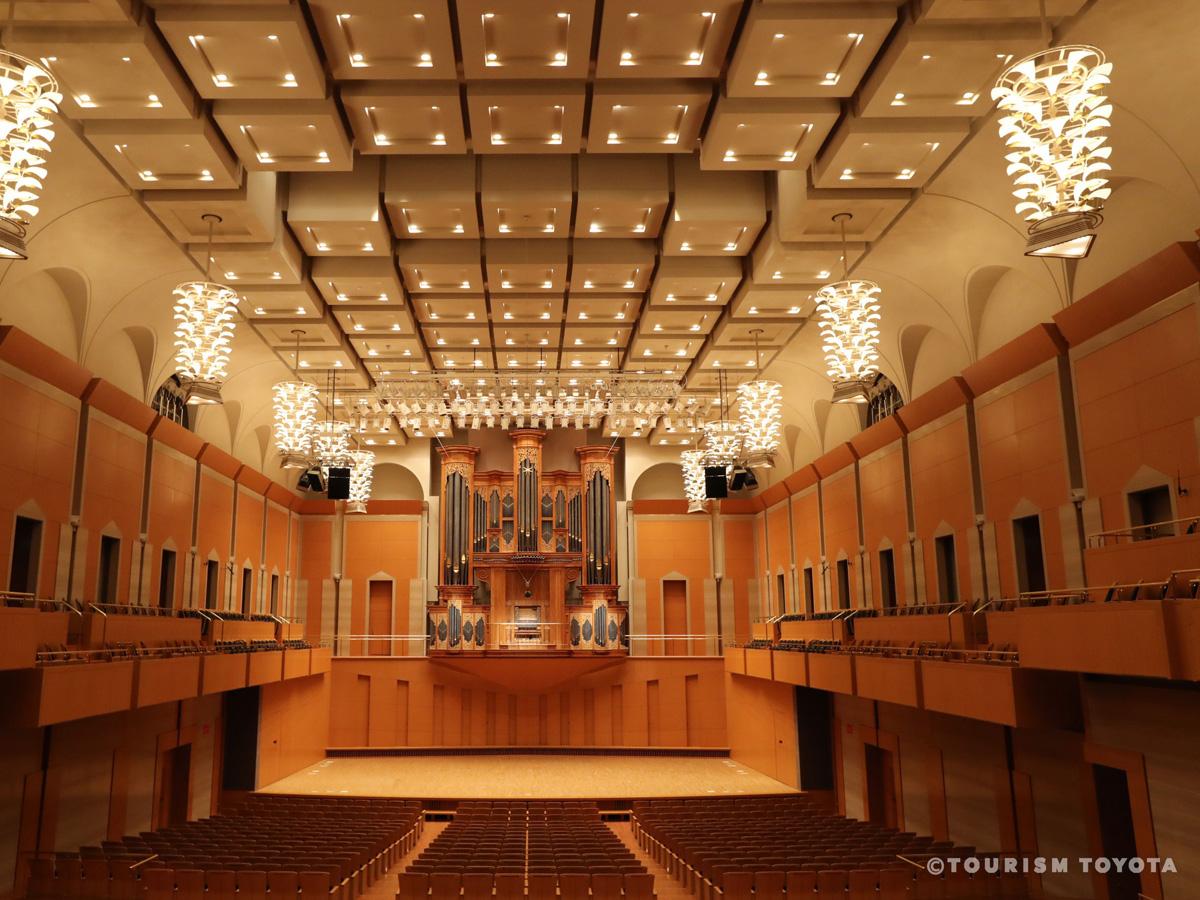
Toyota City Concert Hall
Toyota-Area
This concert hall is located in the Toyota Sangohkan, part of an urban redevelopment proj…
-
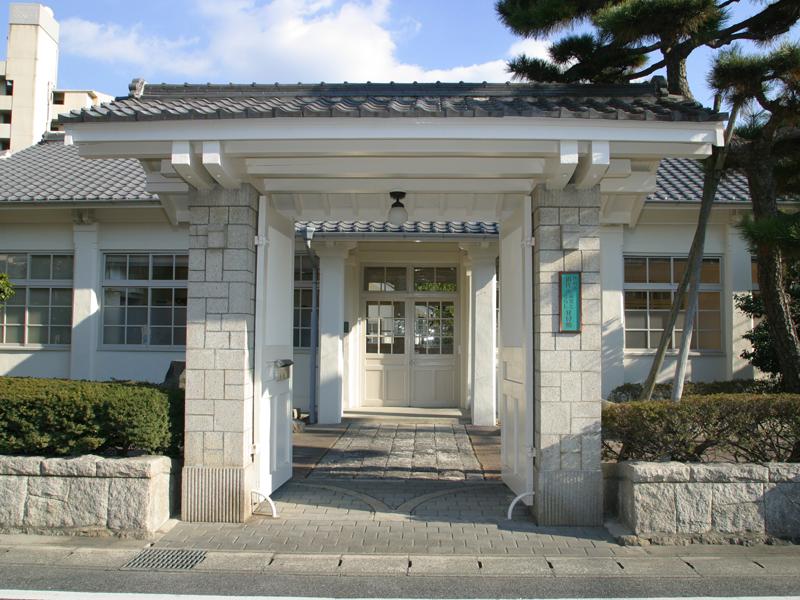
Toyota City Museum of Modern Industry and Living
Toyota-Area
Established in 2005, this museum and cultural property aims to promote culture, arts, and…
-
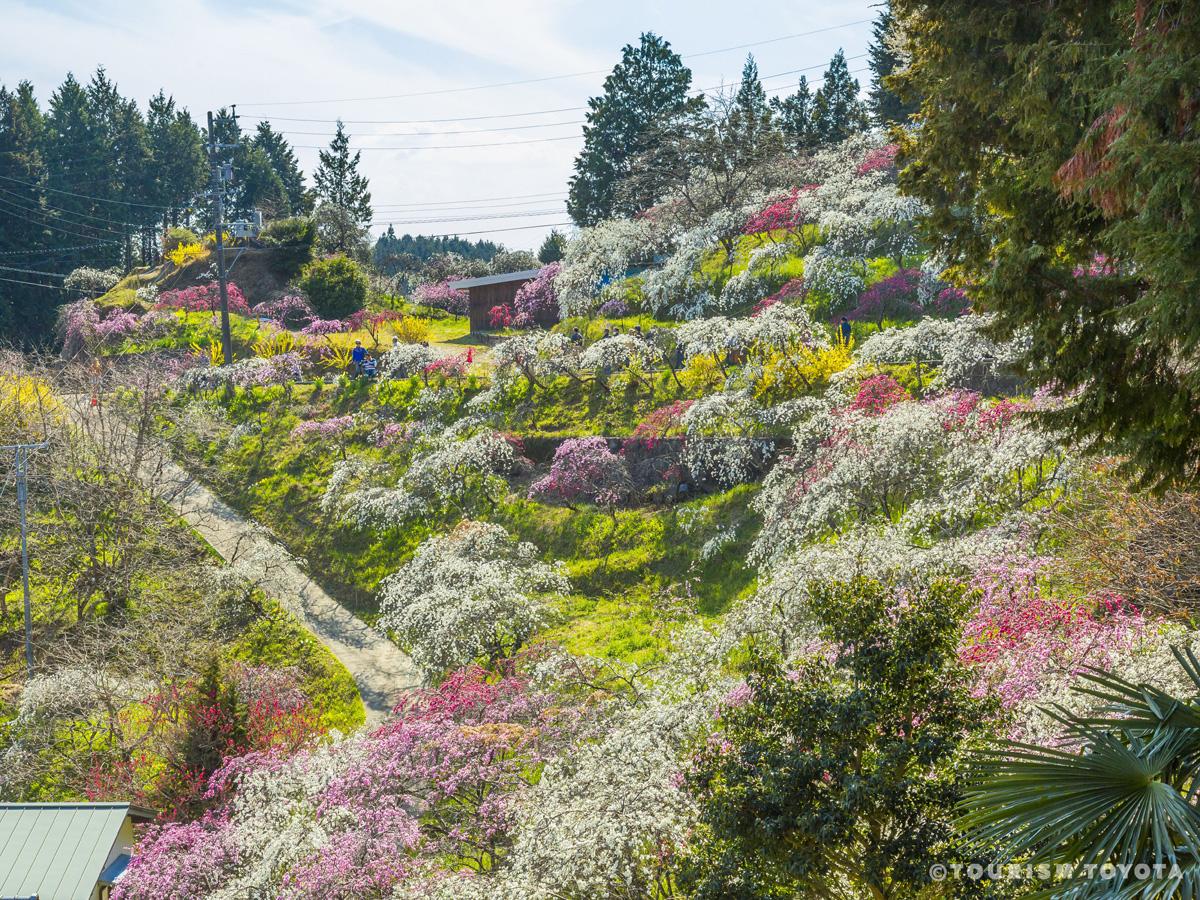
Kaminaka Weeping Peach Blossoms
Asahi-Area

-
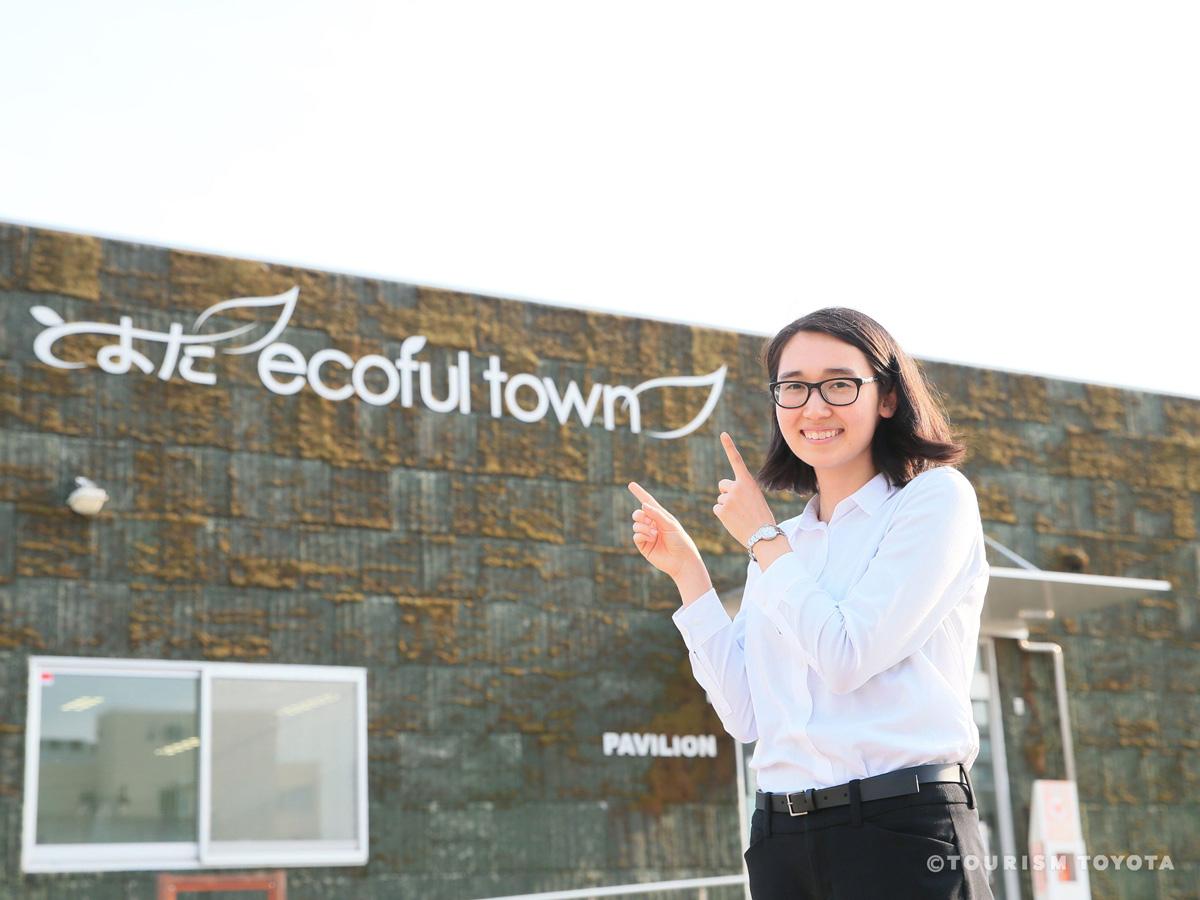
Toyota Ecoful Town
Toyota-Area
Toyota City, selected by the national government as an environmental model city, has gath…
-
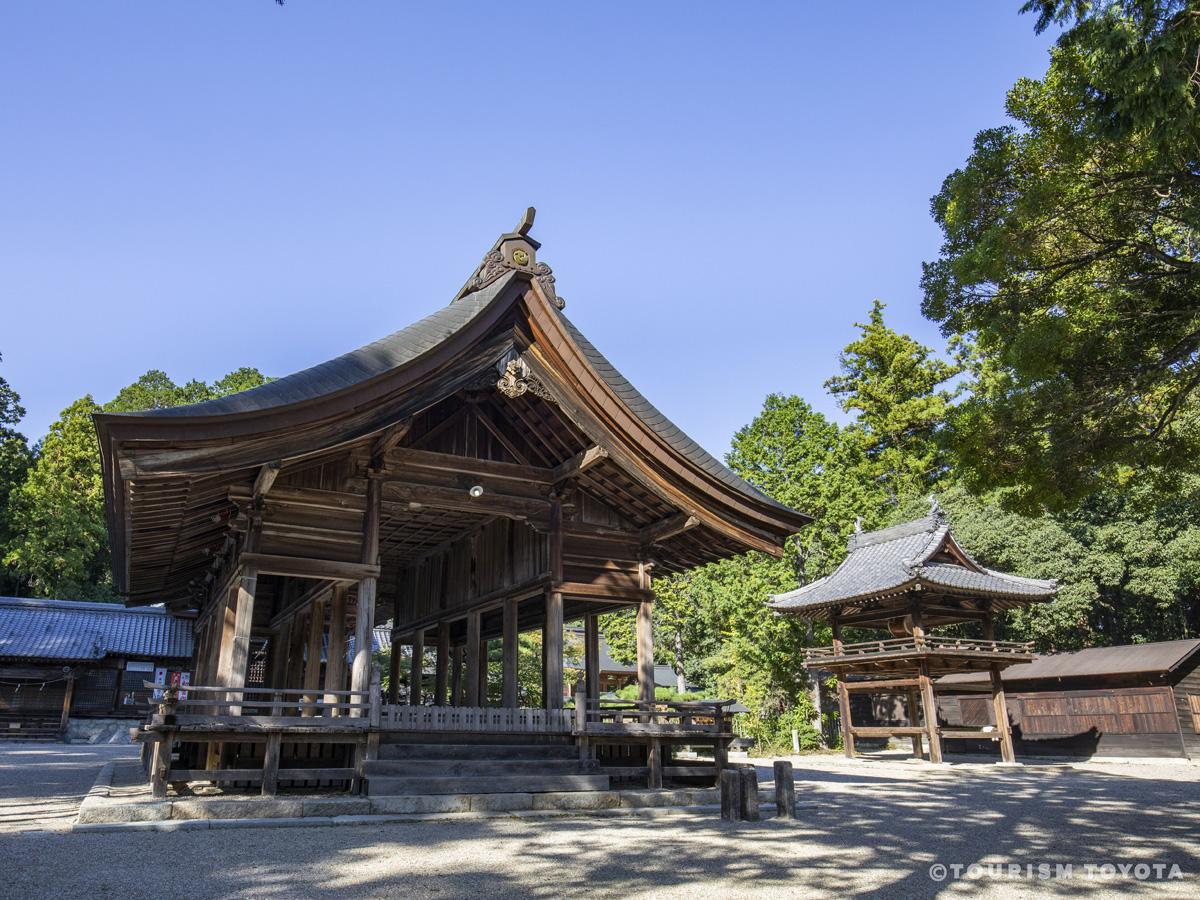
Sanage Shrine
Toyota-Area

-
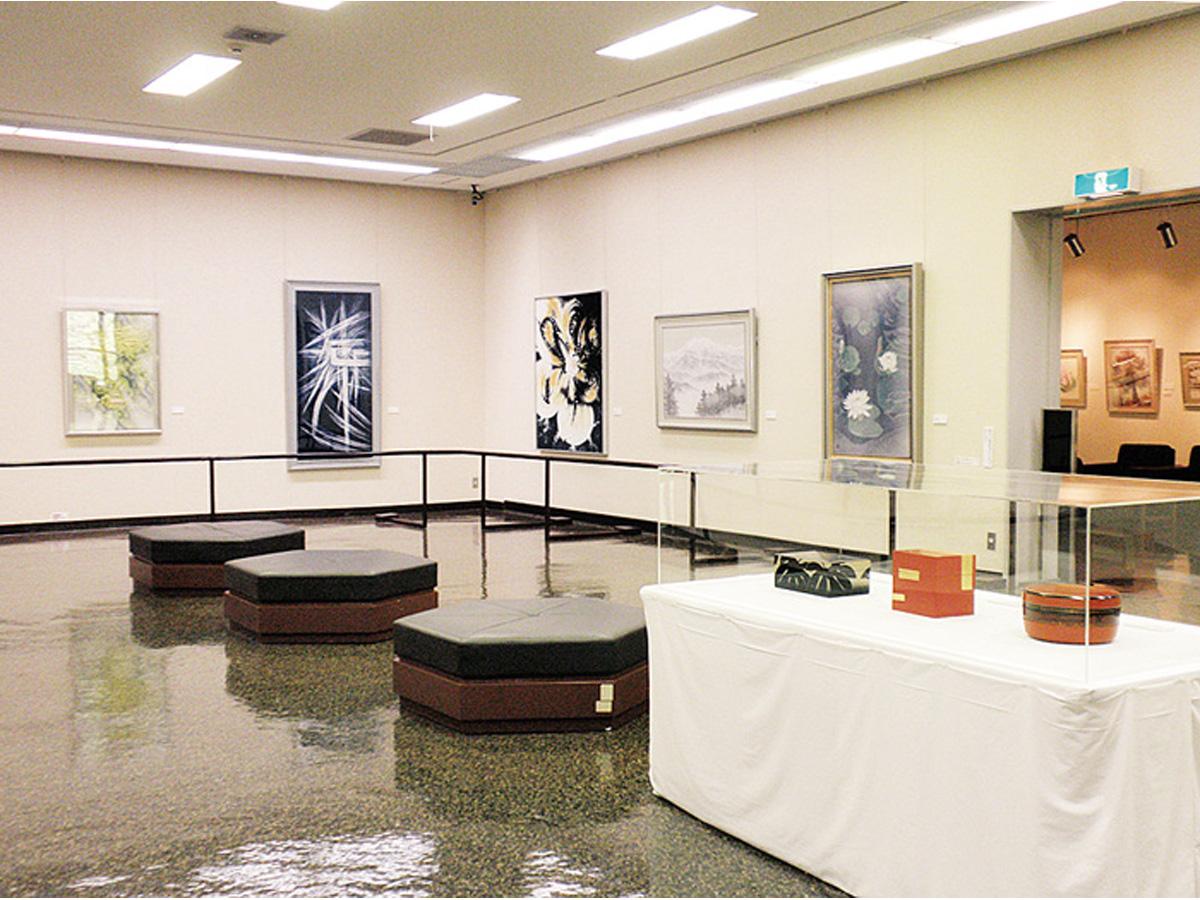
Obara Paper Art Museum Washi-no-Furusato - Washi Artwork Gallery
Obara-Area
Culture is spread through information, information is spread through communication, commu…
-
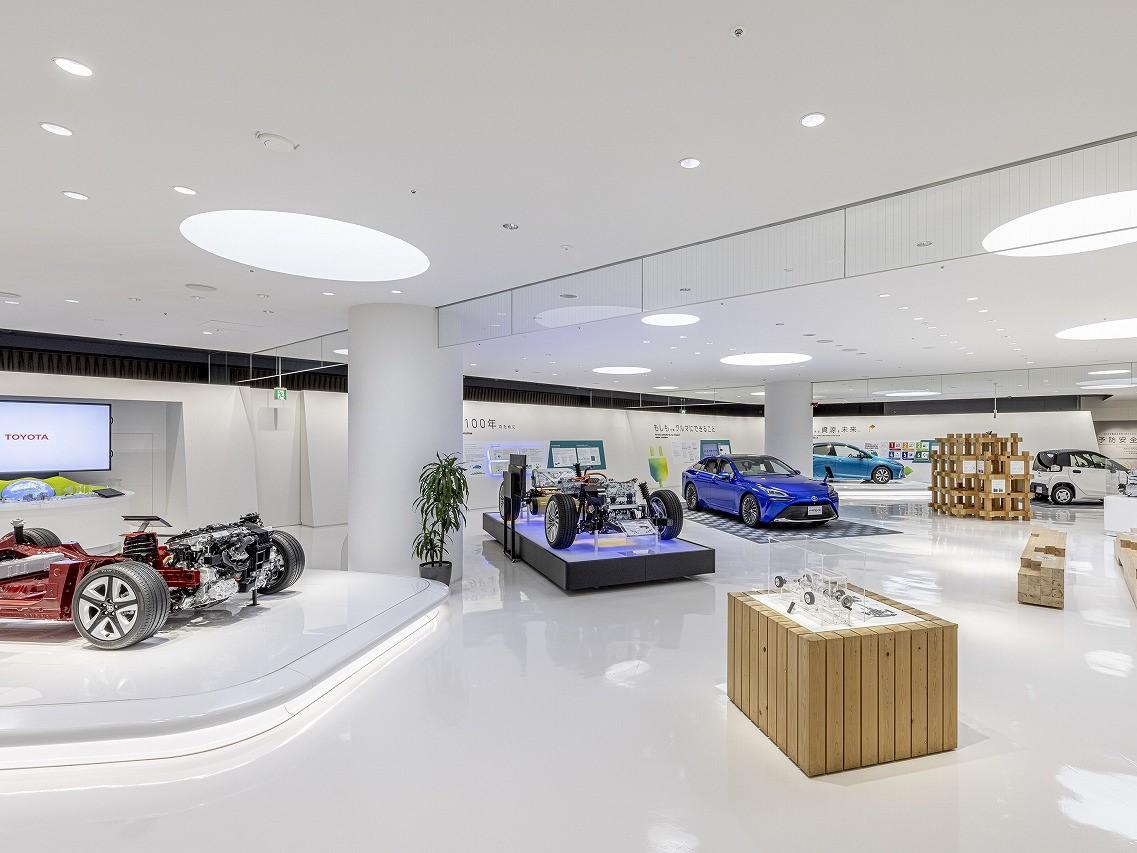
Toyota Kaikan Museum
Toyota-Area
The Toyota Kaikan Museum at the head office of Toyota Motor Corporation is one of the com…





-
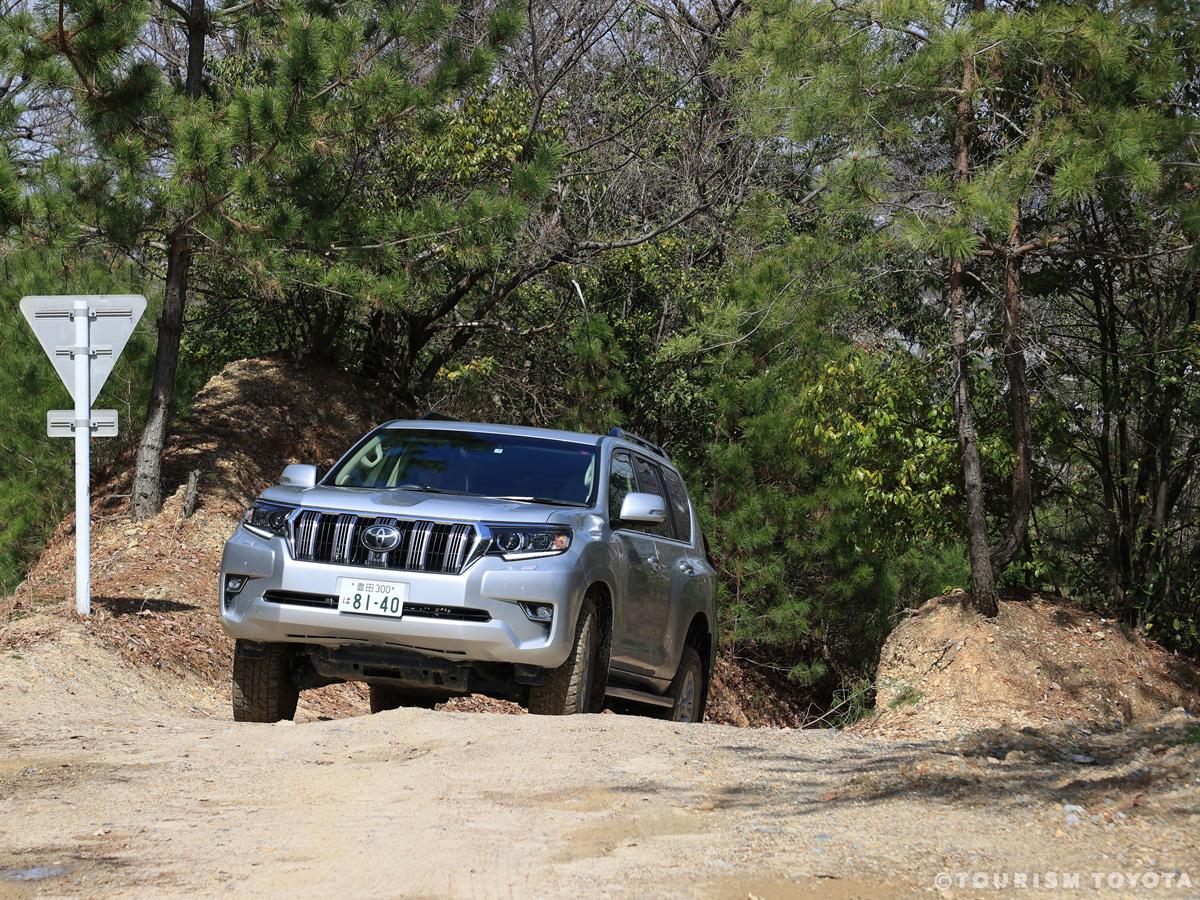
Sanage Adventure Field
Toyota-Area
Multipurpose outdoor attraction with off-road runs for four-wheel drive vehicles, barbecu…
-
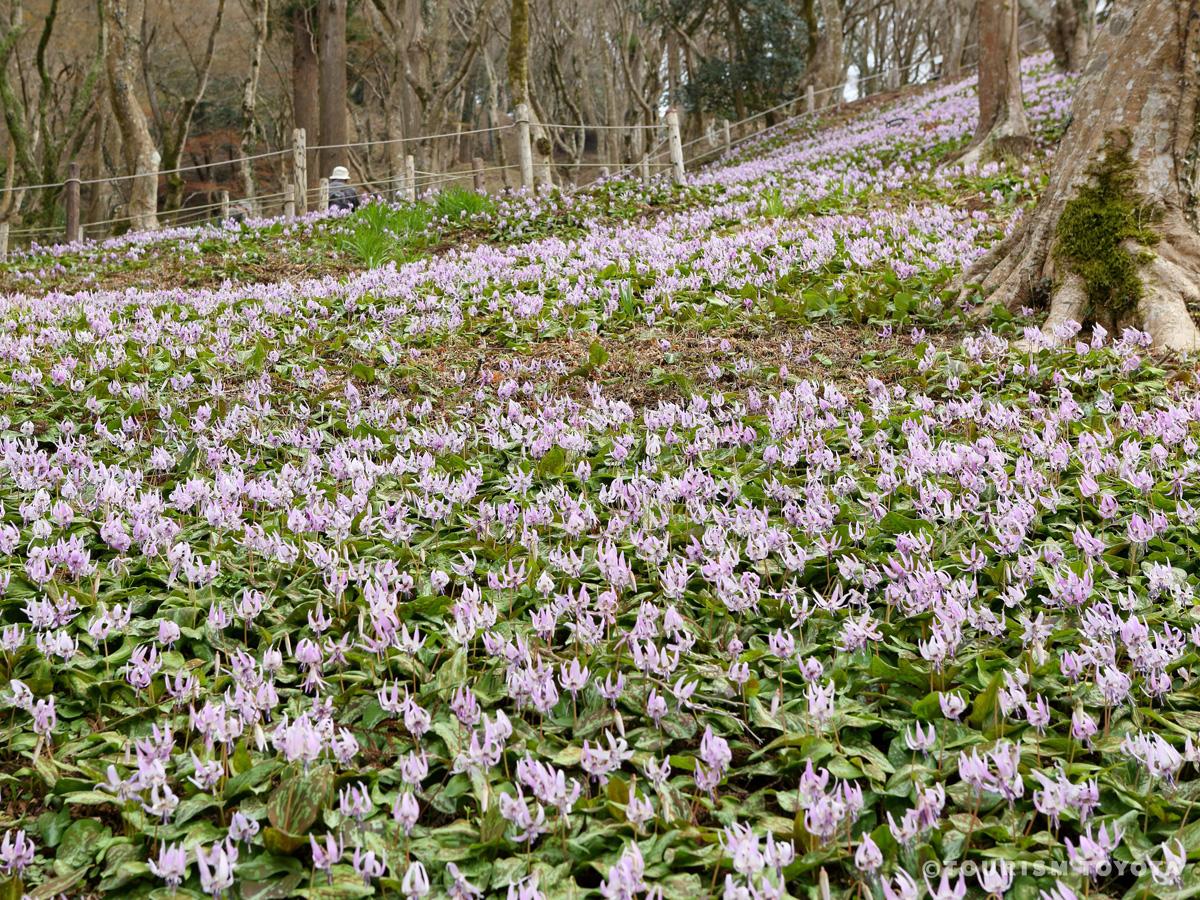
Katakuri Asian Fawnlily Colony of Asuke
Asuke-Area
The Asian Fawnlilies of Asuke are located on slopes of Mt. Iimori facing northwestwards a…




-
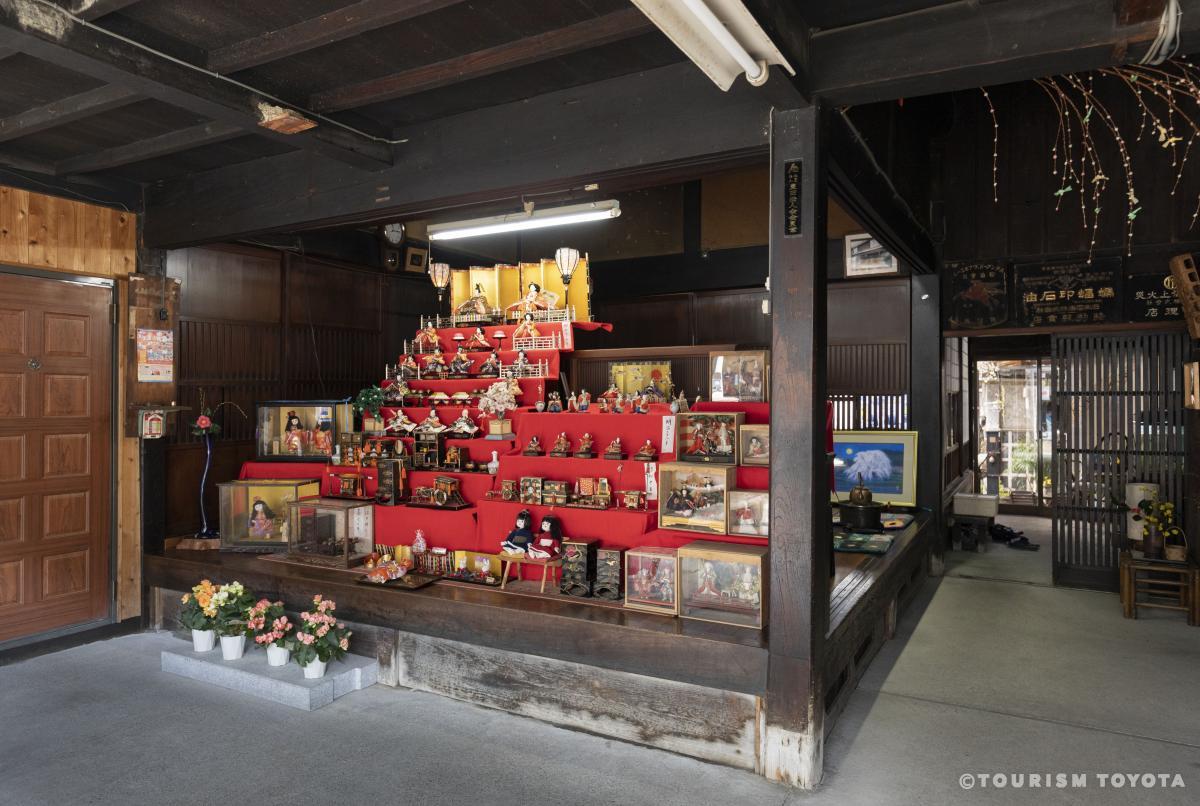
Hina Dolls of Chuma in Asuke
Asuke-Area
The homes and shops lining the old streets of Asuke decorate their foyers and interiors w…



-
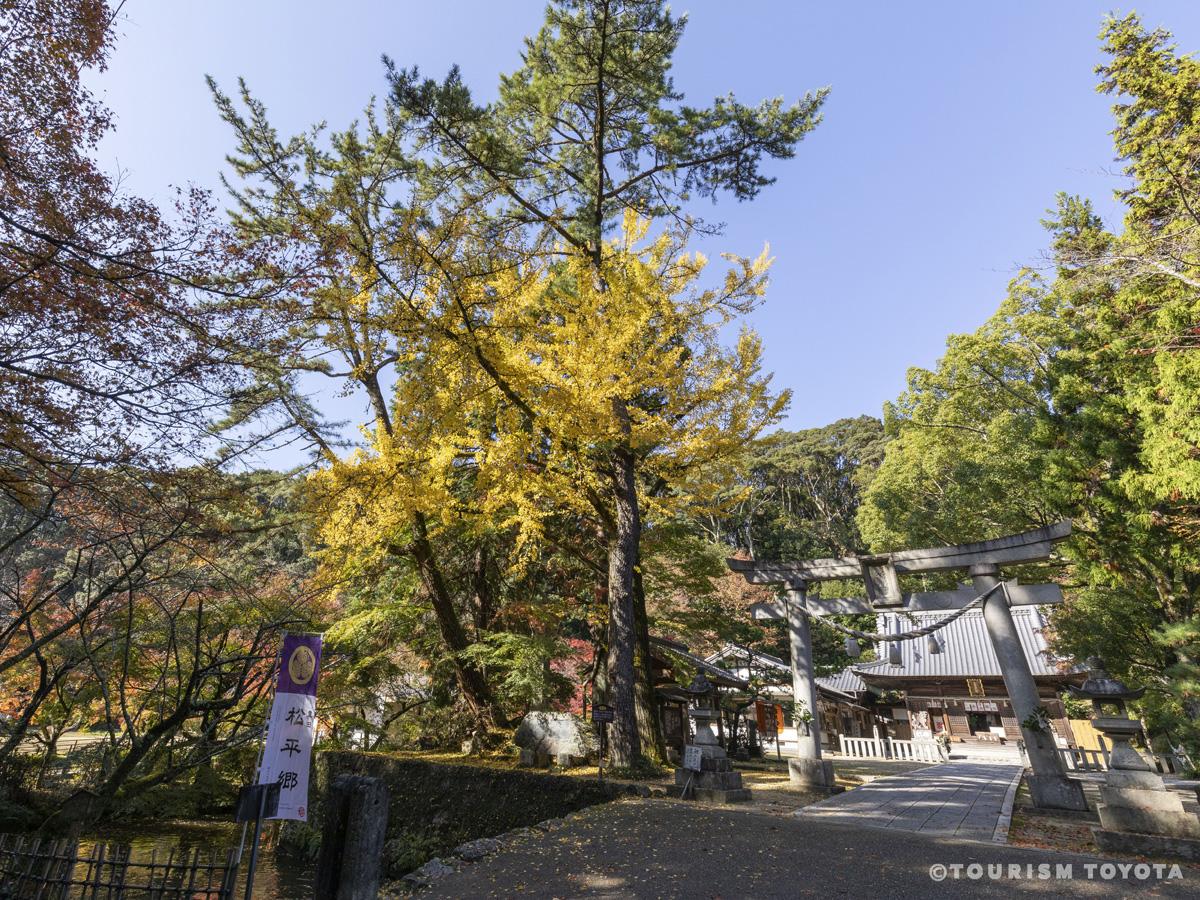
Matsudaira-Go
Matsudaira-Area


-
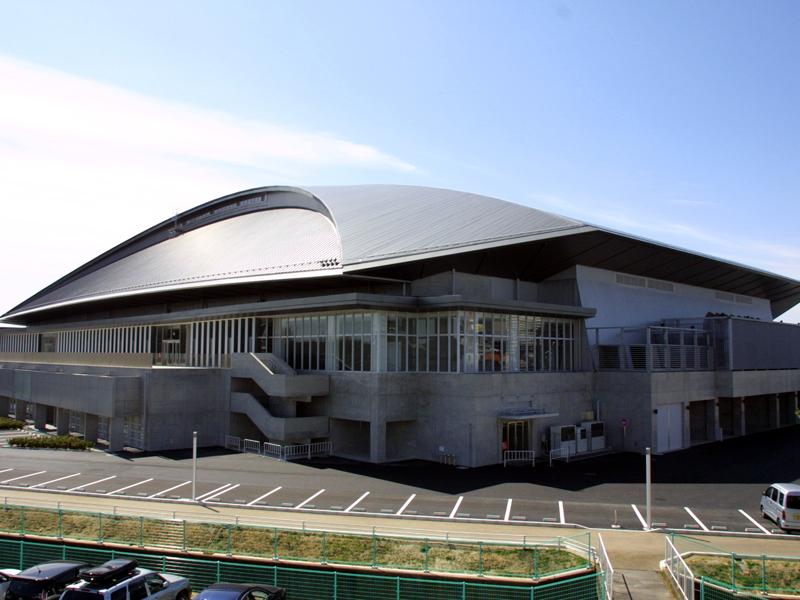
Sky Hall Toyota
Toyota-Area
Sky Hall Toyota is a base facility for indoor sports with a main hall, a sub hall and a b…


-
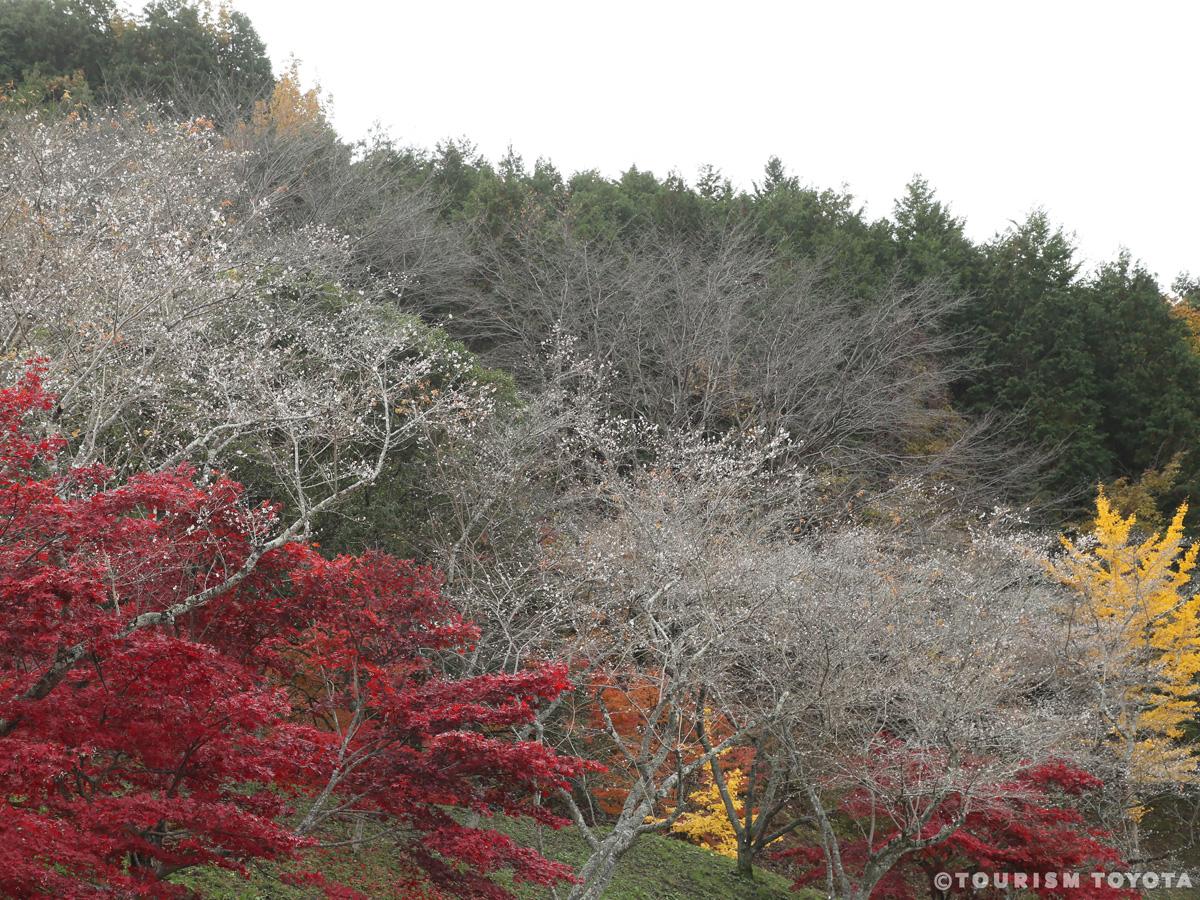
Shikizakura Four-Season Cherry Blossoms of Obara Fureai Park
Obara-Area
The Obara Fureai Park acts as a place of recreation and respite for local residents. The …

-

Kura-no-Naka Gallery Manrin Bookshop & Café
Asuke-Area
Along the Old Road of Asuke, a once busy Shio-no-Michi route - as vital backbone trading …
-
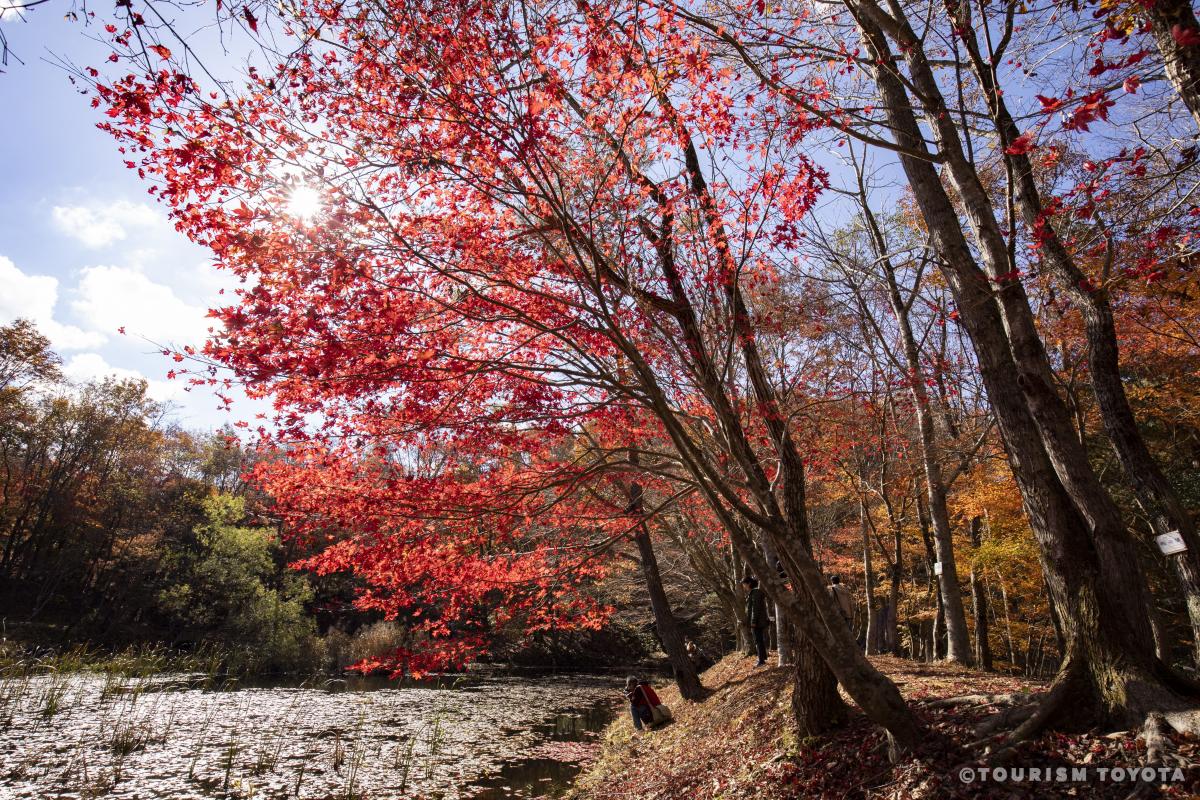
Takadoya Wetland
Inabu-Area
The Takadoya Wetland area offers visitors a level walking course equipped with boardwalks…
-
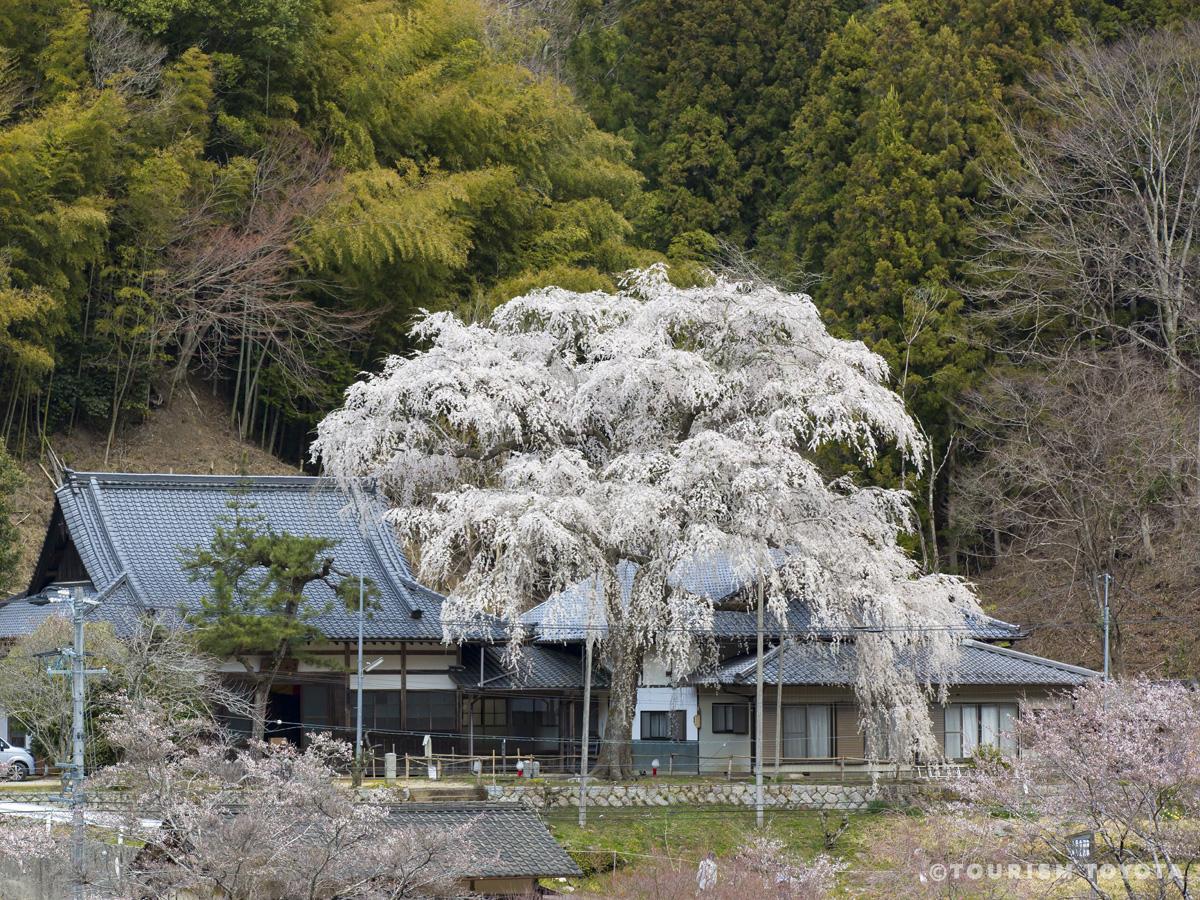
Daianji Temple
Inabu-Area
Daianji Temple belongs to the Soto school of Zen Buddhism and was established in the year…
-
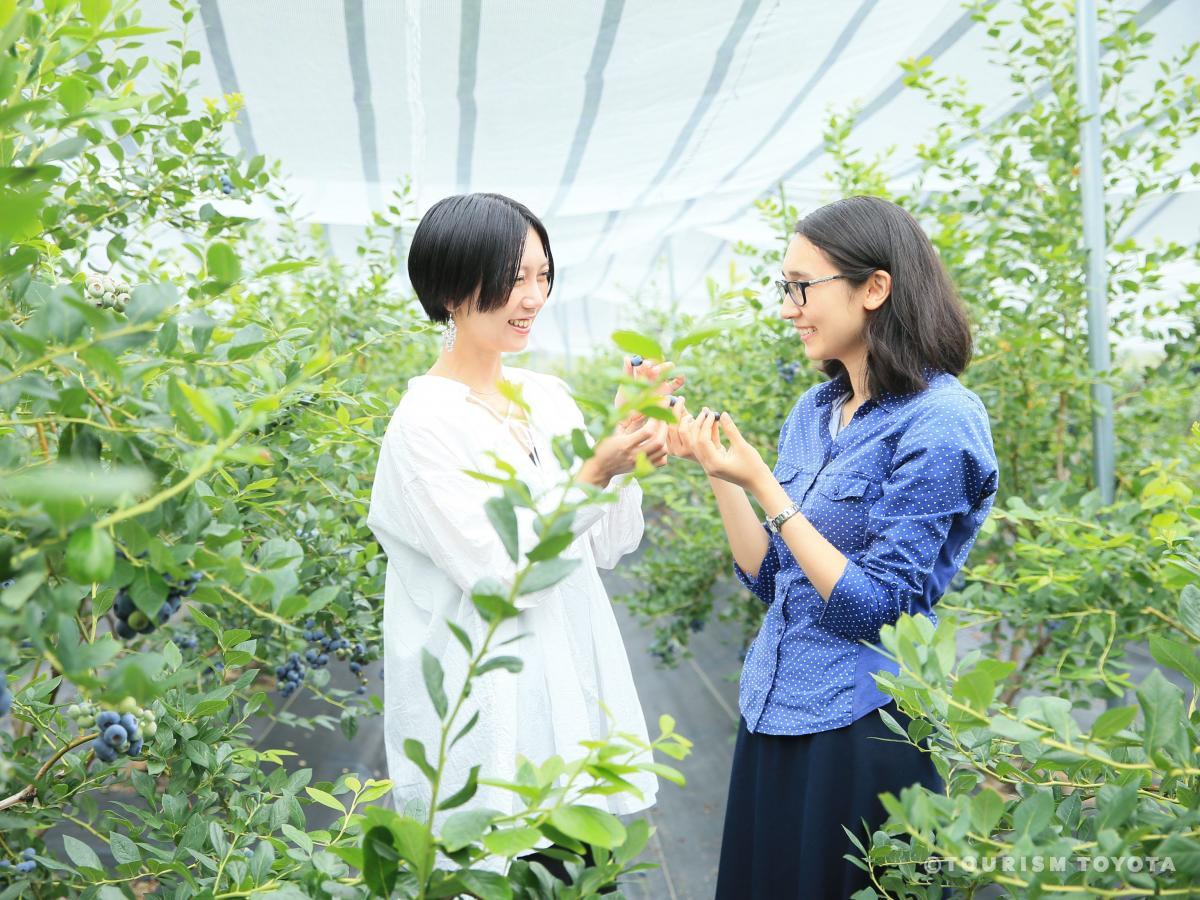
Blueberry-no-Komichi
Inabu-Area
Blueberry-no-Komichi has been in operation in the Inabu region since July 2008. Spend a l…
-
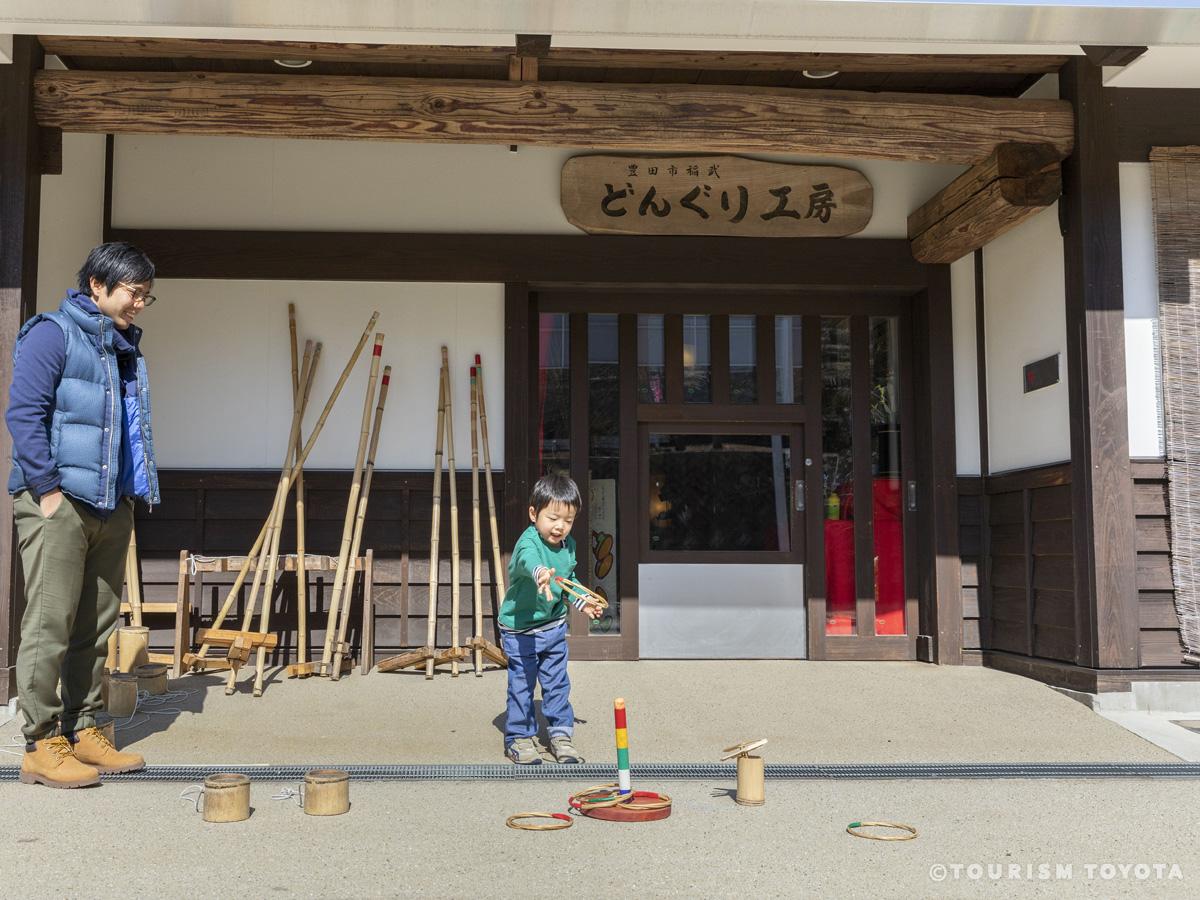
Donguri Workshop
Inabu-Area
Donguri Workshop is a facility set within a natural area in the mountains with a rich his…


-
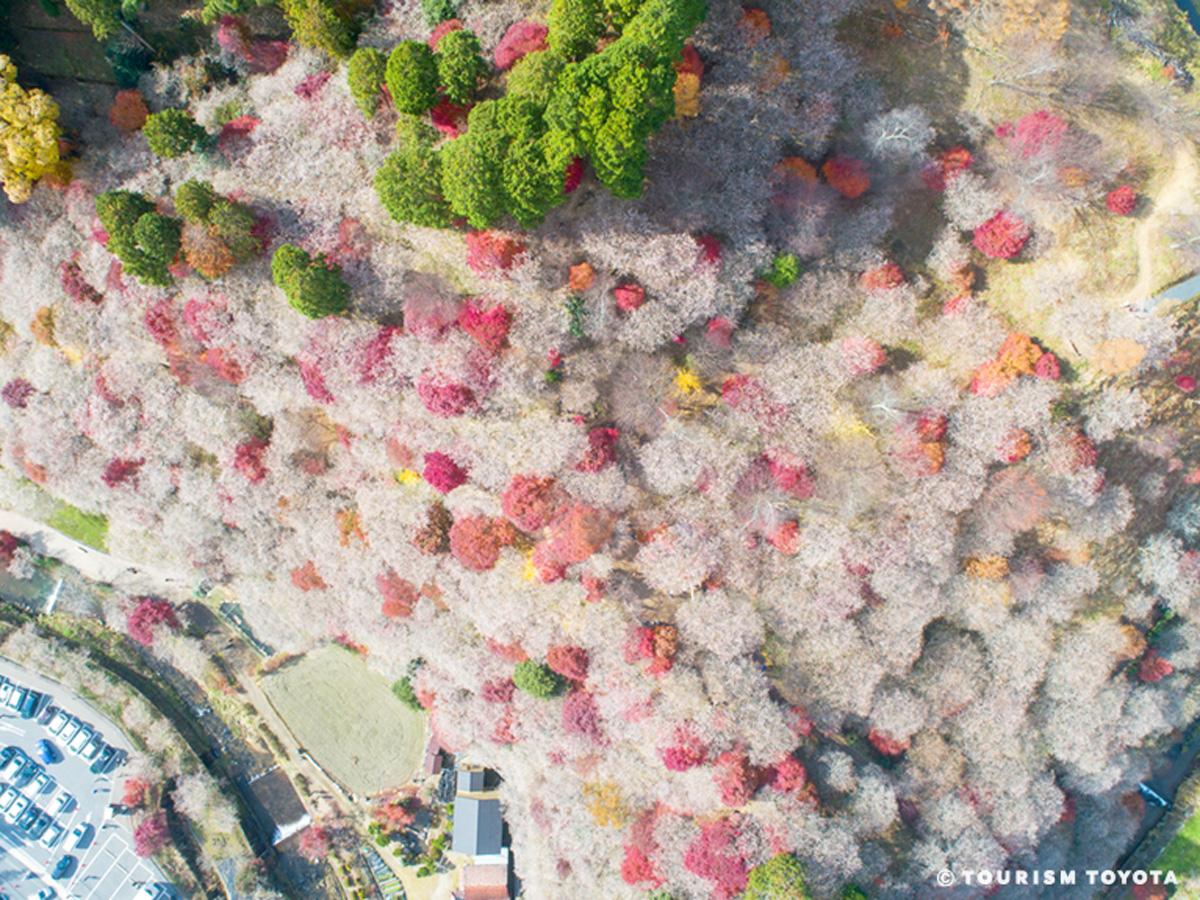
Semmi Shikizakura no Sato Park
Obara-Area
Take in a breathtaking view of 1,200 shikizakura cherry trees as their flowers contrast w…
-
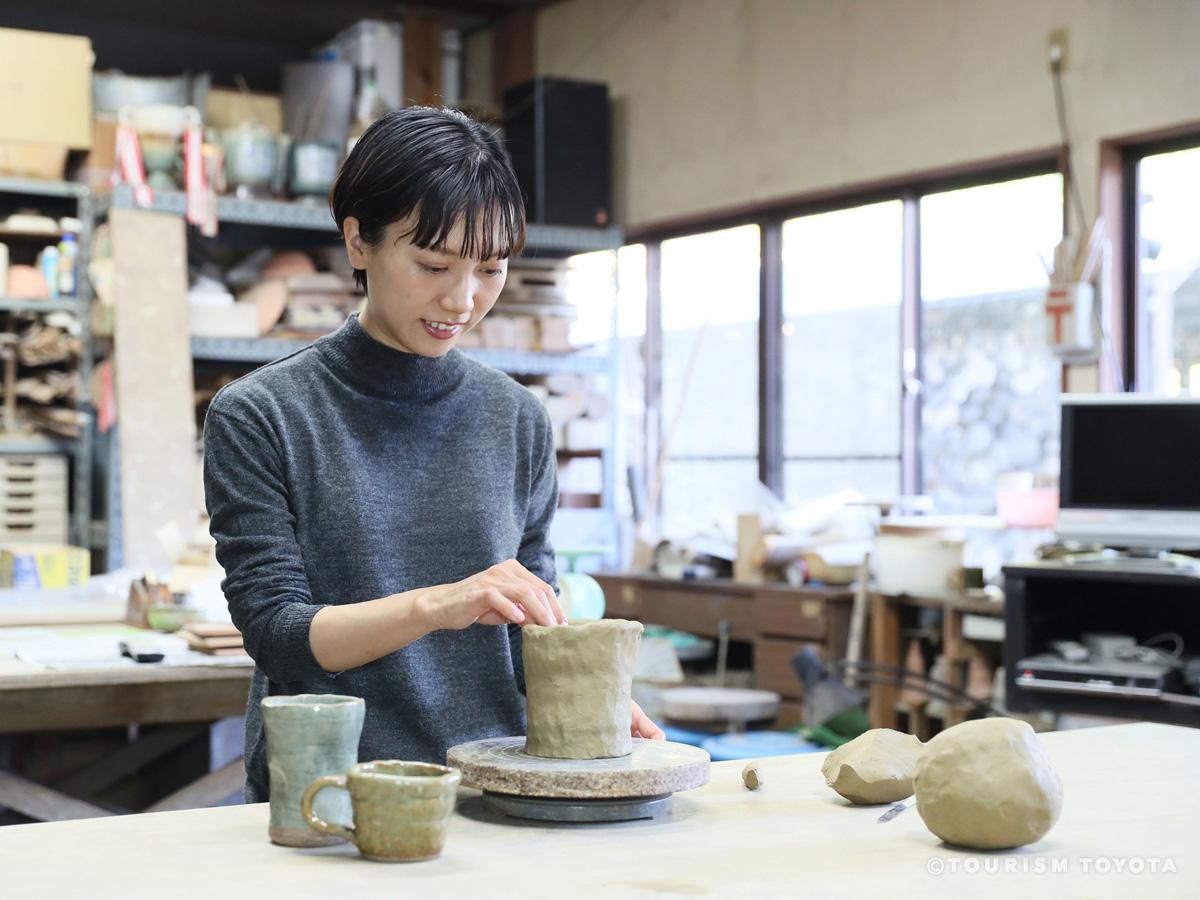
Obara Kama (Pottery Workshop)
Obara-Area
You can try your hand at pottery in the workshop. The shop also exhibits and sells a rang…
-
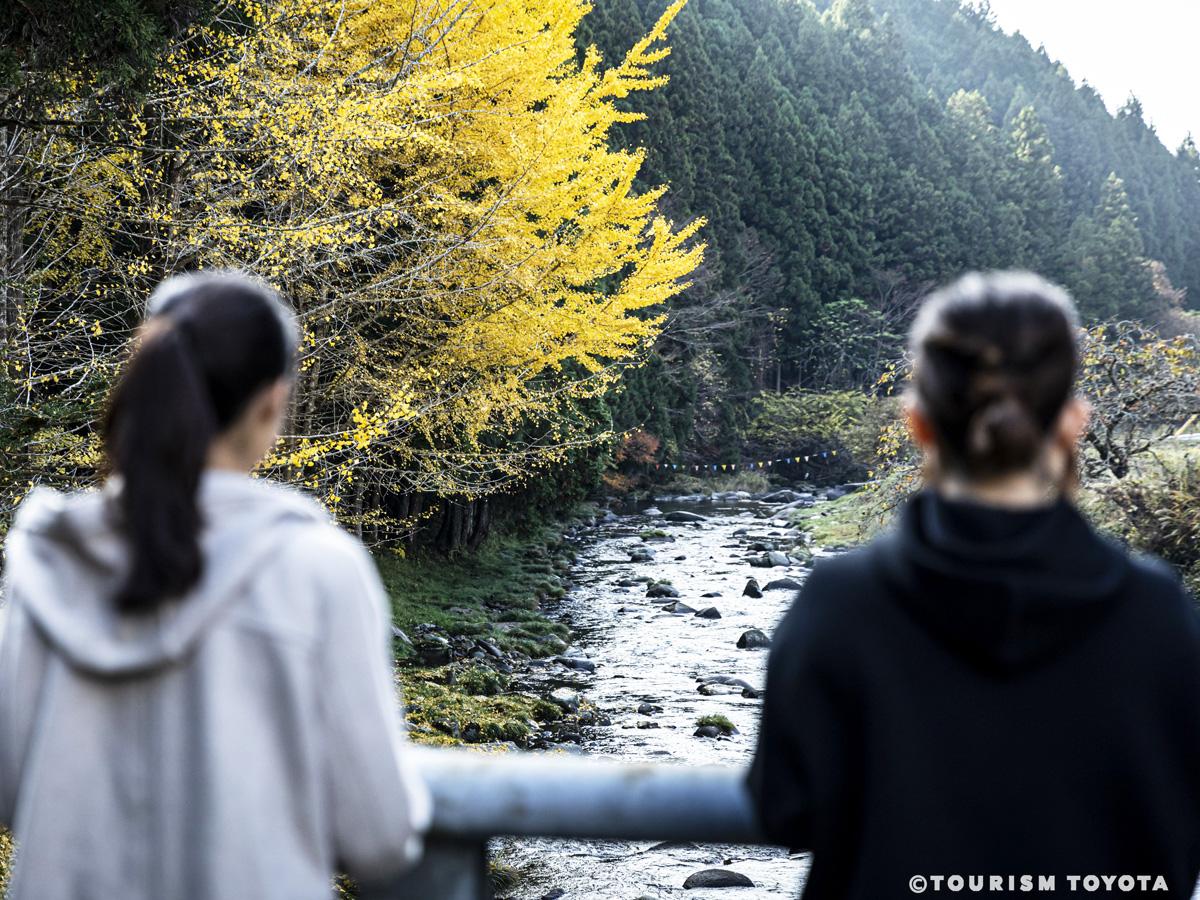
Noharagawa Tourism Center
Shimoyama-Area
Enjoy nature to the fullest from season to season with refreshing breezes along the clear…
-
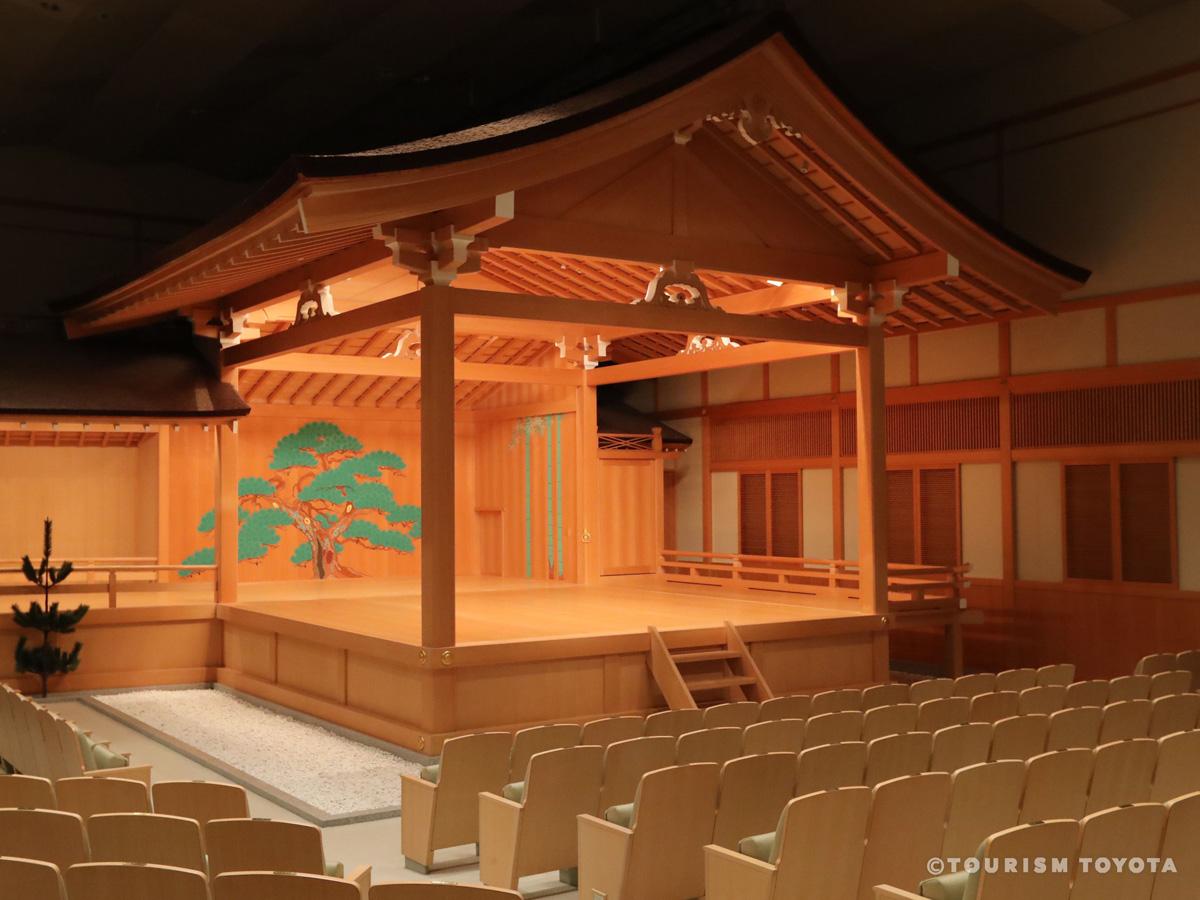
Toyota City Concert Hall - Nohgakudo
Toyota-Area
A Noh theater in the Toyota Sangohkan urban redevelopment building. Featuring a Kirizuma-…
-
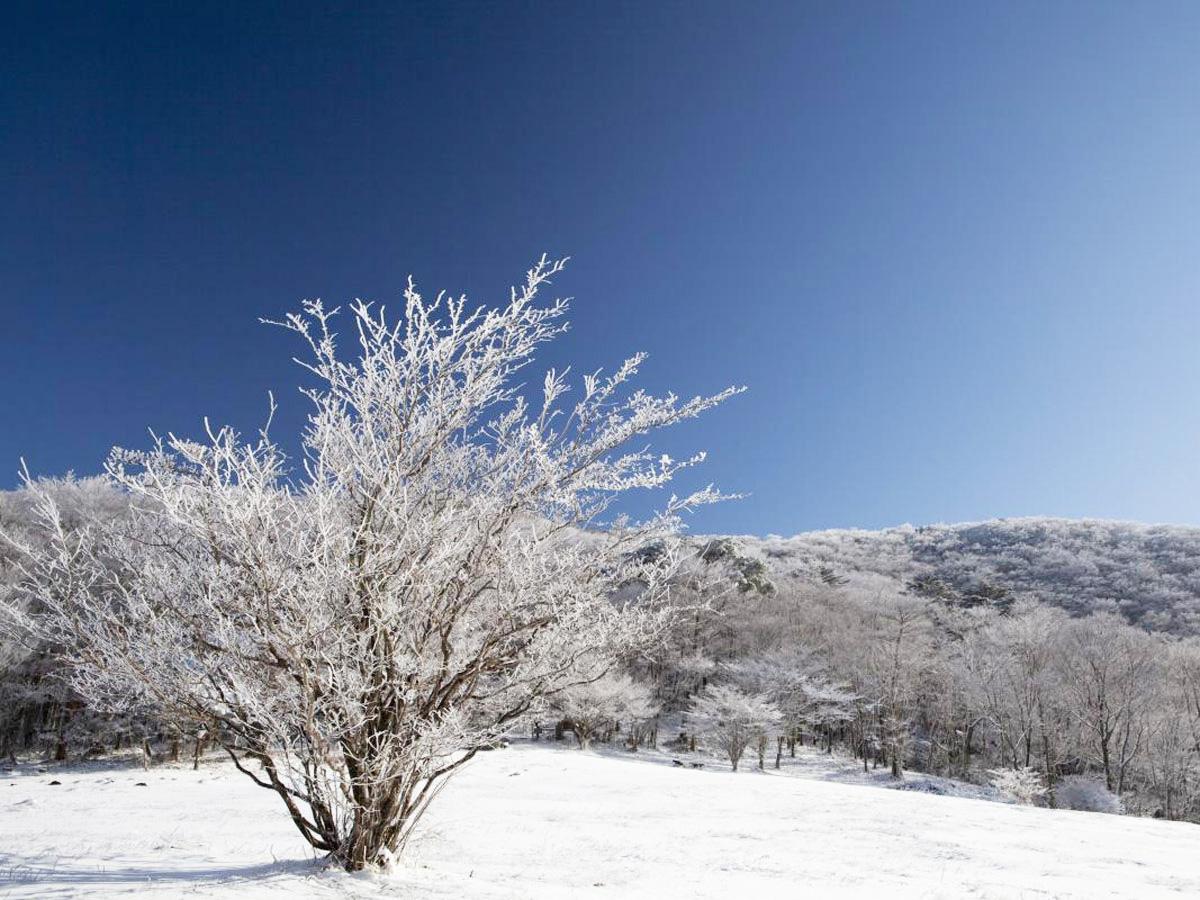
Mennoki Soft Rime Virgin Forest
Inabu-Area
The virgin forest of Mennoki, filled with beech trees over 300 years old, is designated a…

-
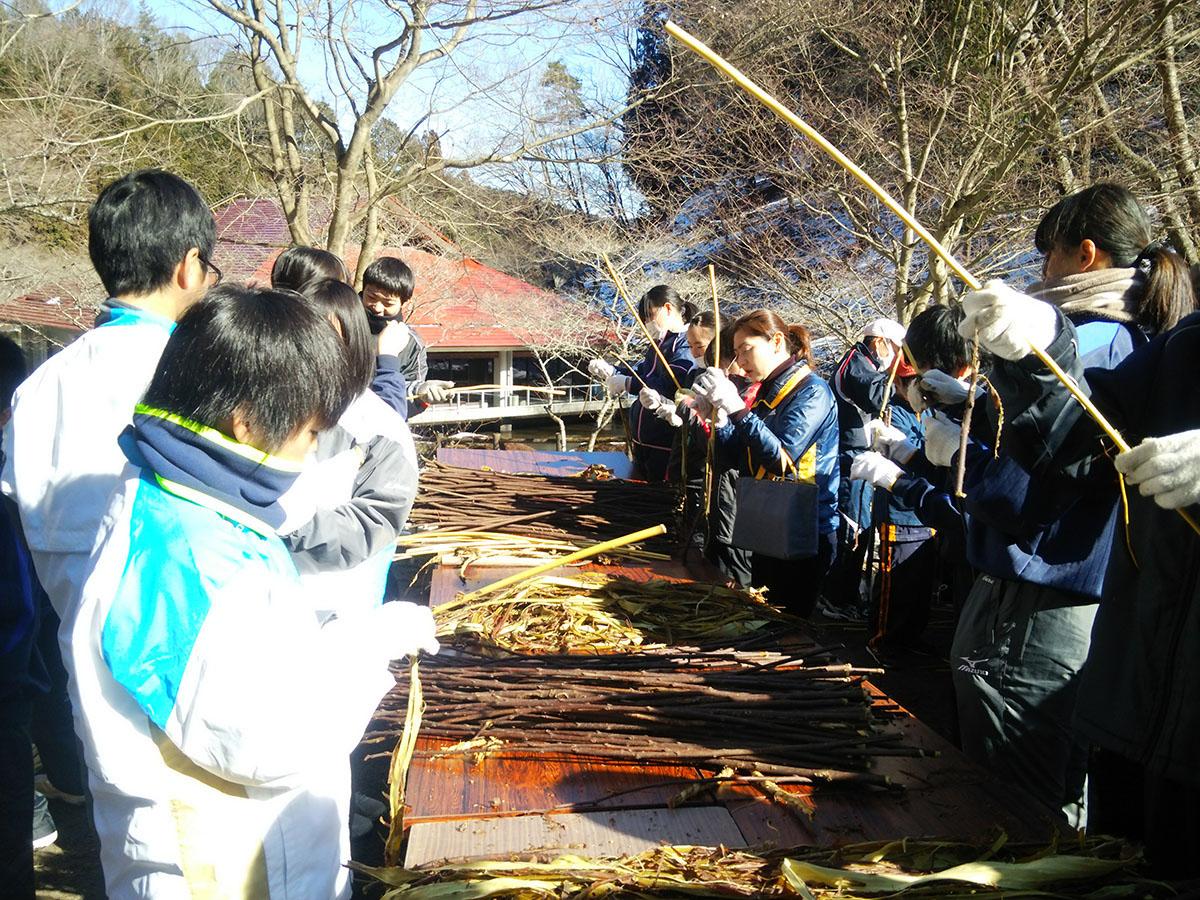
Kanzokashiki Washi Japanese Paper Making Experience
Obara-Area
Toyotashi Obara Paper Art Museum (Toyotashi Washi-no-Furusato) annually hosts the Kanzoka…

-
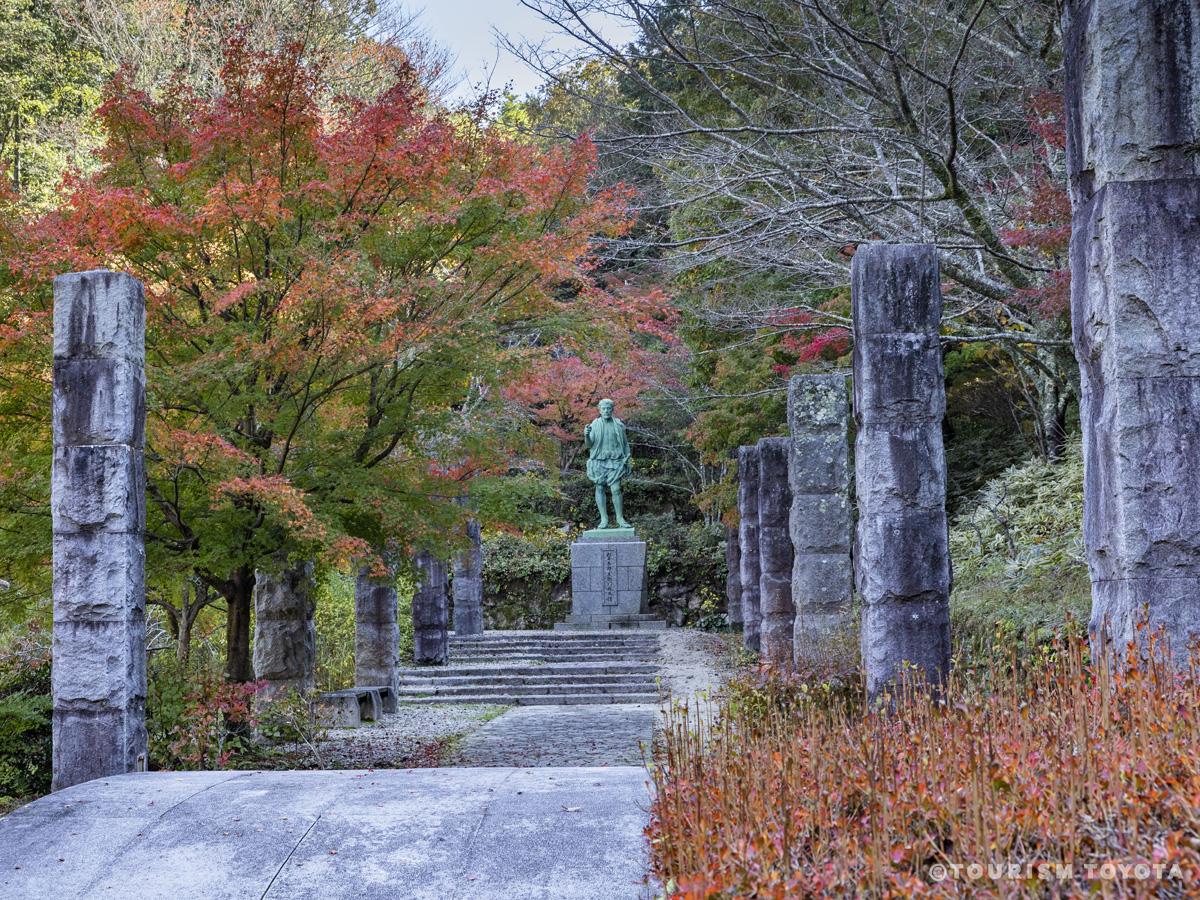
Matsudaira-go Enchi Park
Matsudaira-Area
Matsudaira-go Enchi Park is a five-acre expanse of greenery next to the main road in the …
-
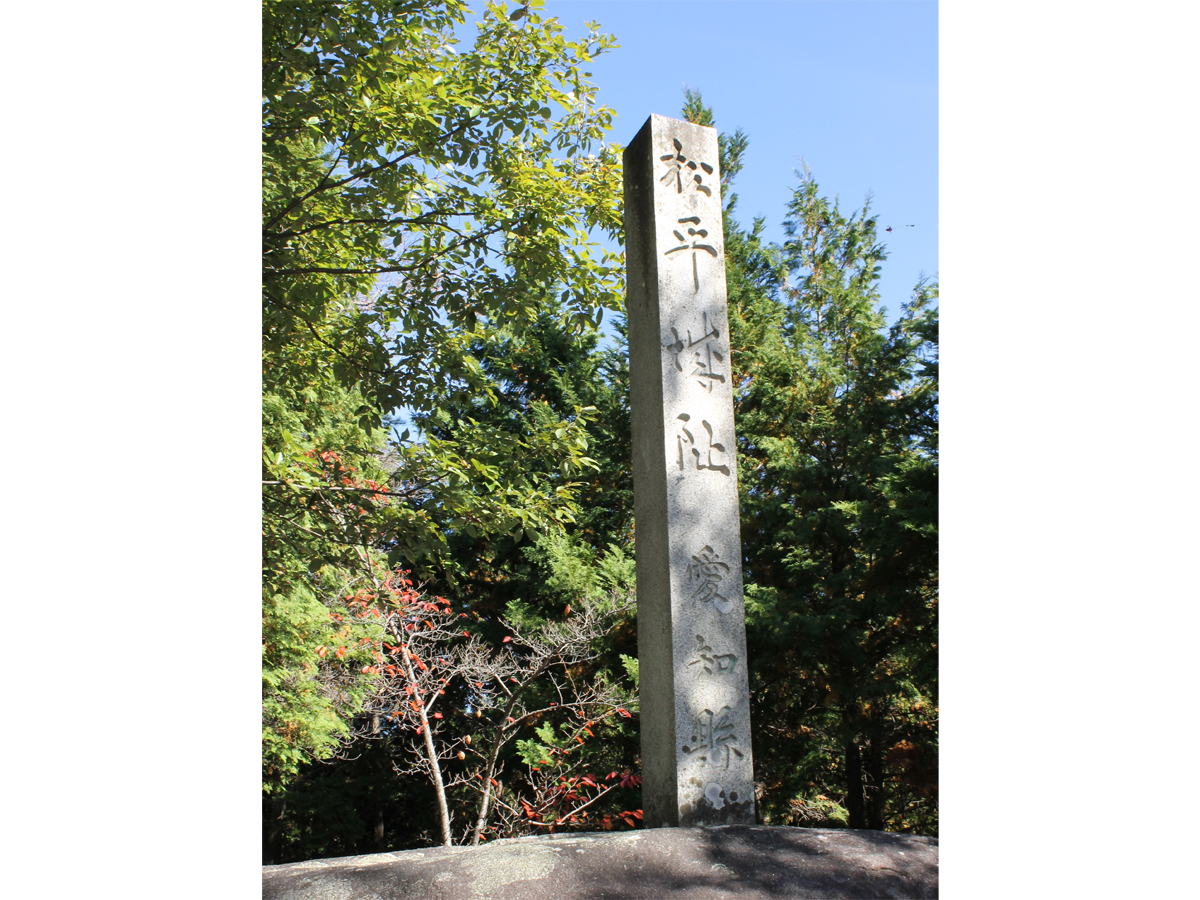
Matsudaira Castle Site
Matsudaira-Area
On a now heavily forested hill overlooking the road into the village of Matsudaira is the…
-
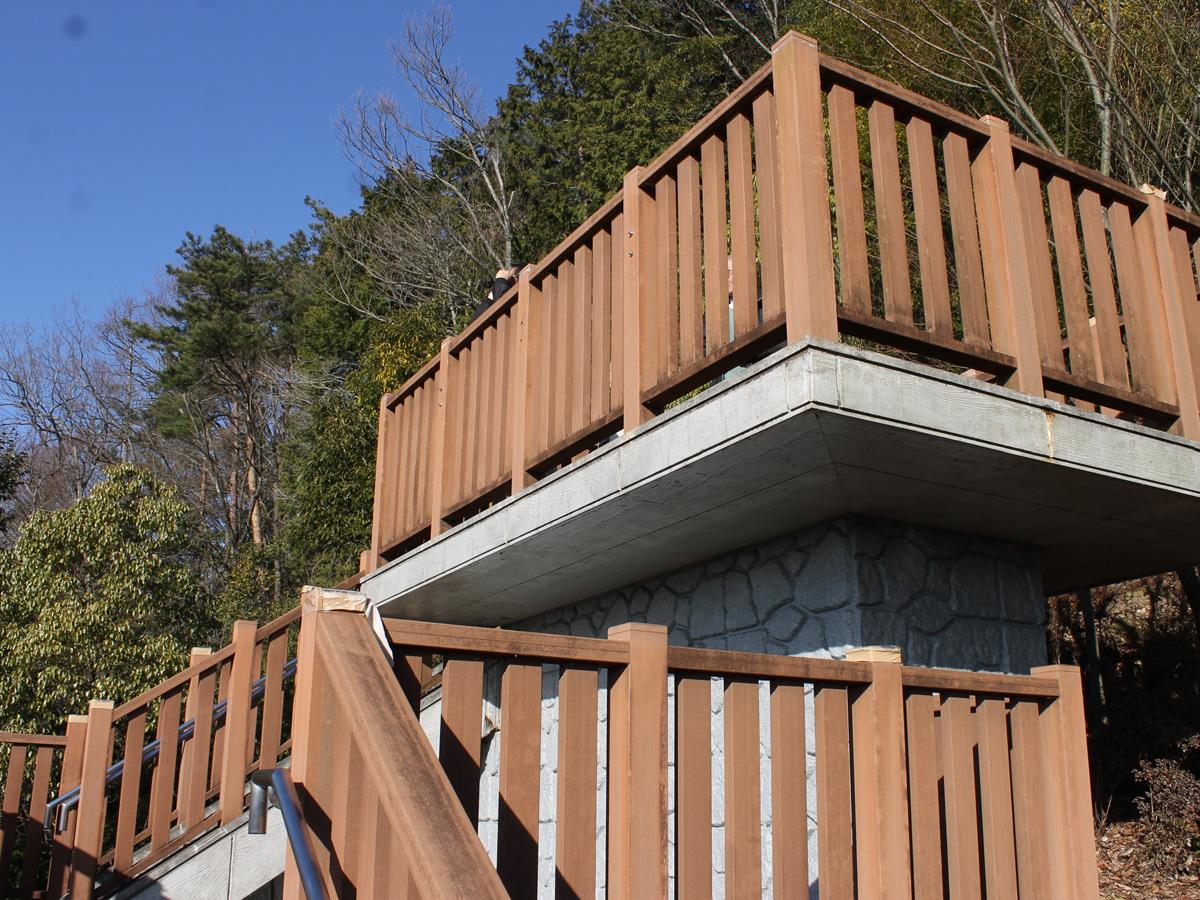
Matsudaira-go Lookout Terrace
Matsudaira-Area
-
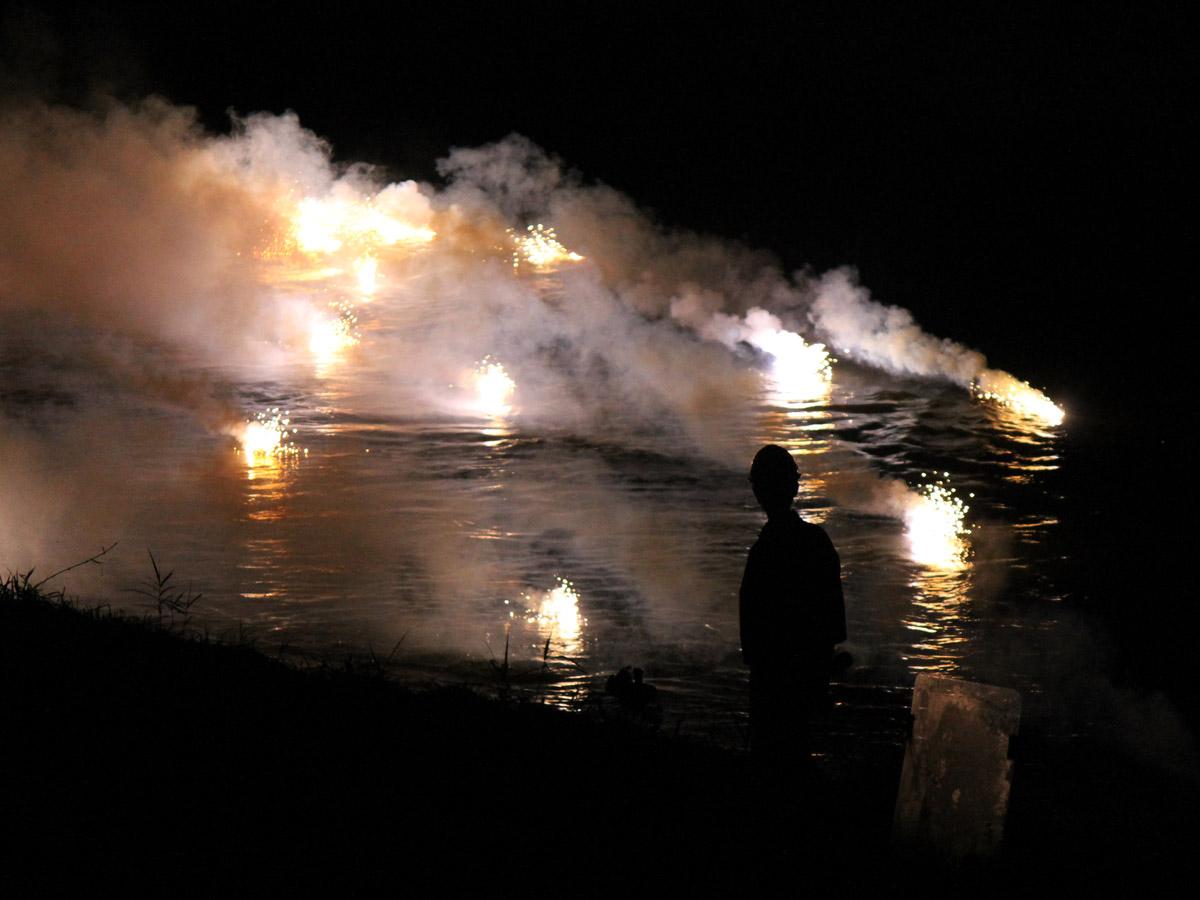
Tomoegawa Kingyo Fireworks
Matsudaira-Area
Tomoegawa Kingyo Fireworks is held annually and features an impressive display of firewor…
-
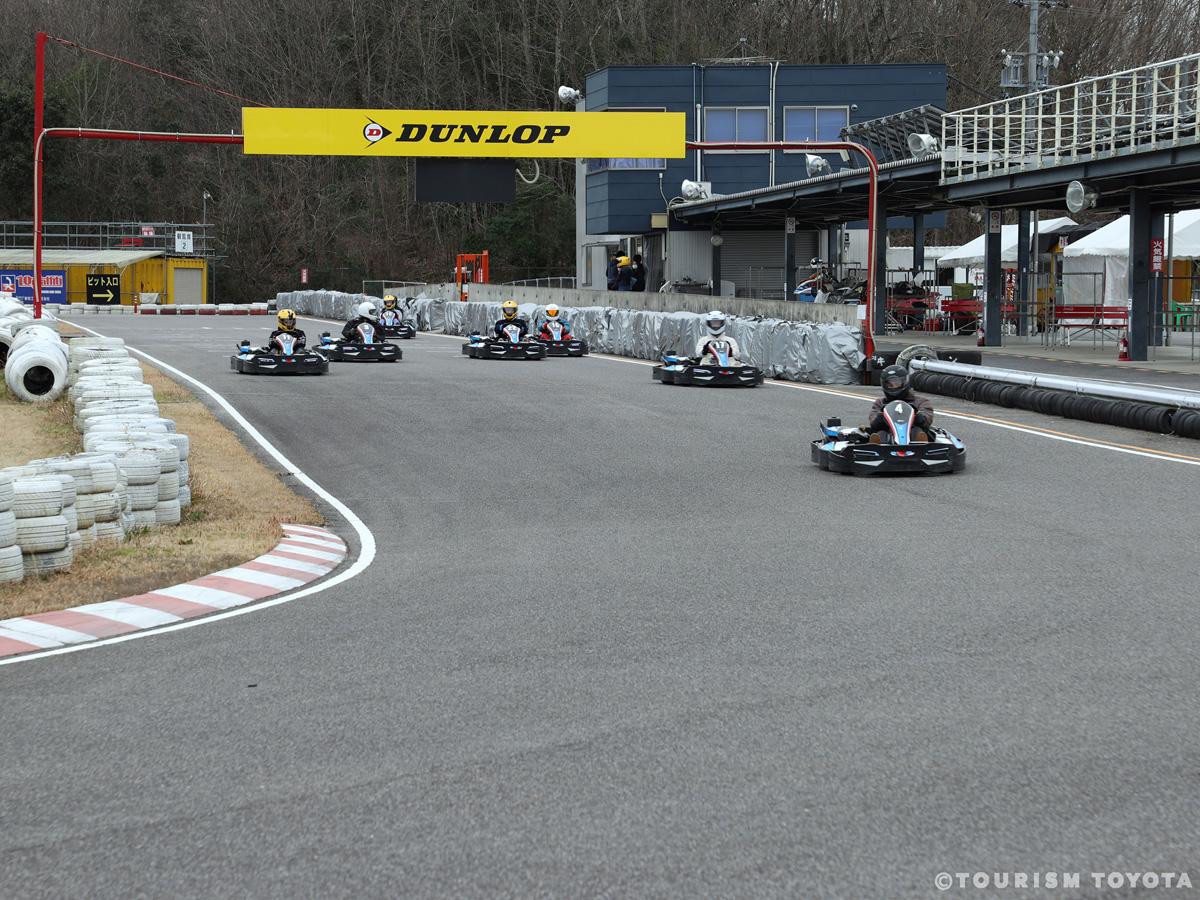
Ishino Circuit
Toyota-Area
From the rental go-kart to the helmet and gloves, everything you need for racing can be r…
-
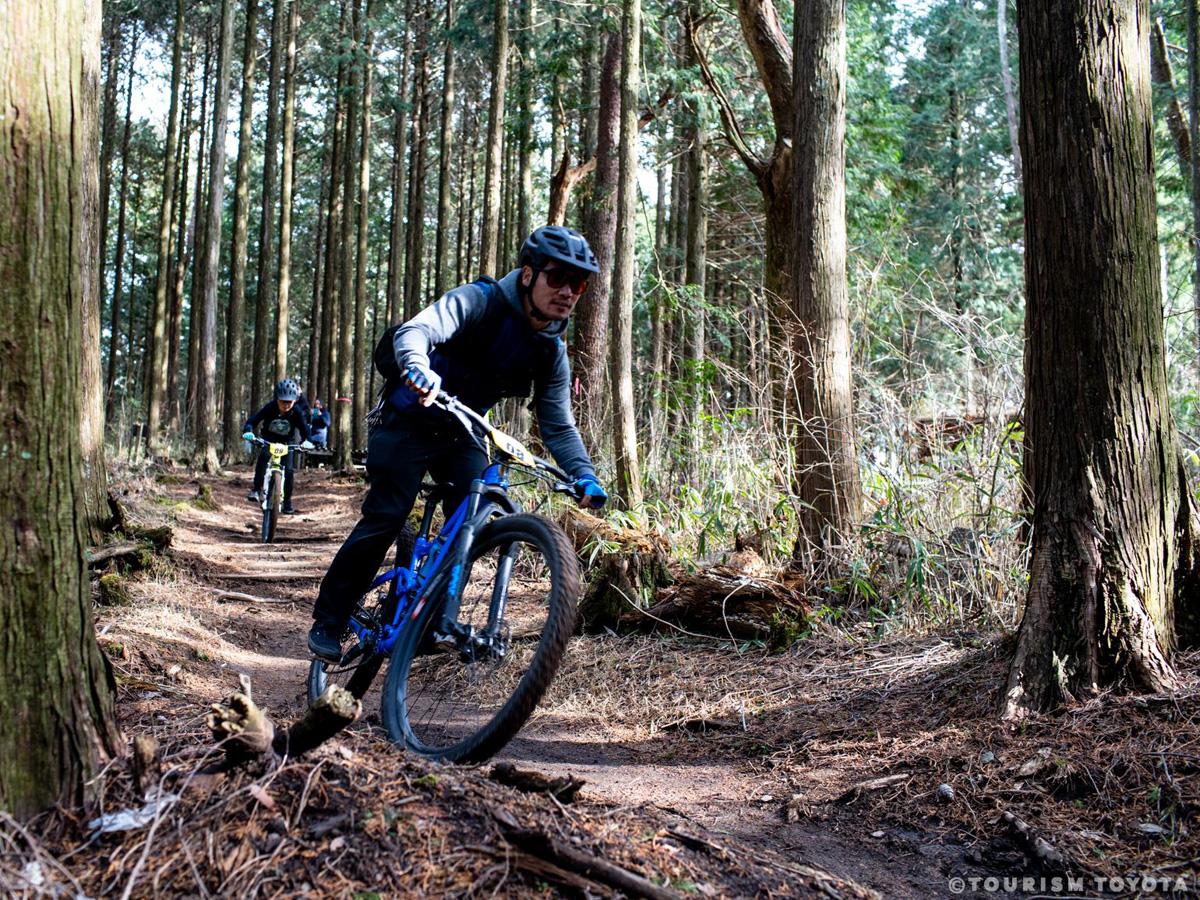
26ism Asagiri Trail
Shimoyama-Area
Experience mountain cycling at Mikawakougen Camp Village! Intended for beginner through i…
-
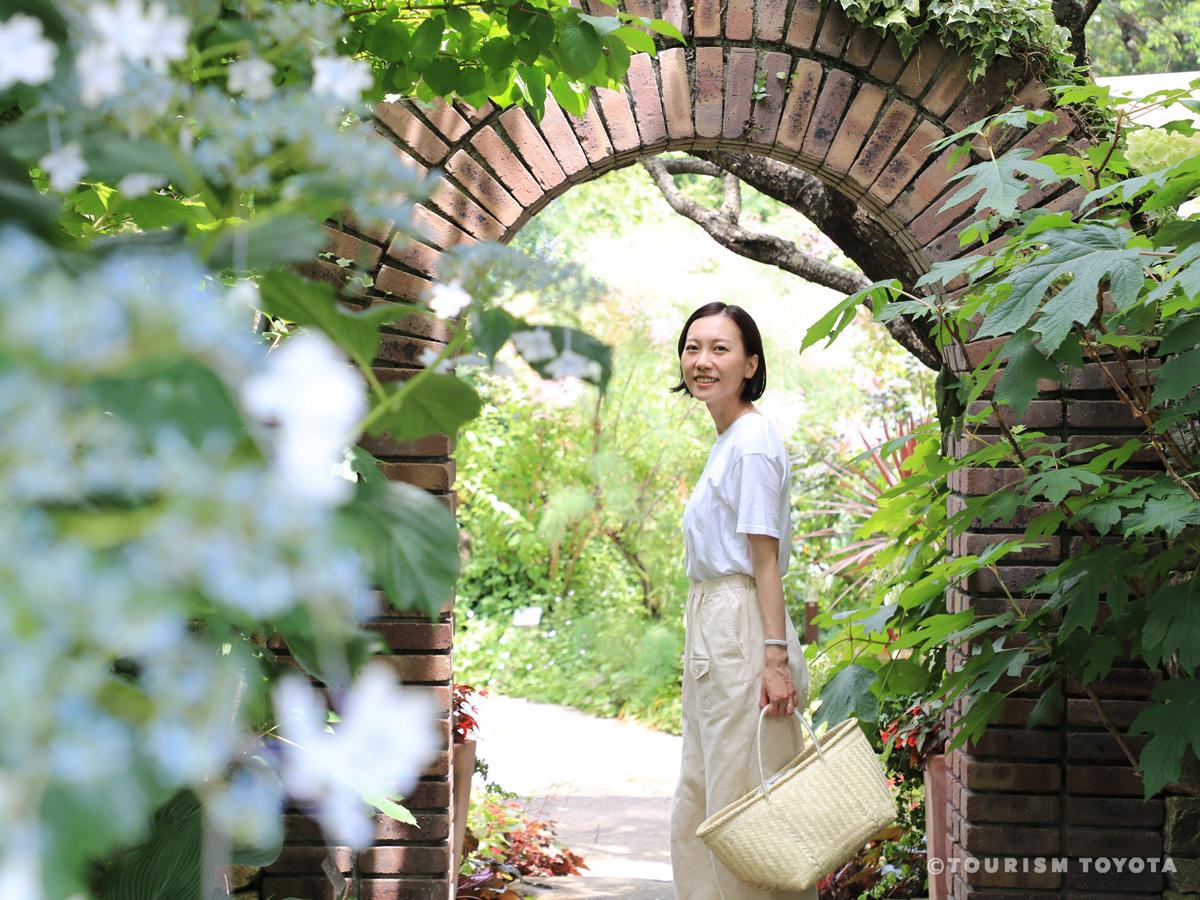
Gardening Museum Kayutei
Toyota-Area
Stroll through 28 different themed gardens, including a natural garden, a Japanese garden…
-
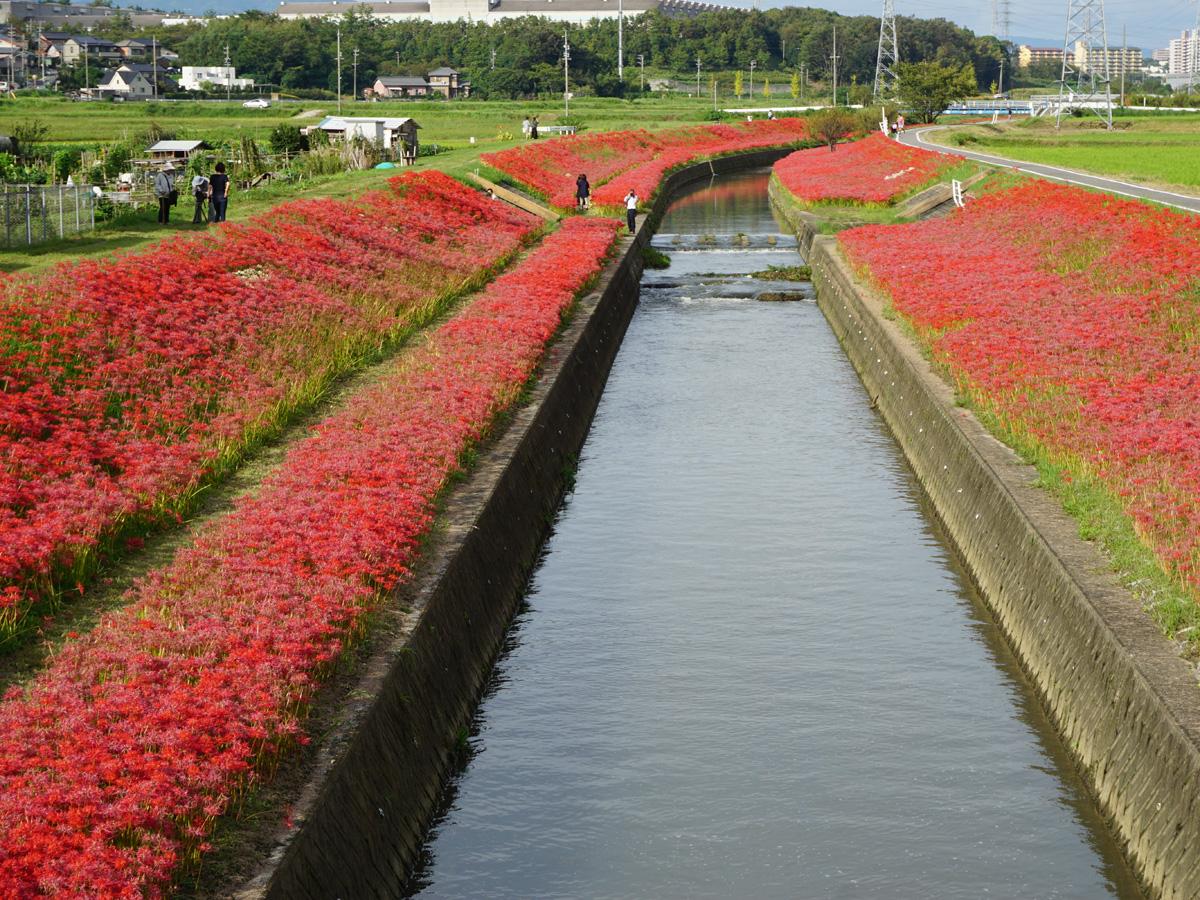
Red Spider Lilies of the Aizumame River
Toyota-Area
Approximately 450 meters of red spider lilies bloom on both banks of the Aizumame River i…
-
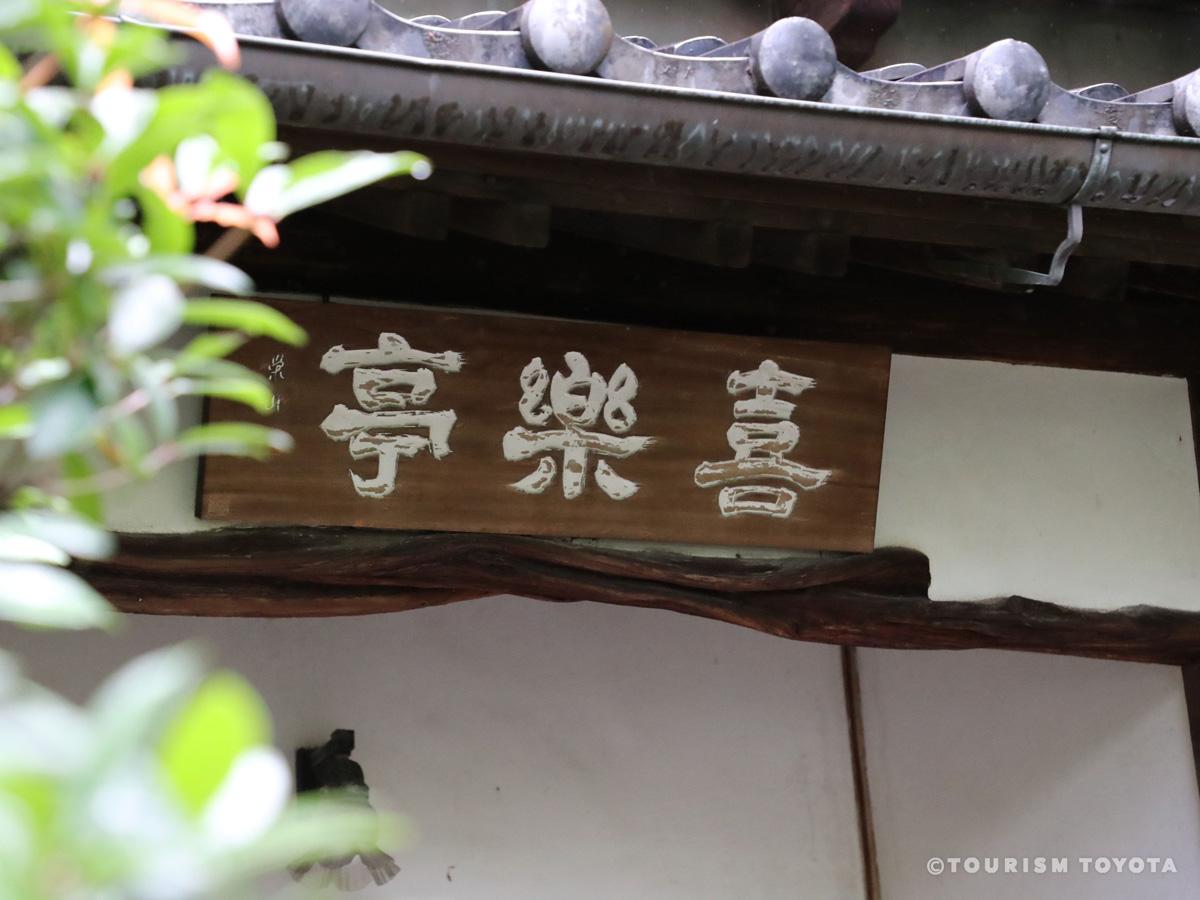
Kirakutei
Toyota-Area
Located inside the grounds of the Toyota Sangyo Bunka Center, Kirakutei is a modern Japan…
-
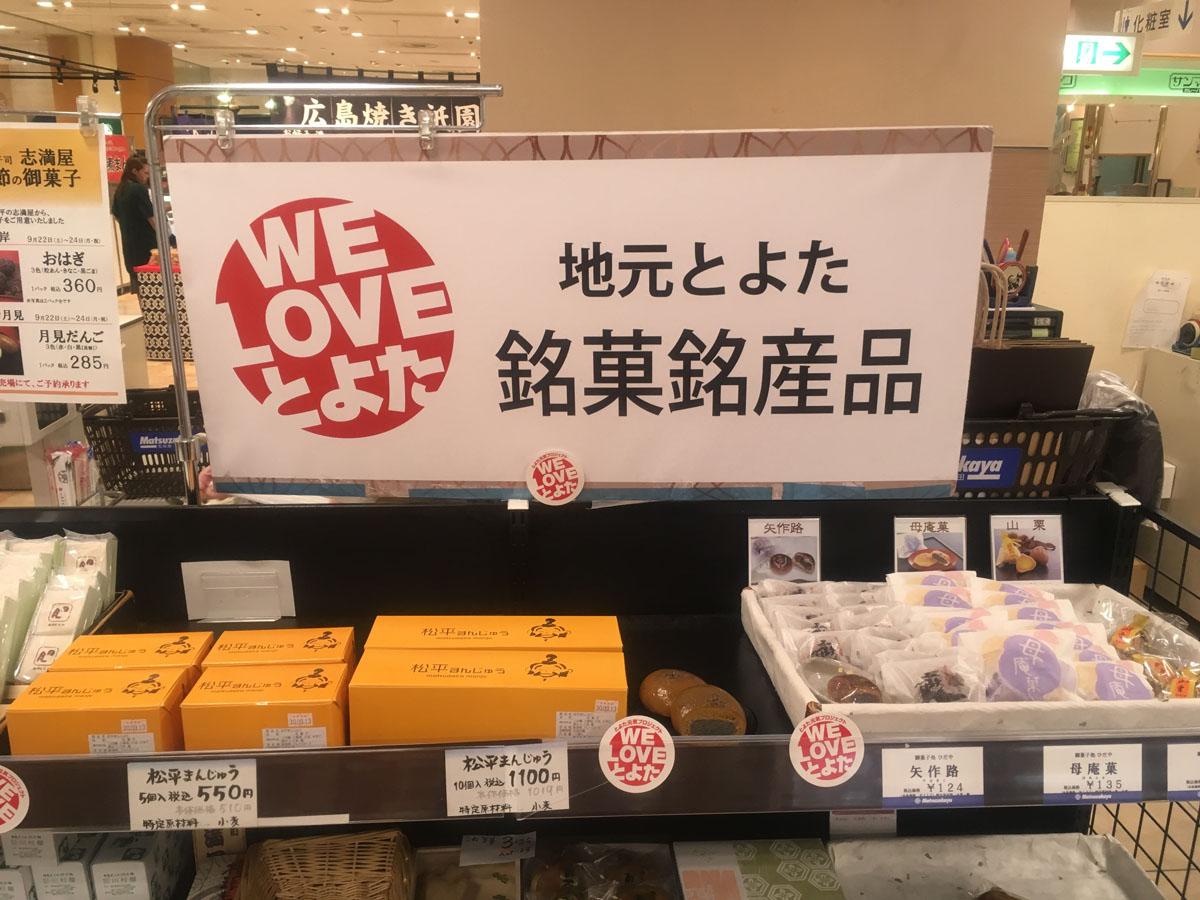
Matsuzakaya Toyota
Toyota-Area
Only a one-minute walk from Meitetsu Toyotashi Station, the Matsuzakaya Toyota department…
-
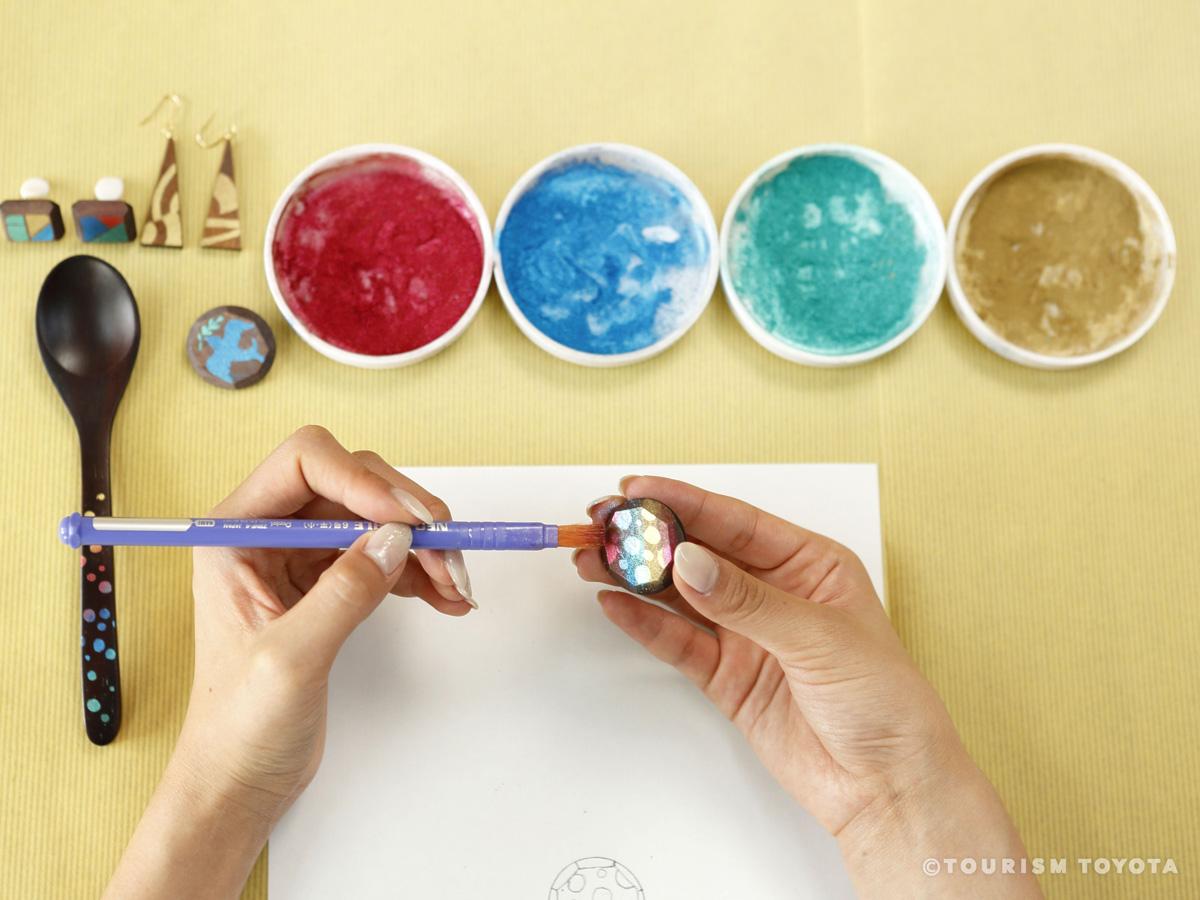
Sasahira Workshop
Obara-Area
Sasahira Workshop holds classes on making artistic handicrafts with lacquer or Japanese w…
-
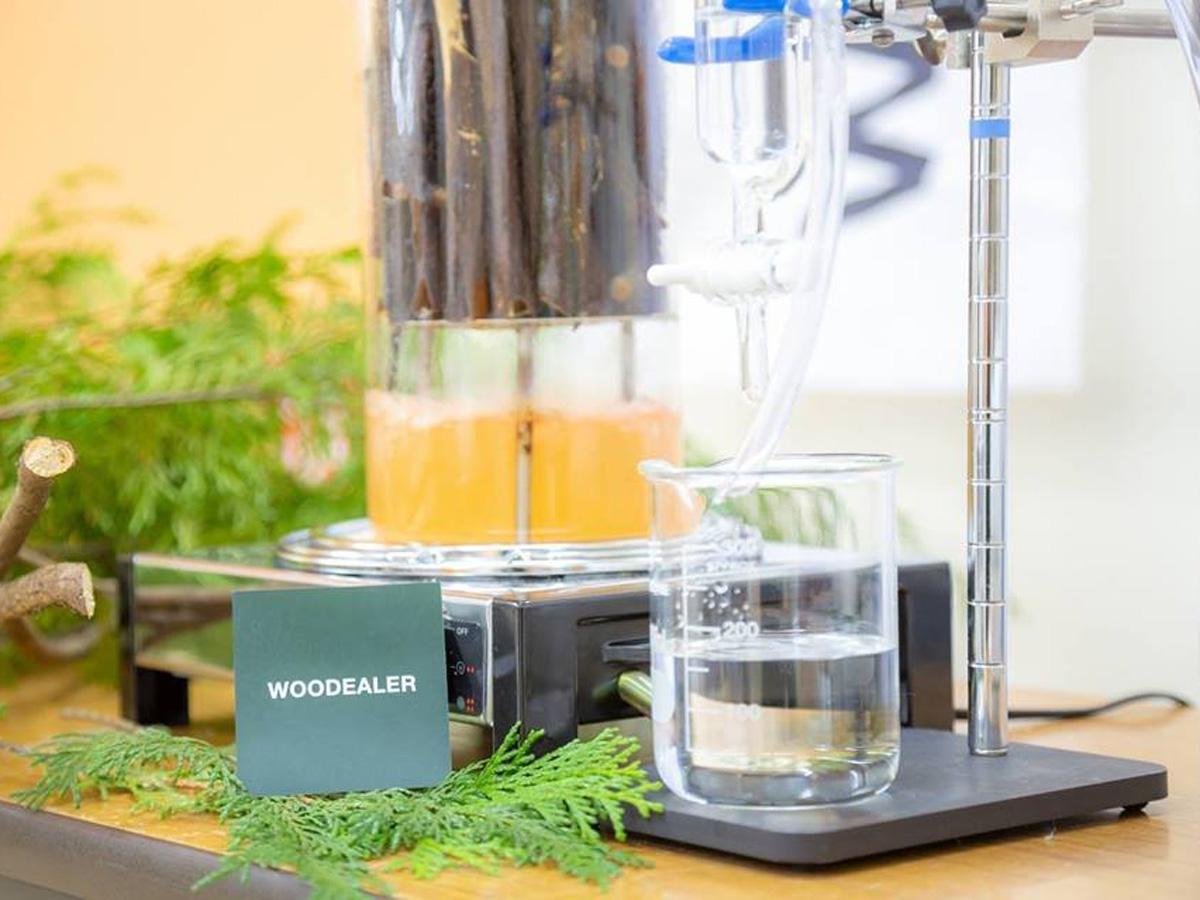
WOODEALER Toyota
Toyota-Area
At WOODEALER Toyota, Japanese cypress, Japanese cedar, and spicebush foliage from woods i…
-
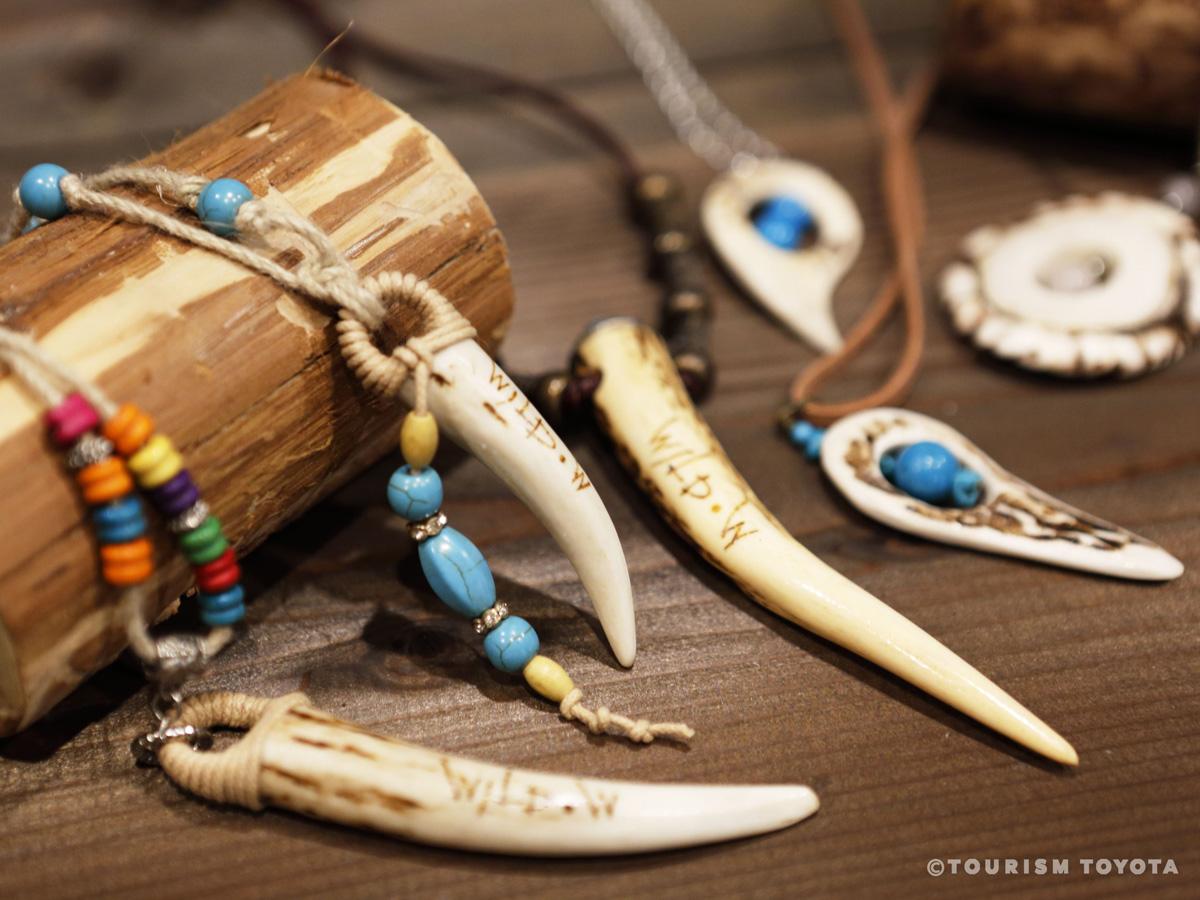
Sanshu Shishi Mori Shachu
Asuke-Area
Sanshu Shishi Mori Shachu is a workshop and gallery offering a range of accessory and cra…
-
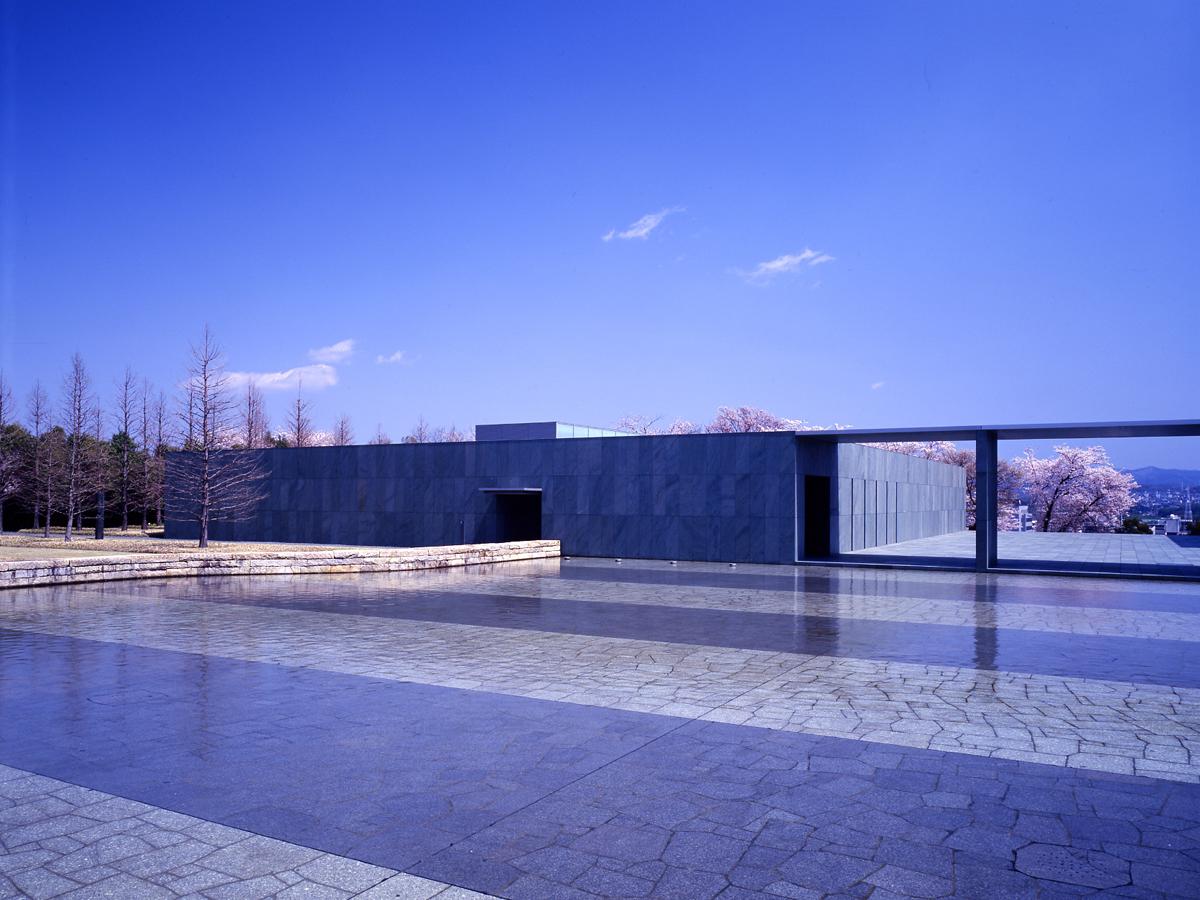
Toyota Municipal Museum of Art: Takahashi Setsuro Gallery
Toyota-Area
-

Gustav Klimt: Vienna - Japan 1900
Toyota-Area
The Gustav Klimt: Vienna – Japan 1900 exhibition takes place at the Toyota Municipal Muse…
-

Karen-no-Yakata Newly Reopened
Shimoyama-Area
-
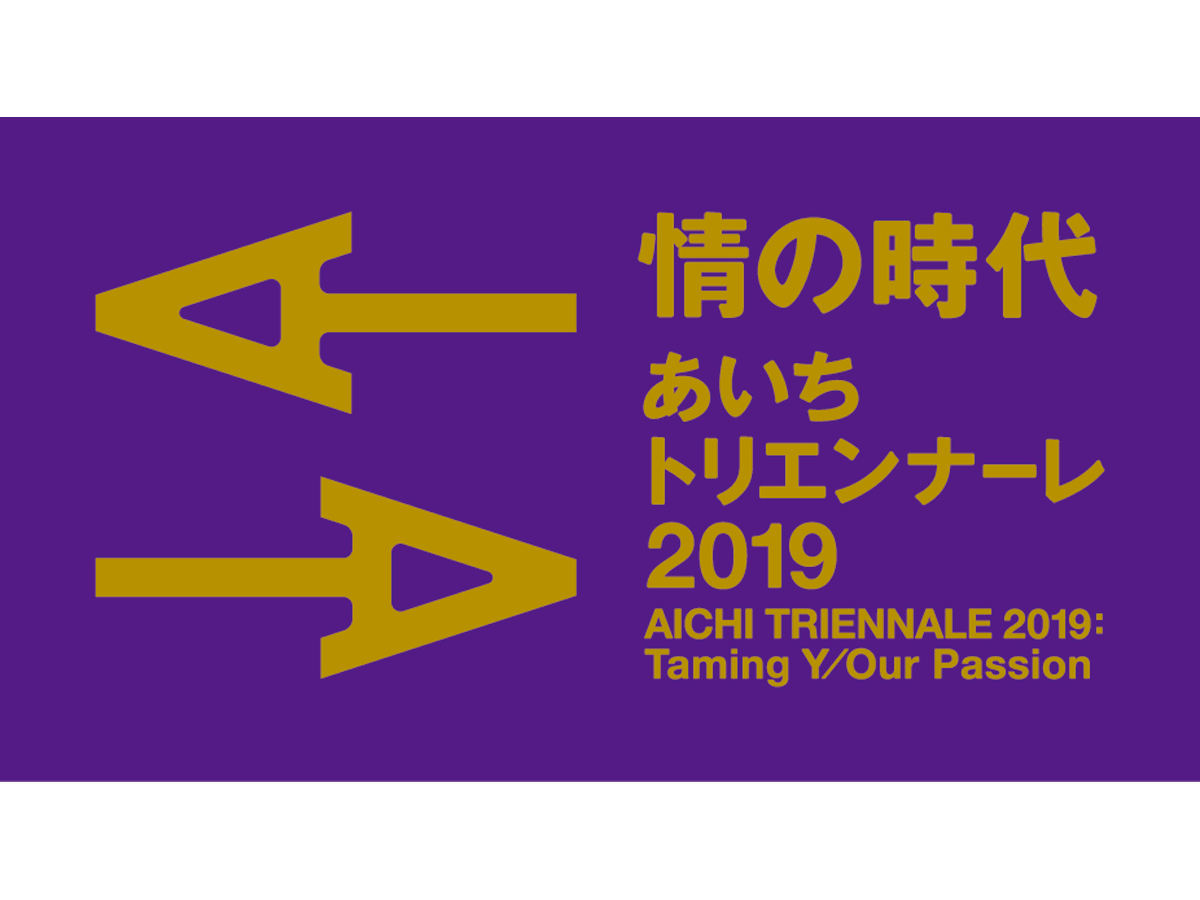
Aichi Triennale 2019
Toyota-Area
One of the largest international contemporary art festivals in Japan, the Aichi Triennale…
-
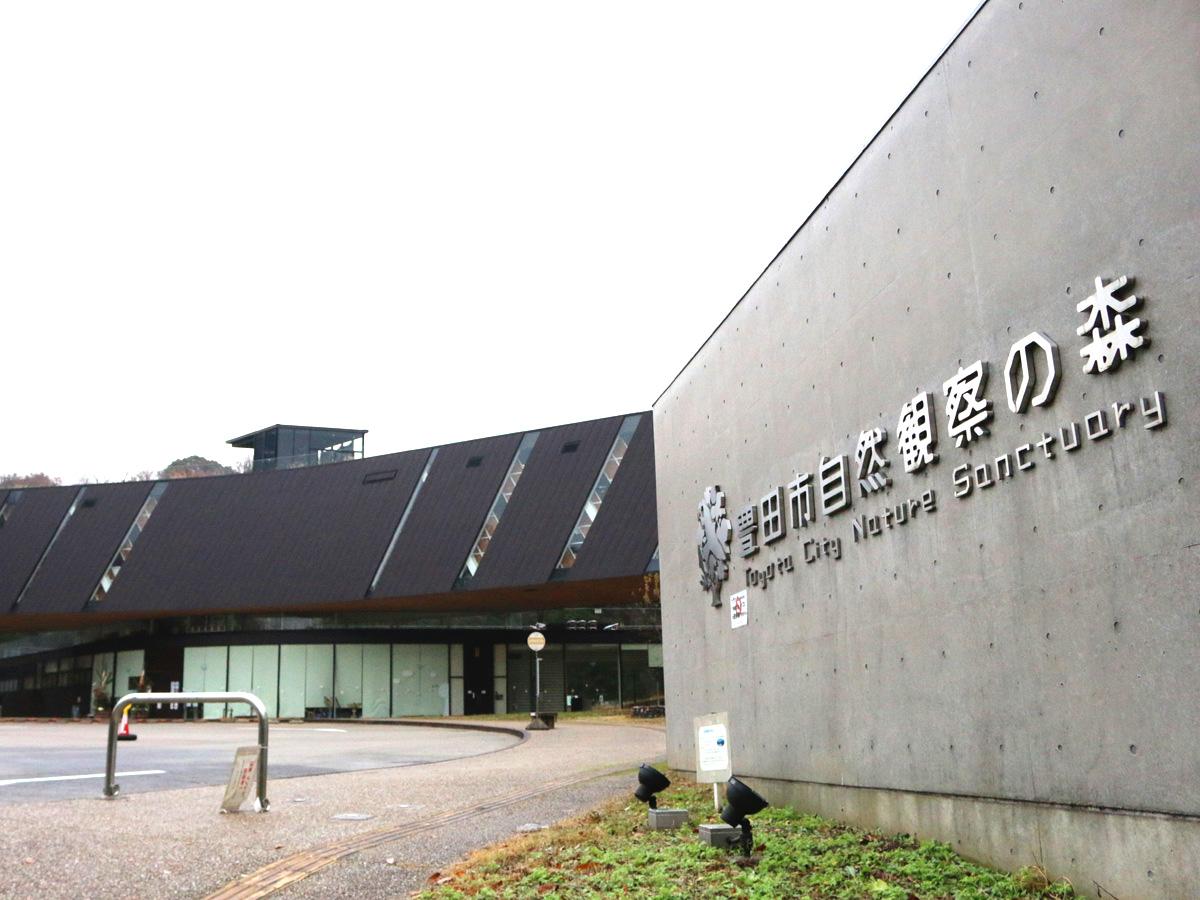
Toyota City Nature Sanctuary
Toyota-Area
At Toyota Nature Sanctuary you can get close to nature, learn about the natural world, an…
-

Grand Opening of "Kawa-no-Ne" within Country Restaurant Keiryuusou!
Asahi-Area
-
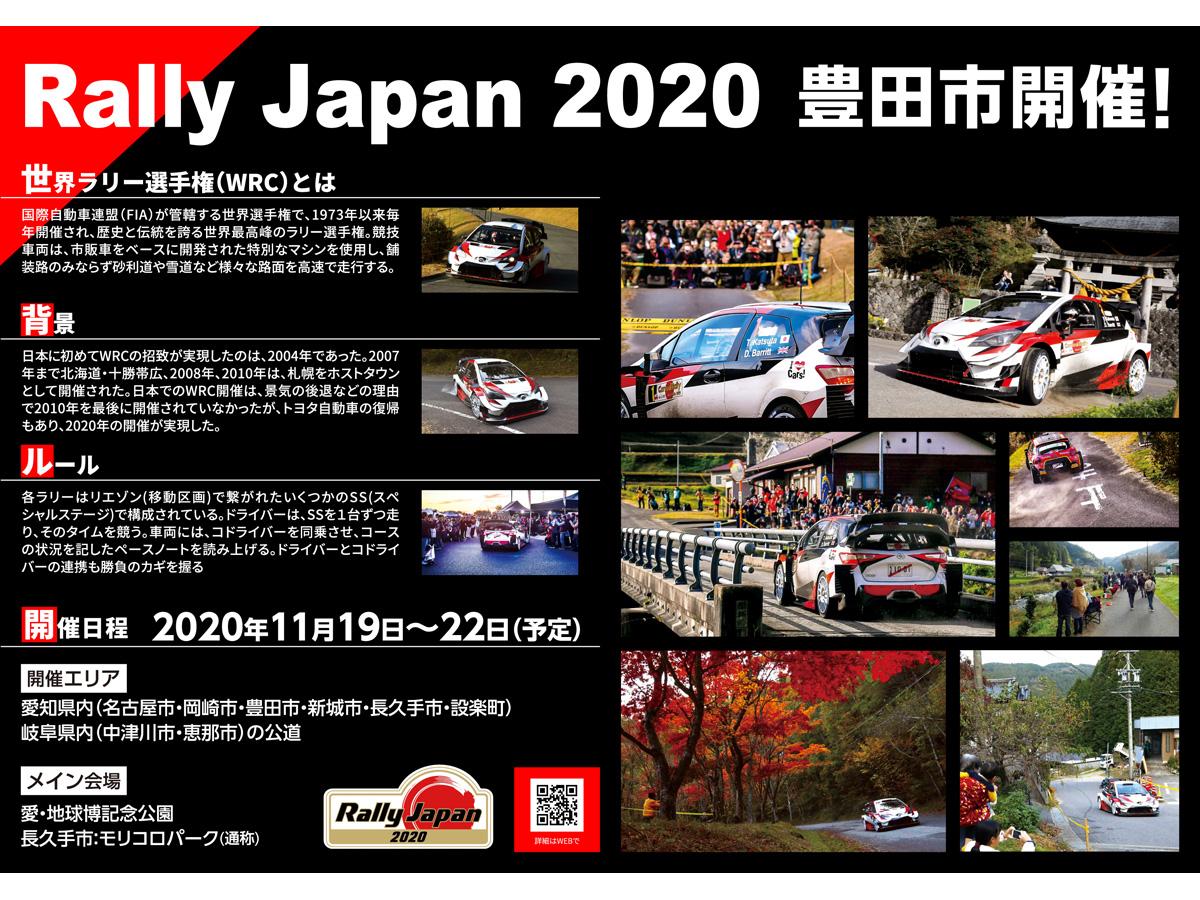
World Rally Championships Japan Round "Rally Japan 2020"
Wide-Area
The World Rally Championship (WRC) run by the Federation Internationale de l’Automobile (…
-
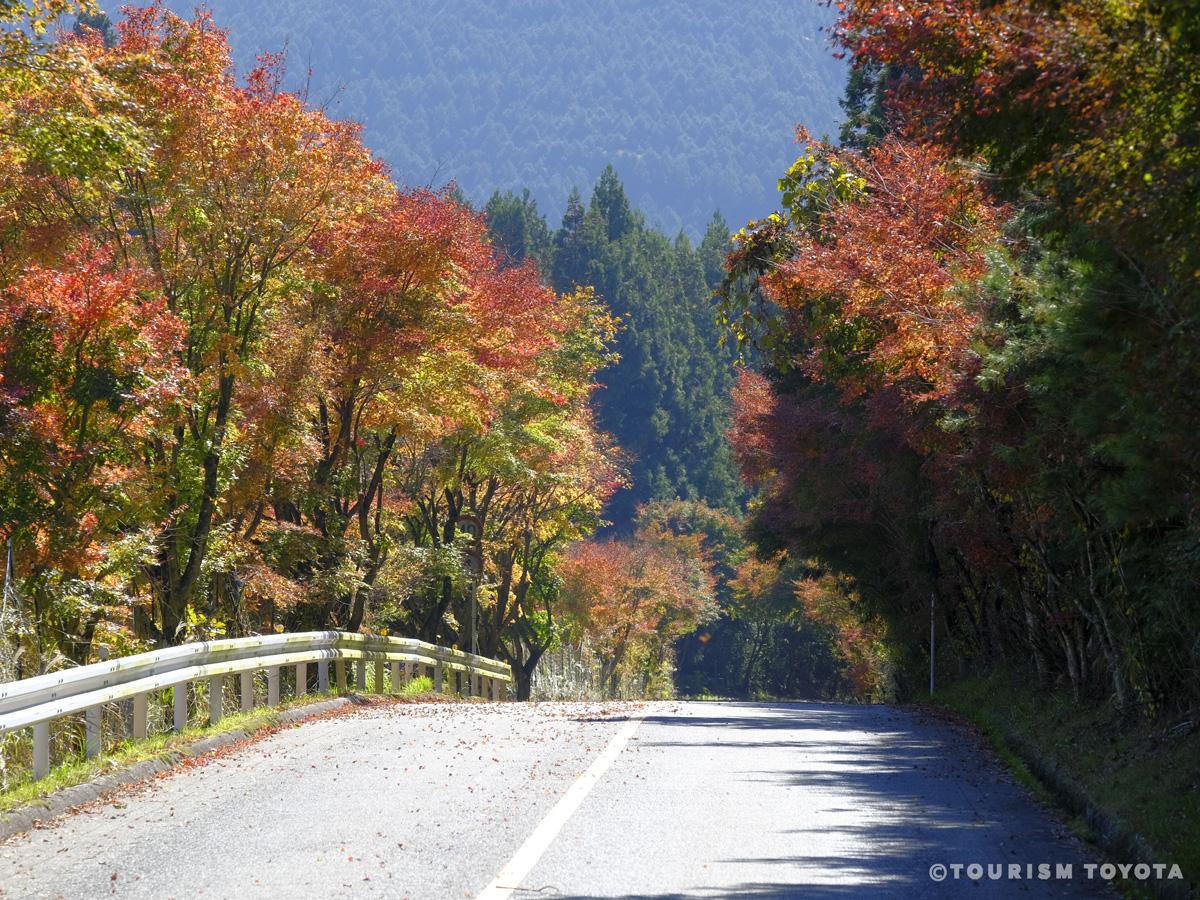
Maple Leaves Road (Momiji Kaido)
Shimoyama-Area
Located in the Shimoyama area of Toyota City, Maple Leaves Road (Momiji Kaido), is a stre…
-
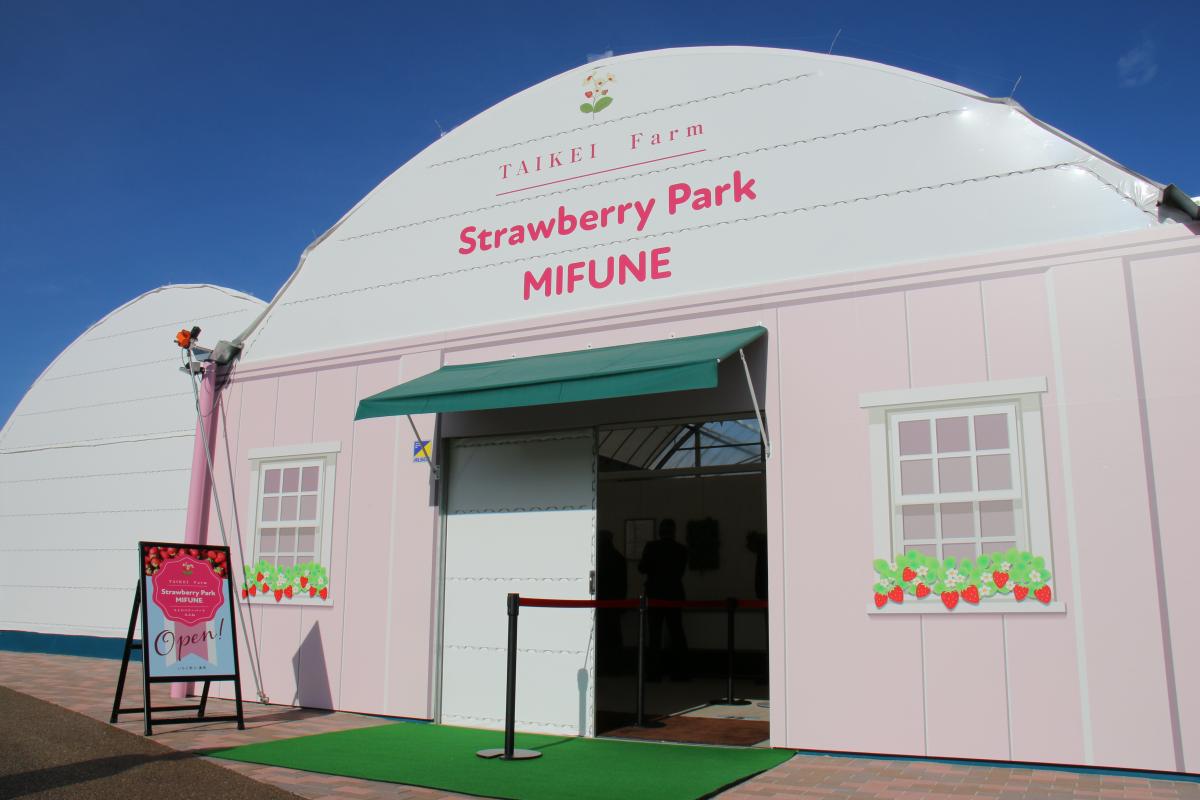
Strawberry Park MIFUNE
Toyota-Area
Strawberry Park MIFUNE offers simple strawberry picking from elevated beds on concrete fl…
-
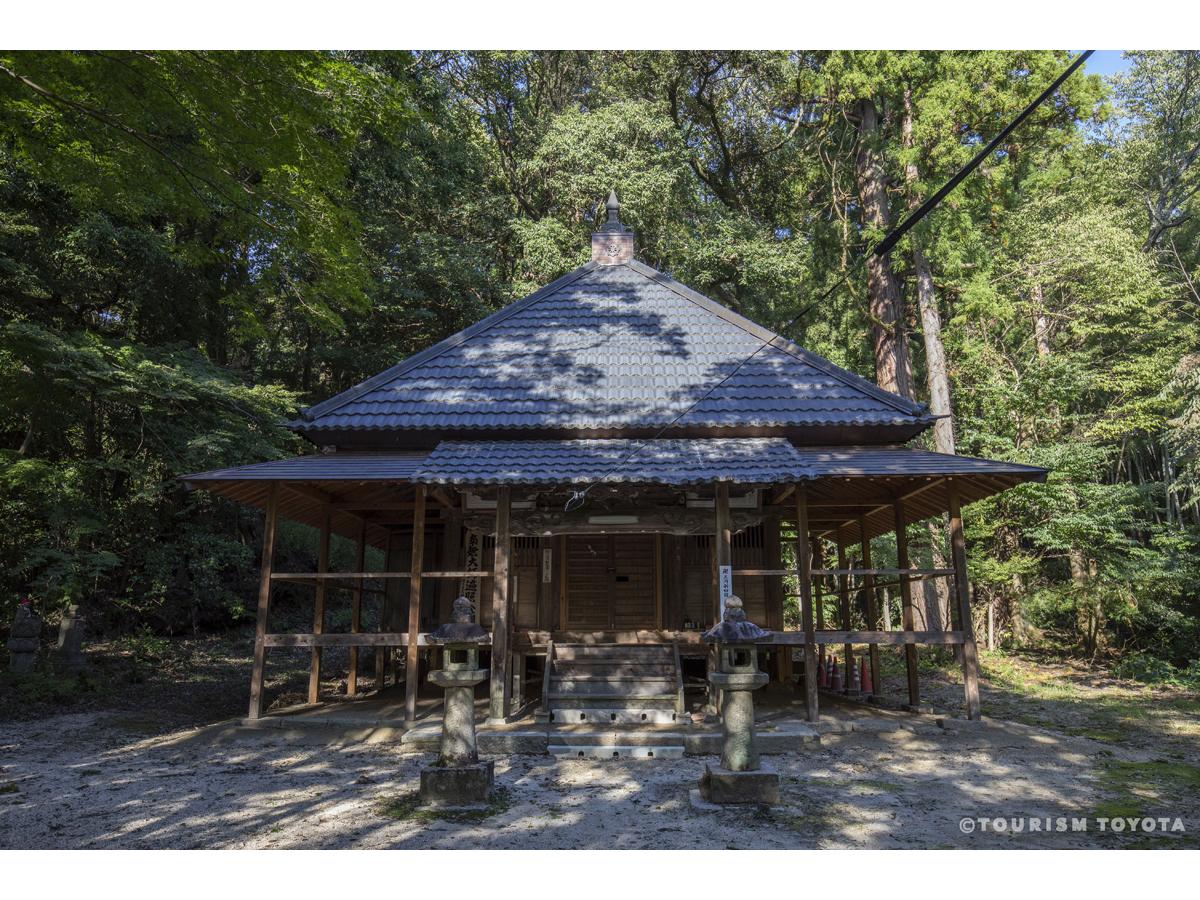
Yamanaka Kannondo Hall
Toyota-Area
Yamanaka Kannondo Hall at Sanage Shrine serves as a quiet reminder of how Shinto and Budd…


-
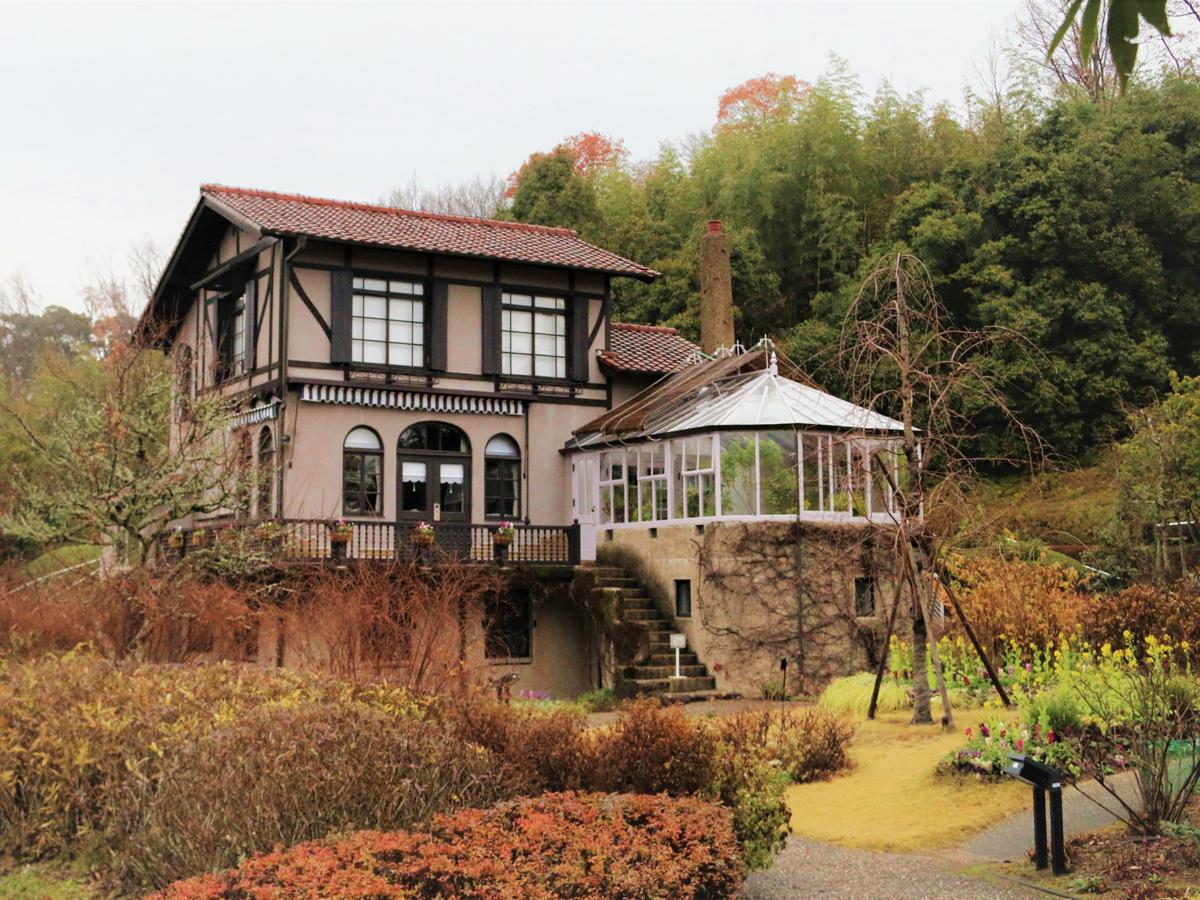
Toyoda Kiichiro’s Former Residence
Toyota-Area
-
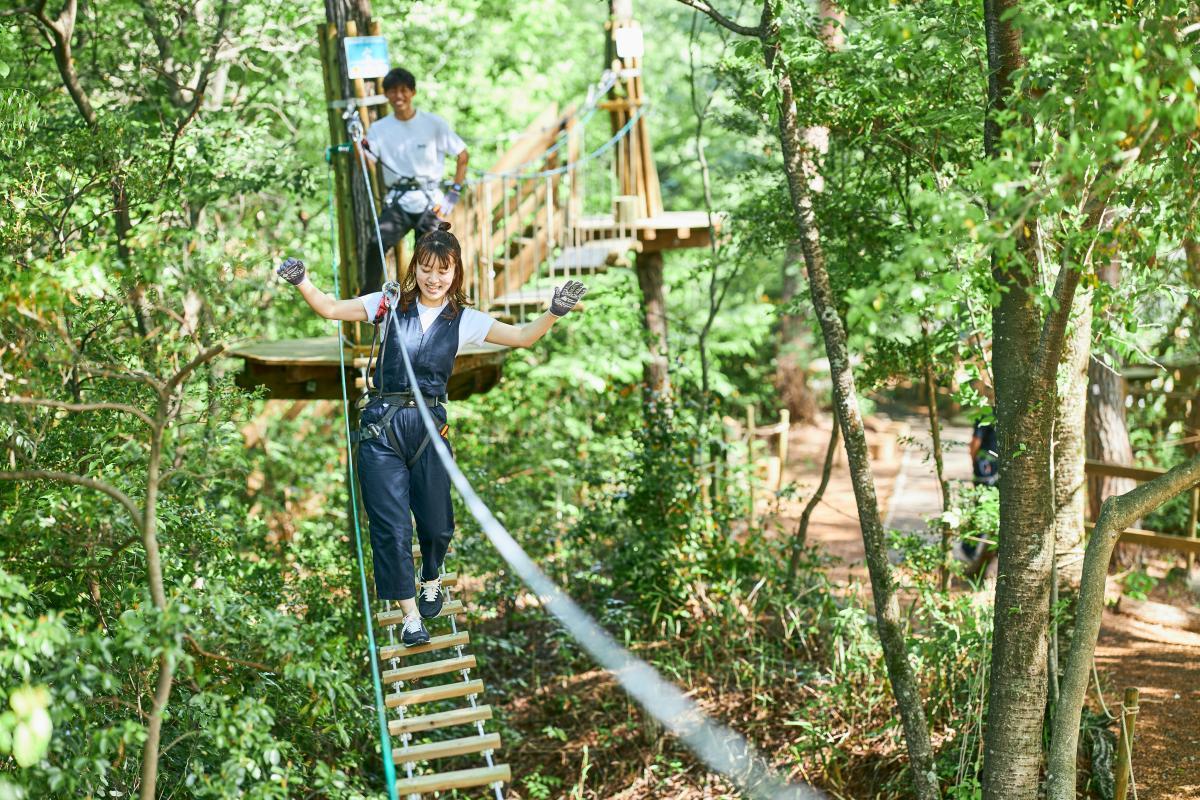
Forest Adventure TOYOTA KURAGAIKE
Toyota-Area
This adventure park allows you to walk among the forest canopy of Kuragaike Park through …




-
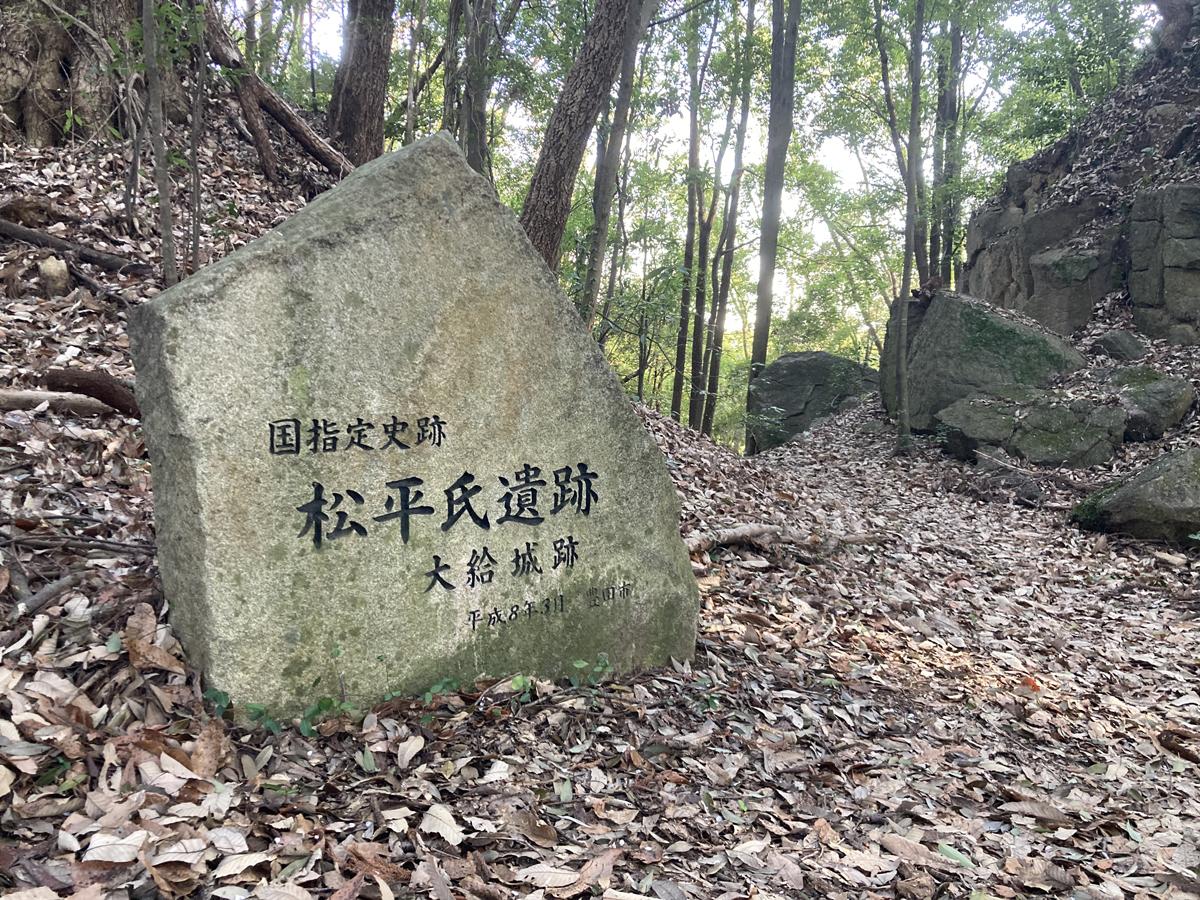
Ogyu Castle Site
Toyota-Area
Ogyu Castle was a large mountain fortress that played a significant role in local armed c…
-
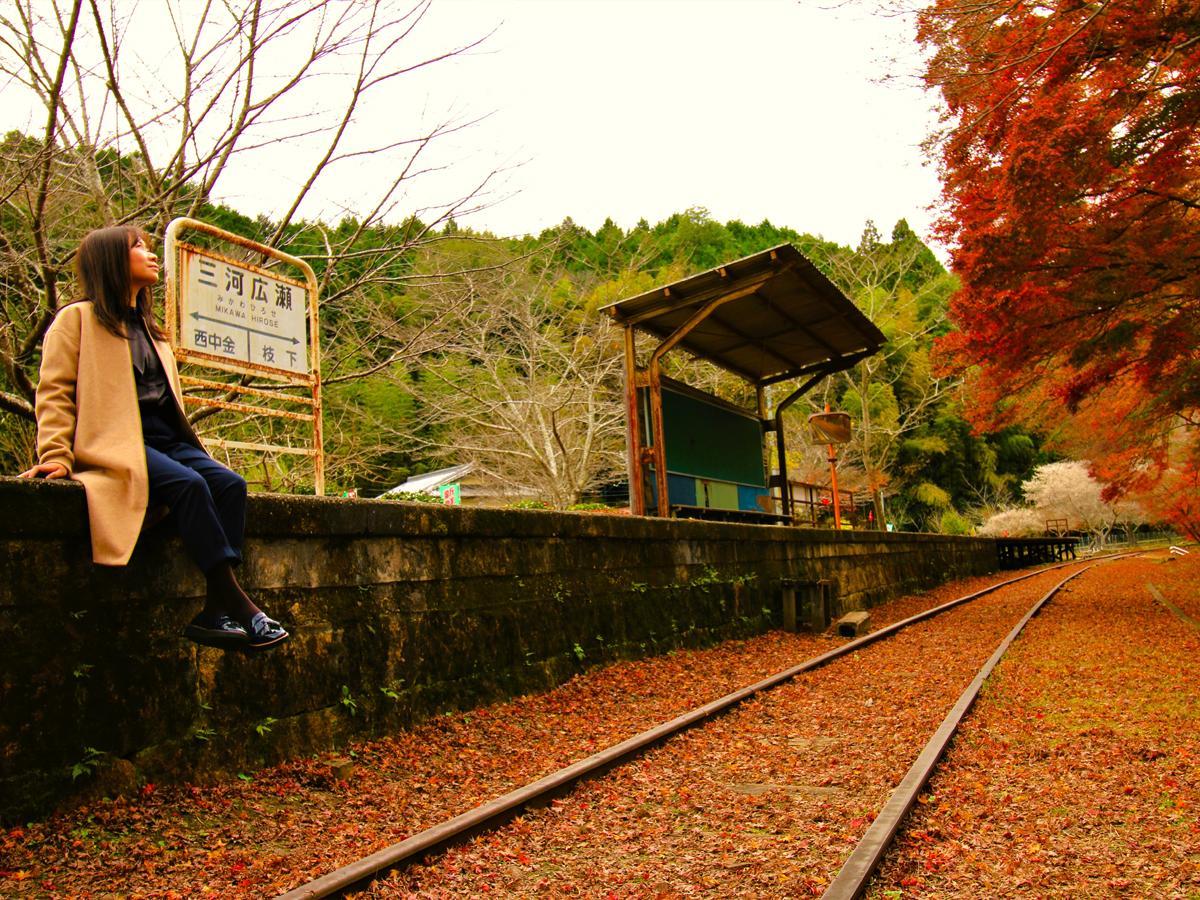
Abandoned stations along the Meitetsu Mikawa Line (Sanage Station–Nishi Nakagane Station)
Toyota-Area
Old train stations lie along the old Mikawa Line (Sanage Station–Nishi Nakagane Station) …

















